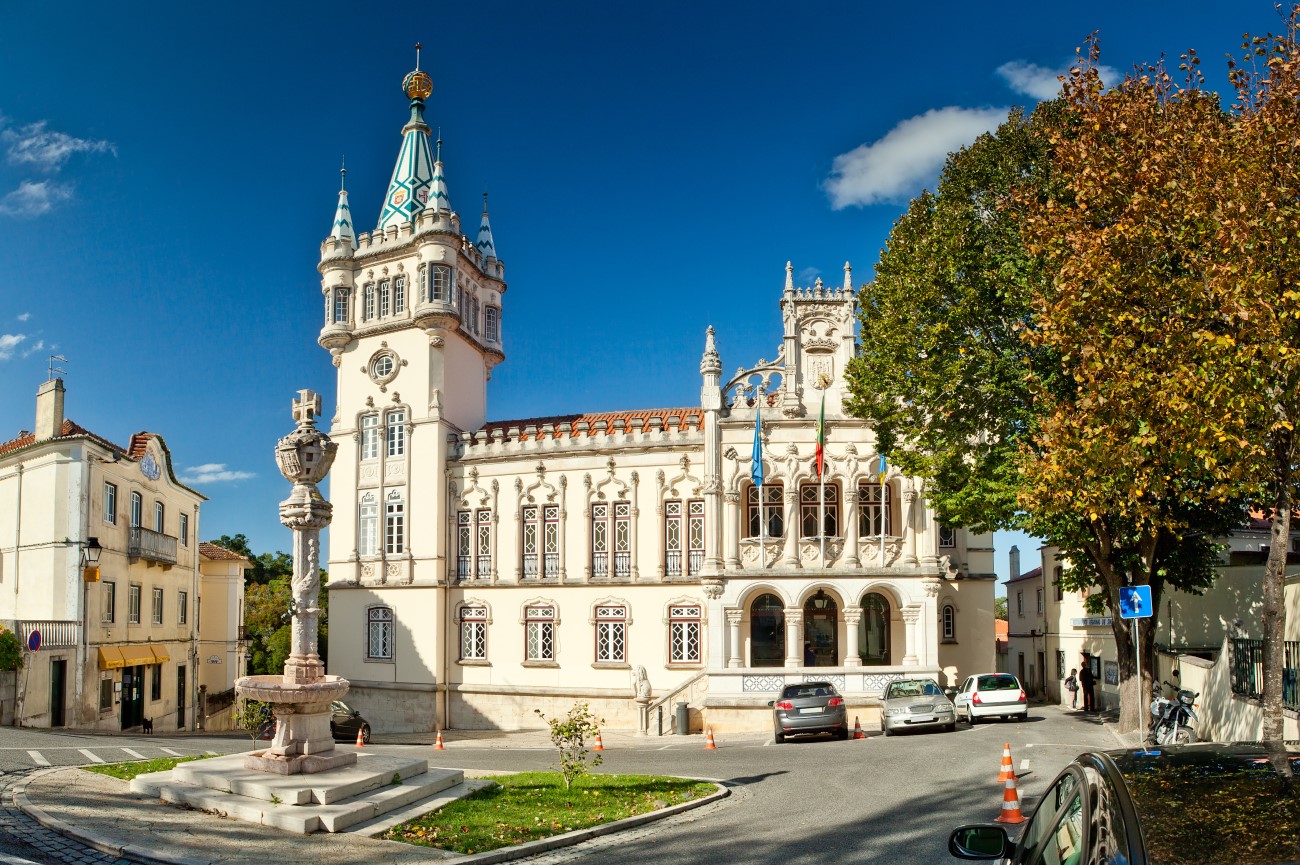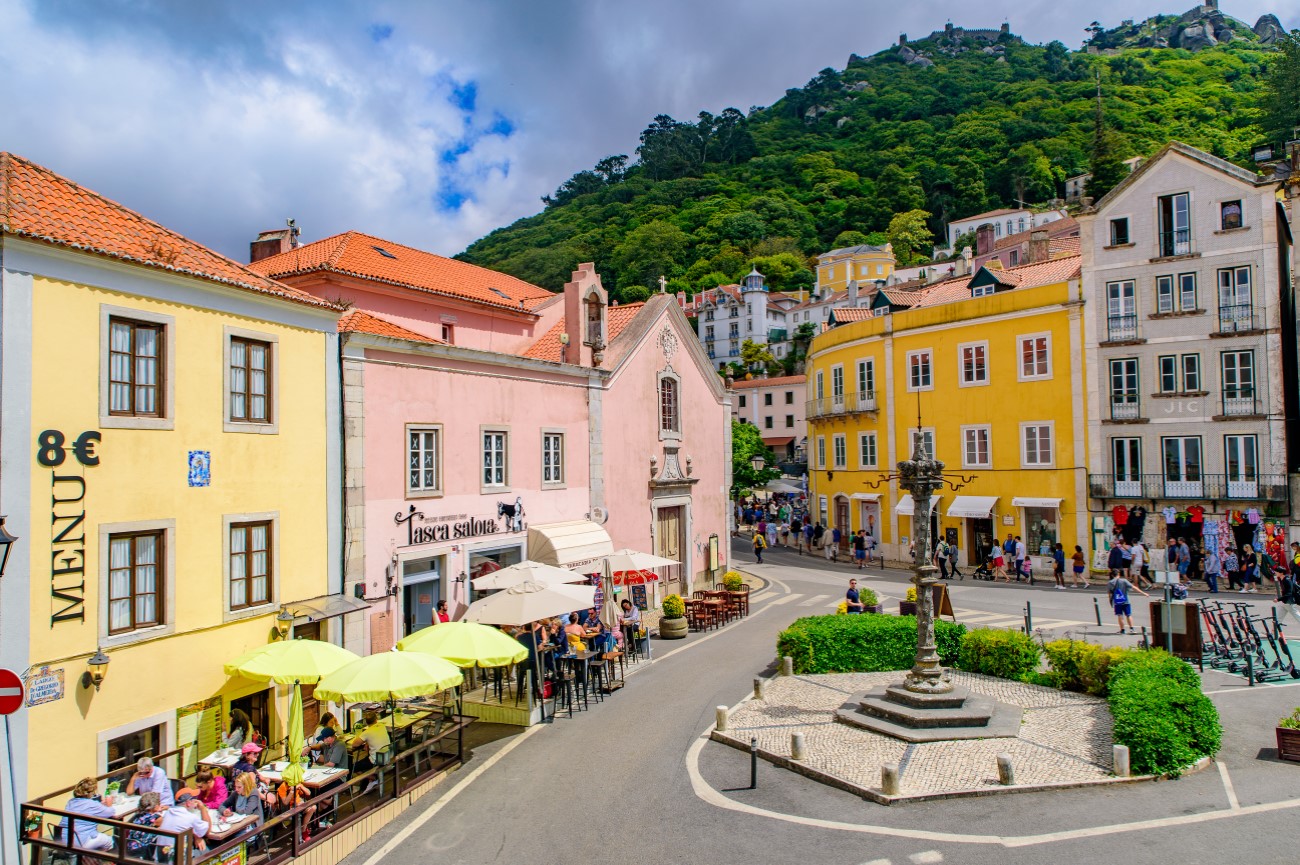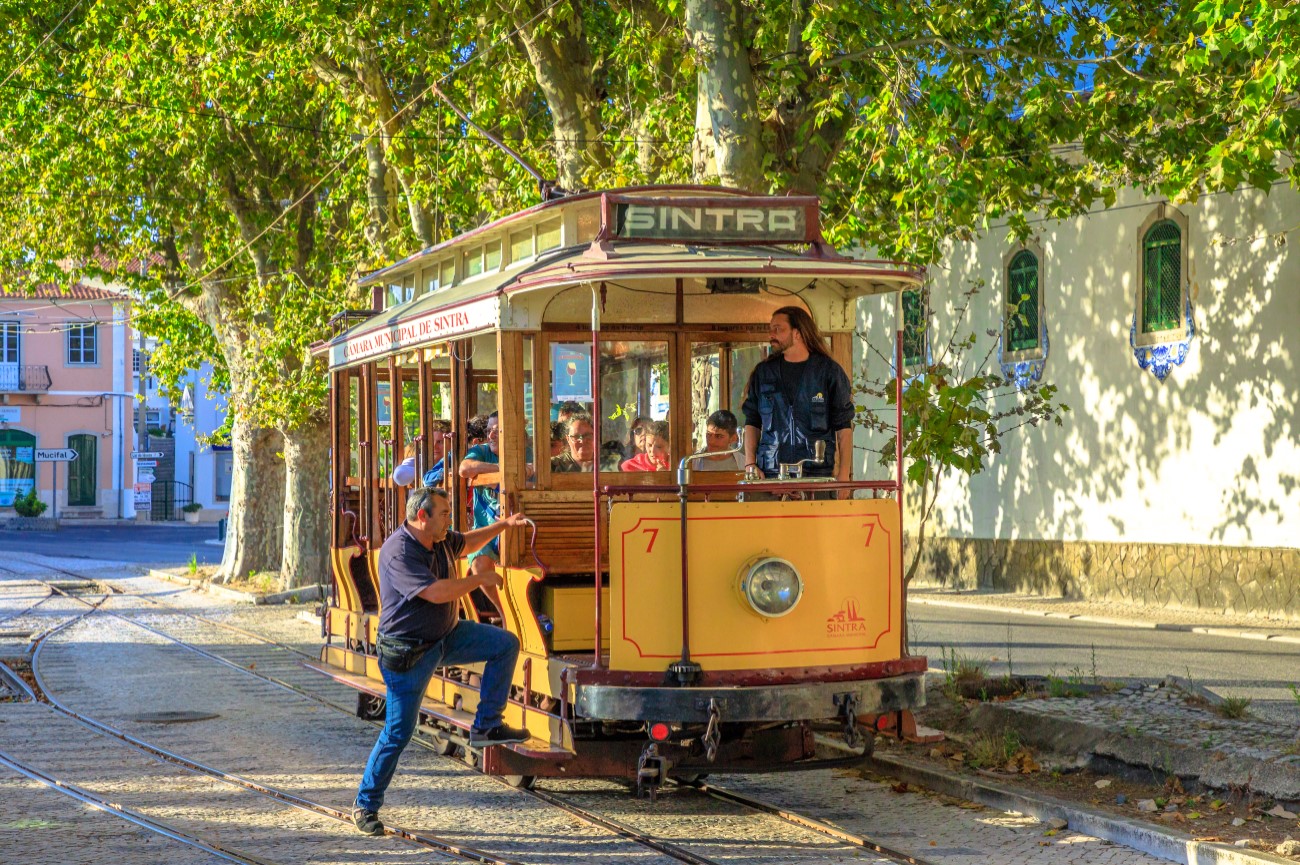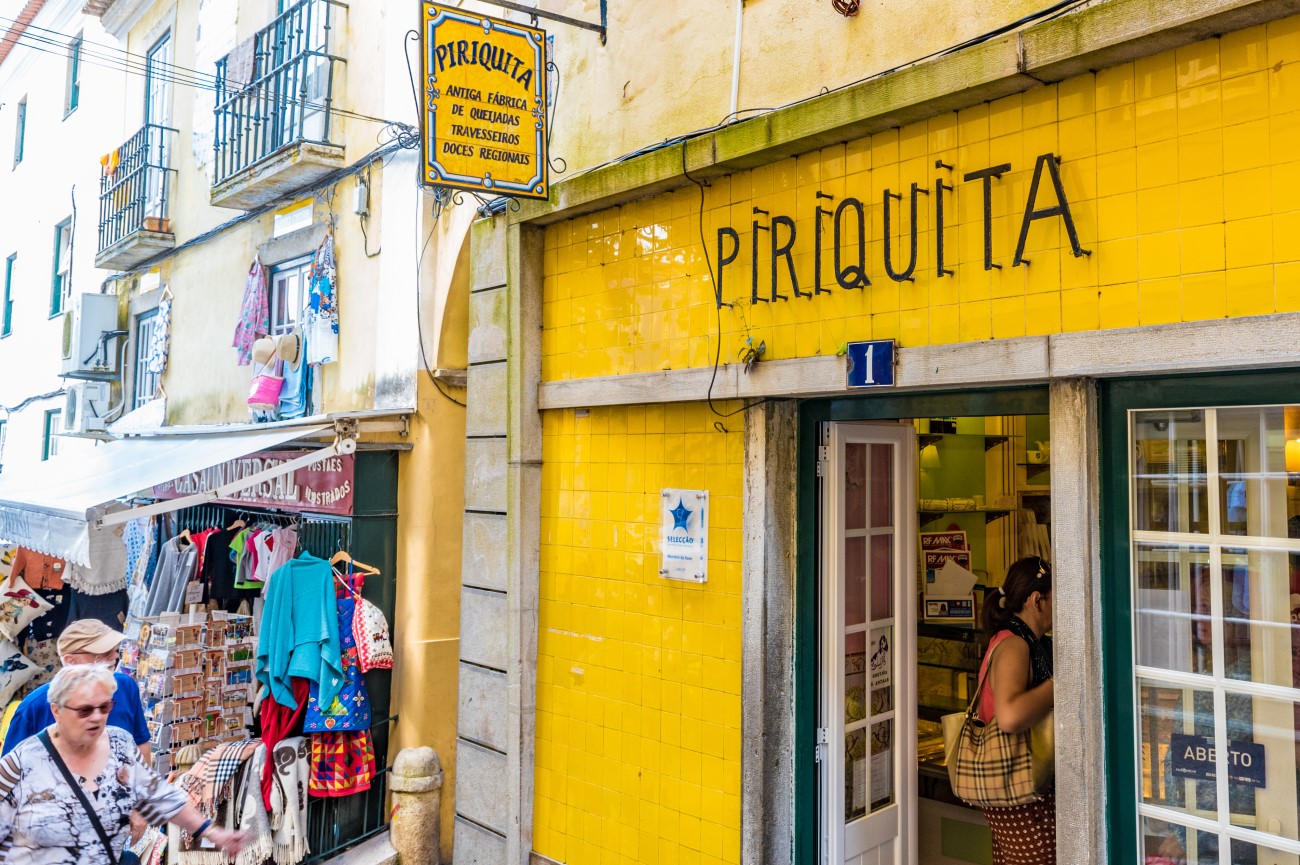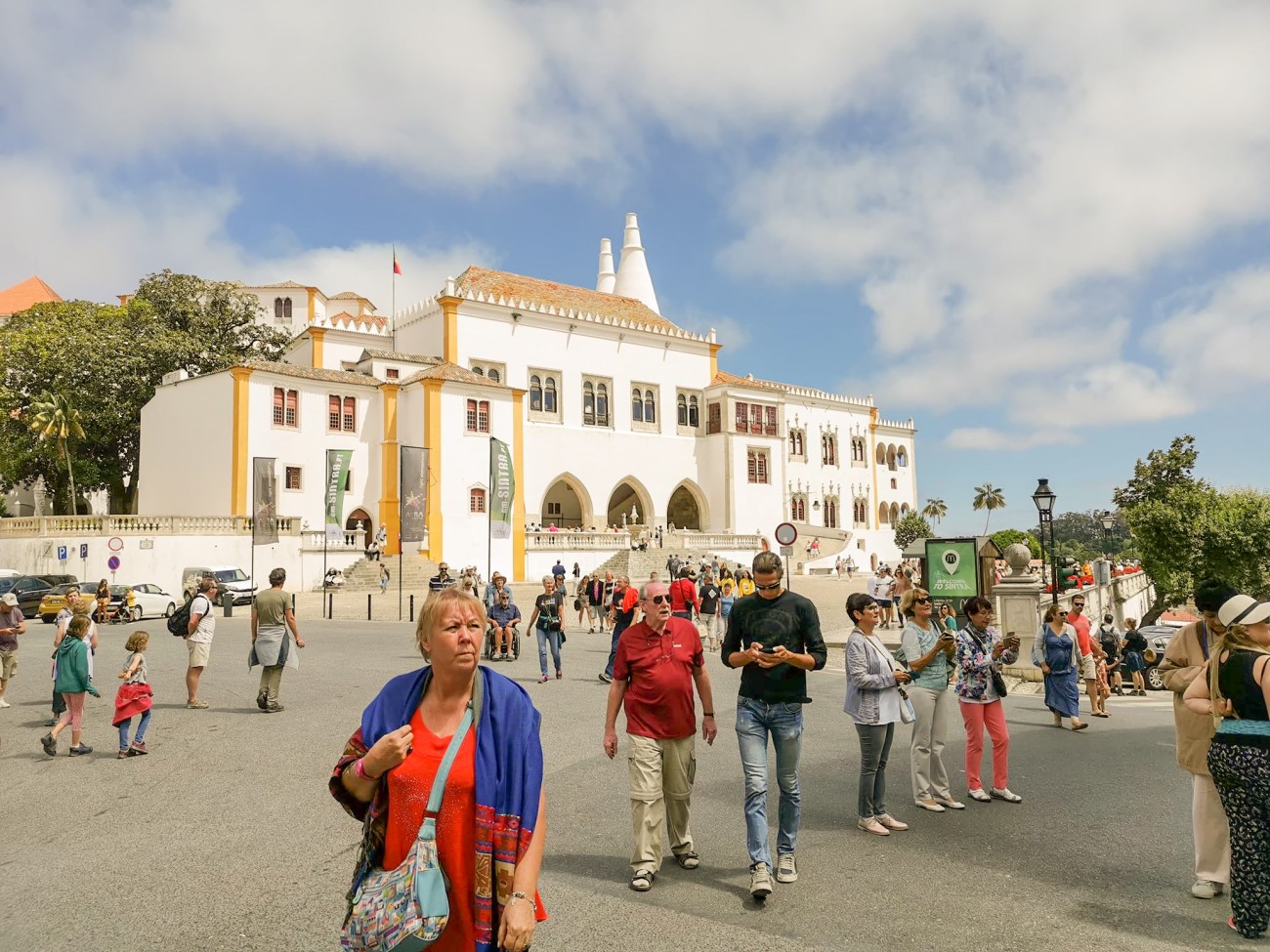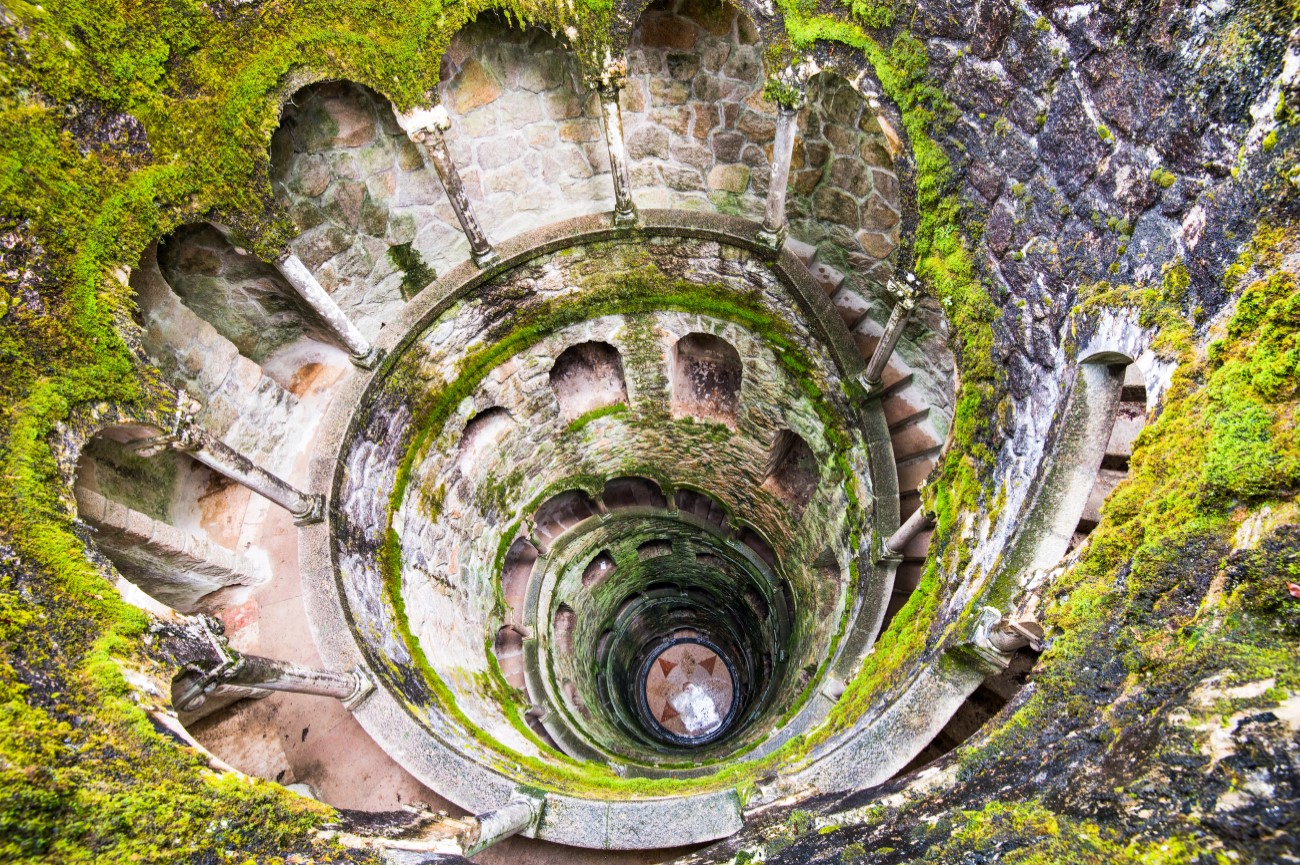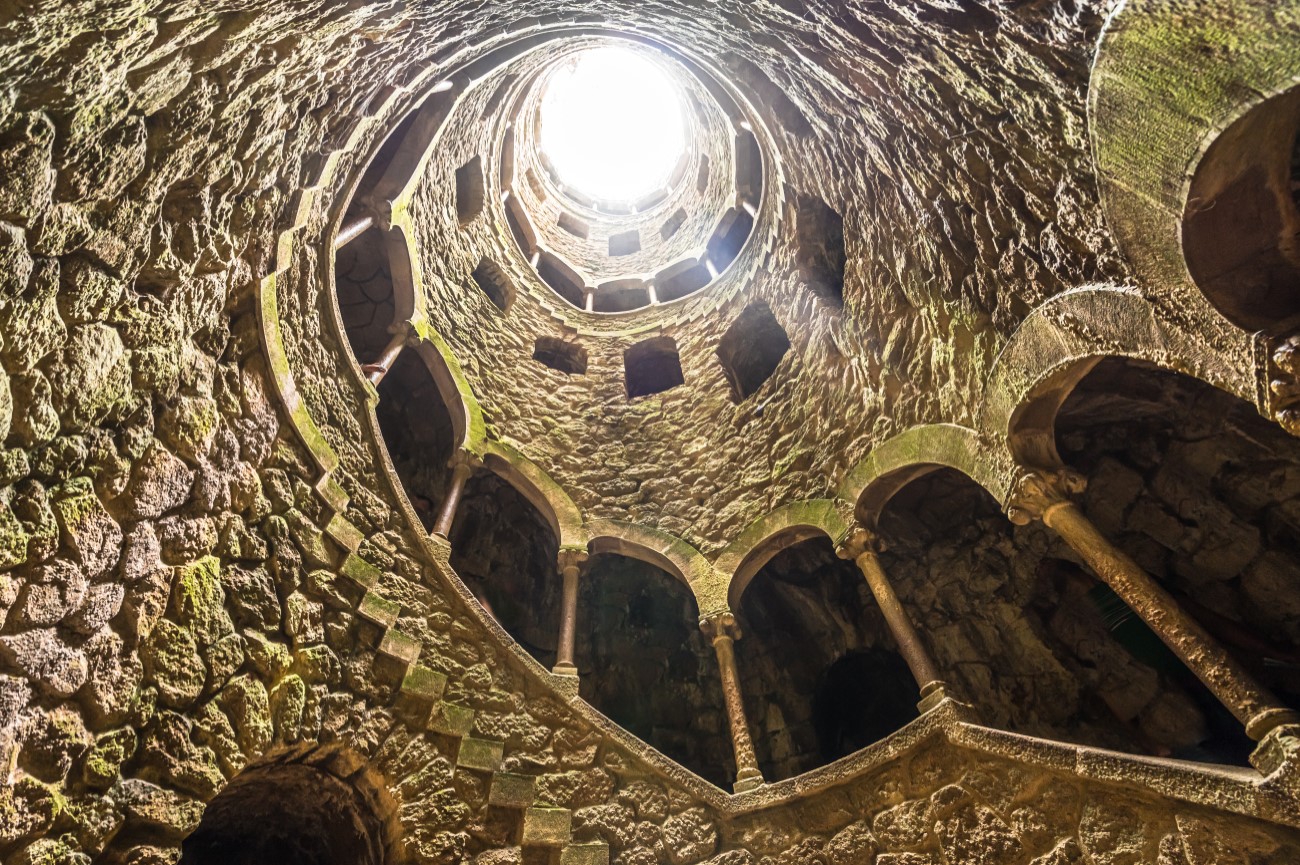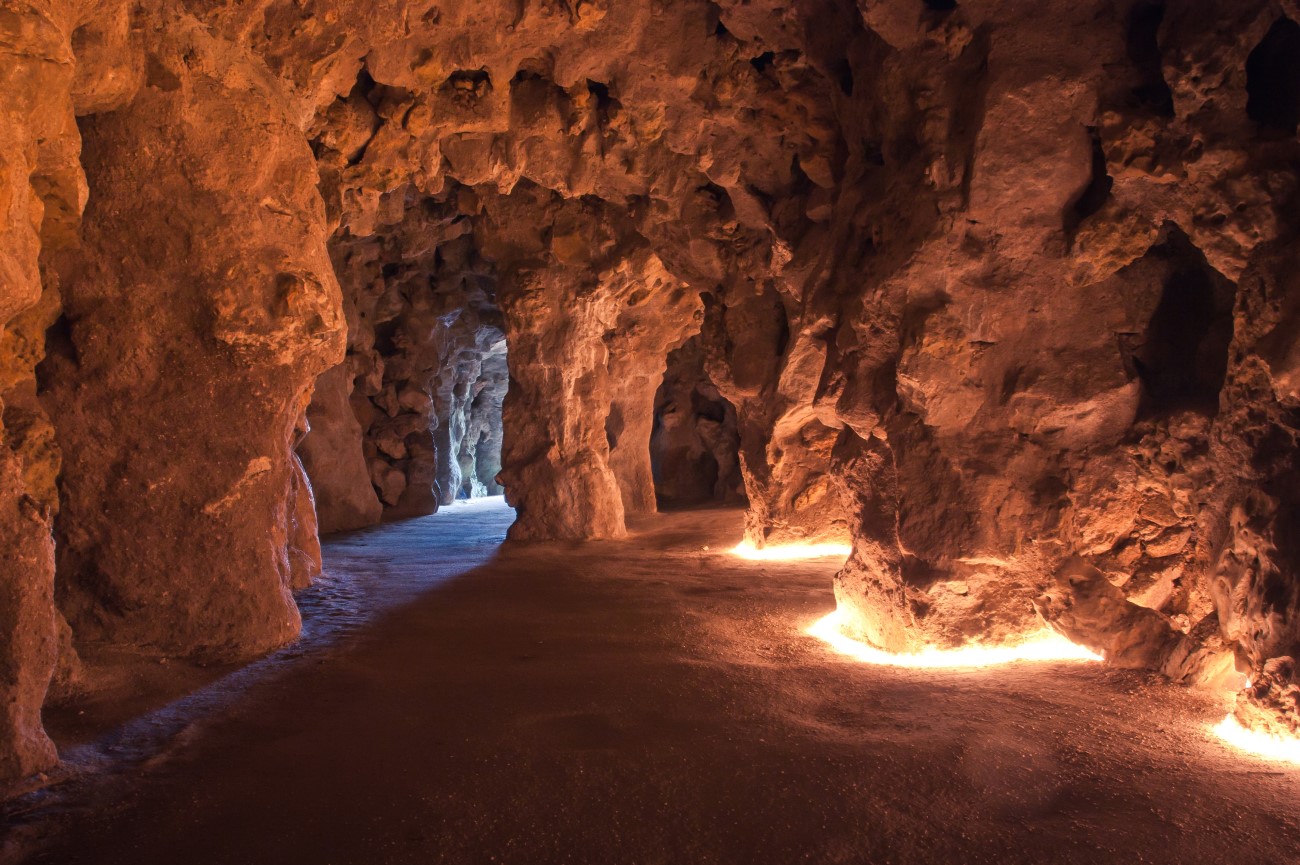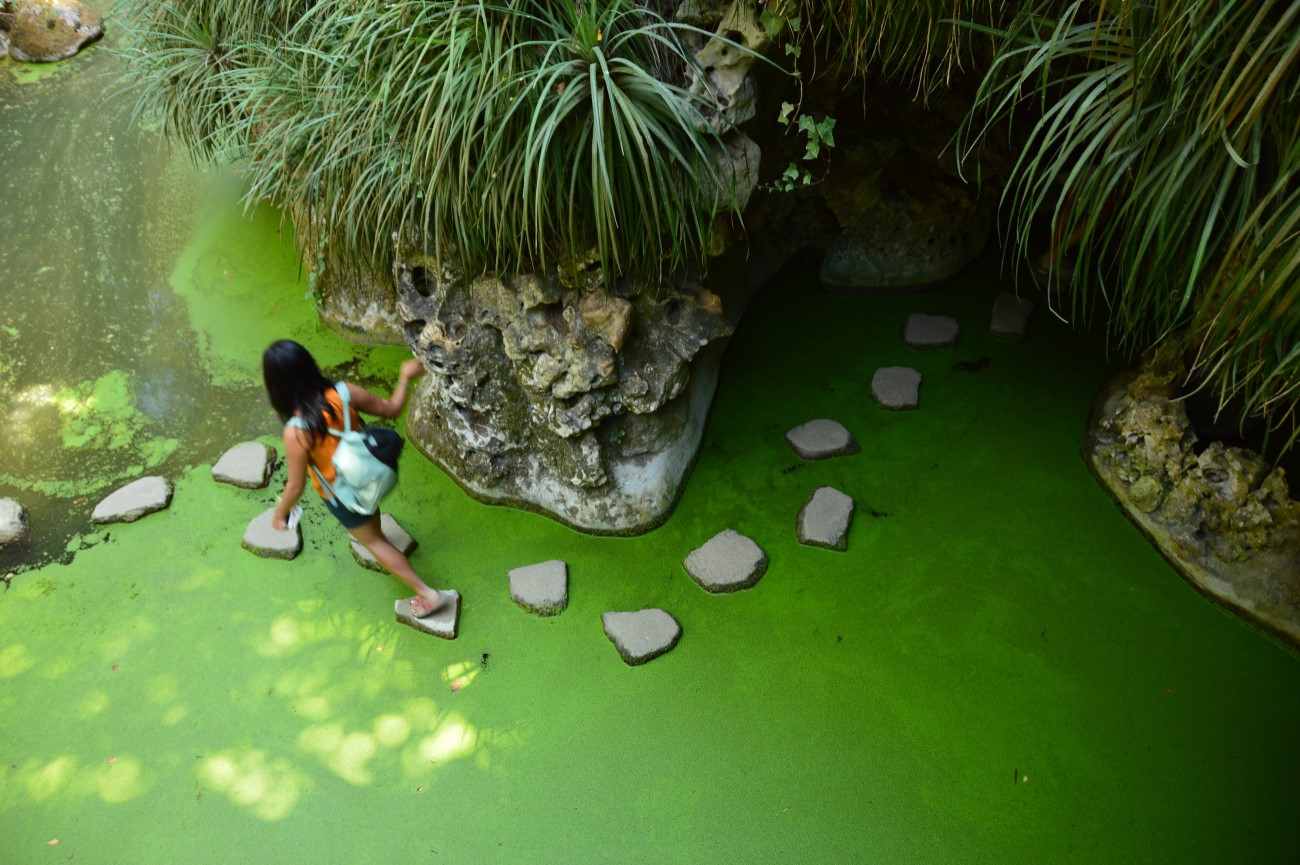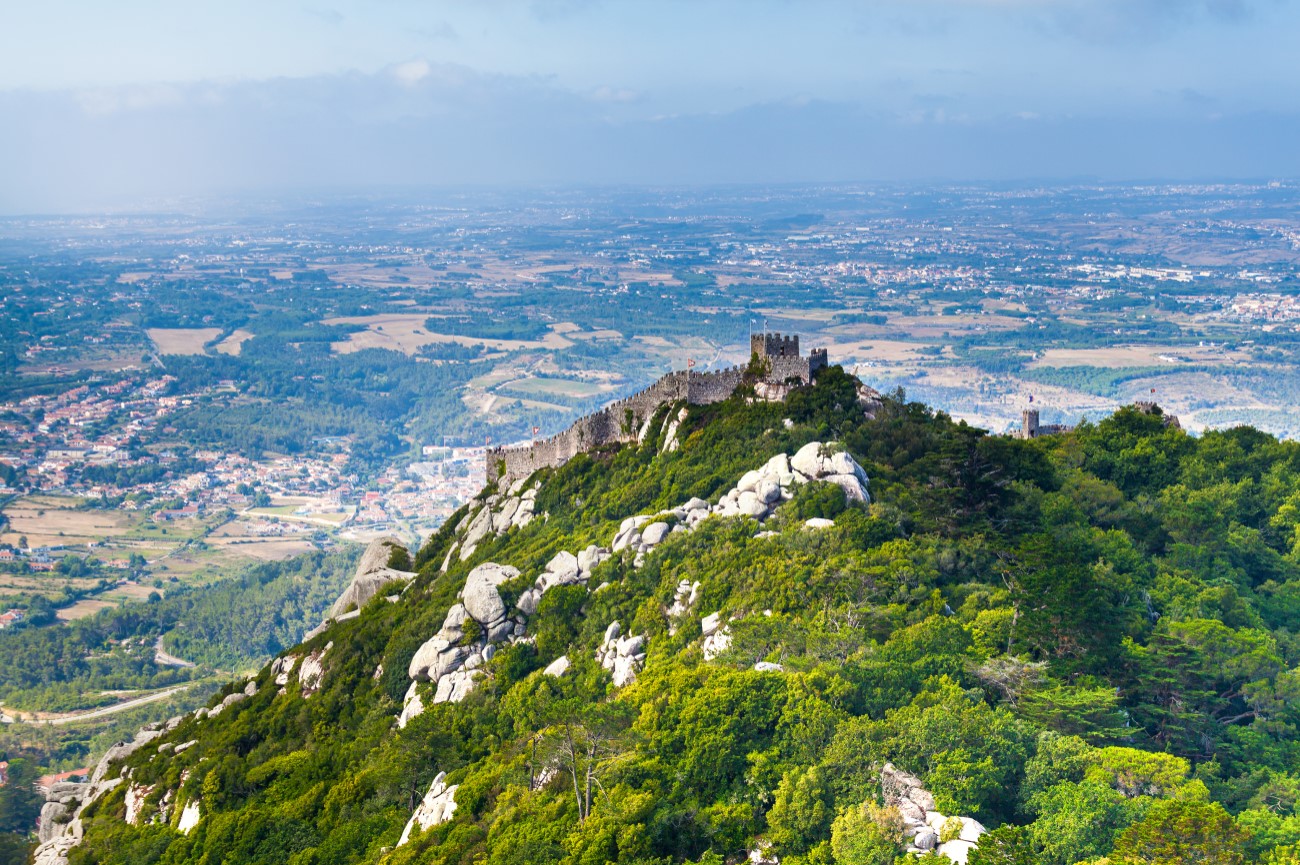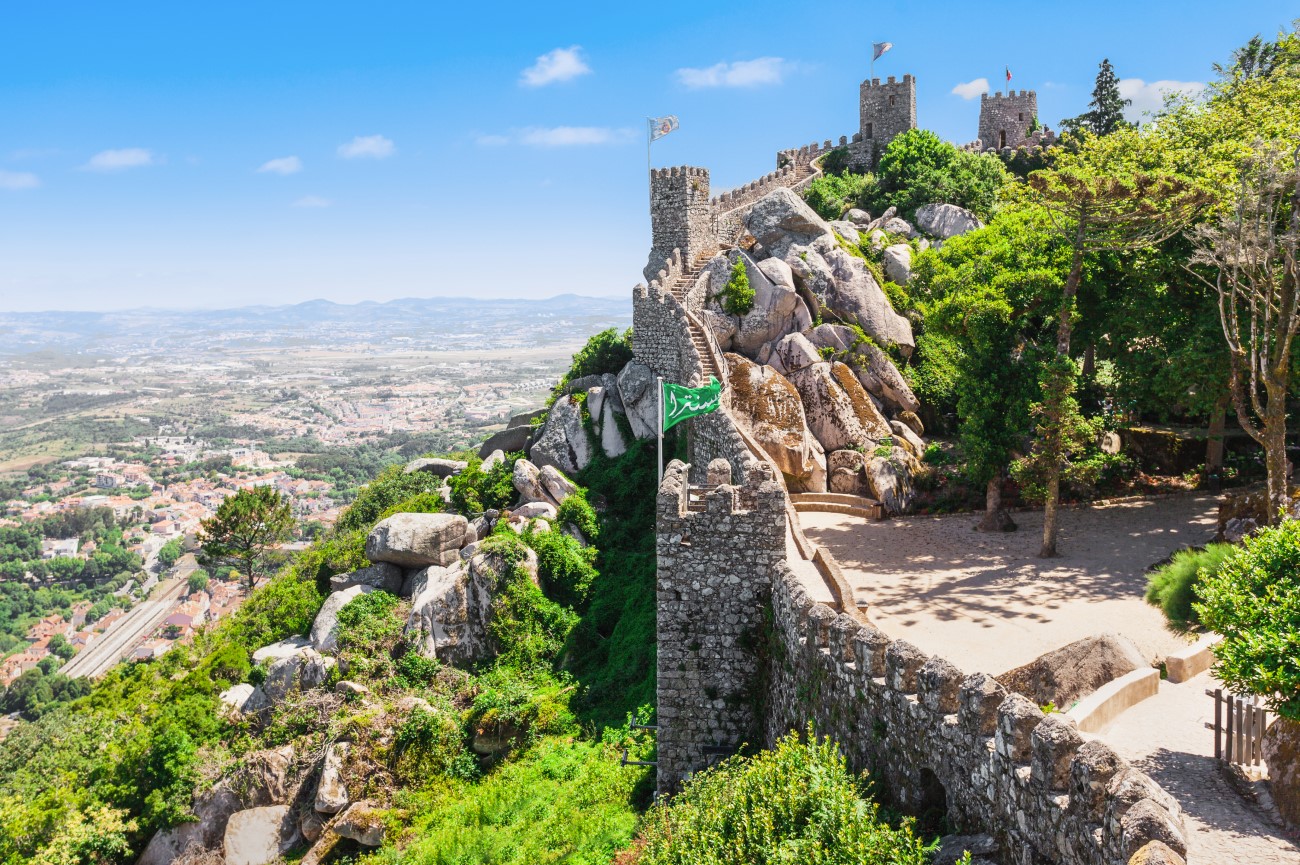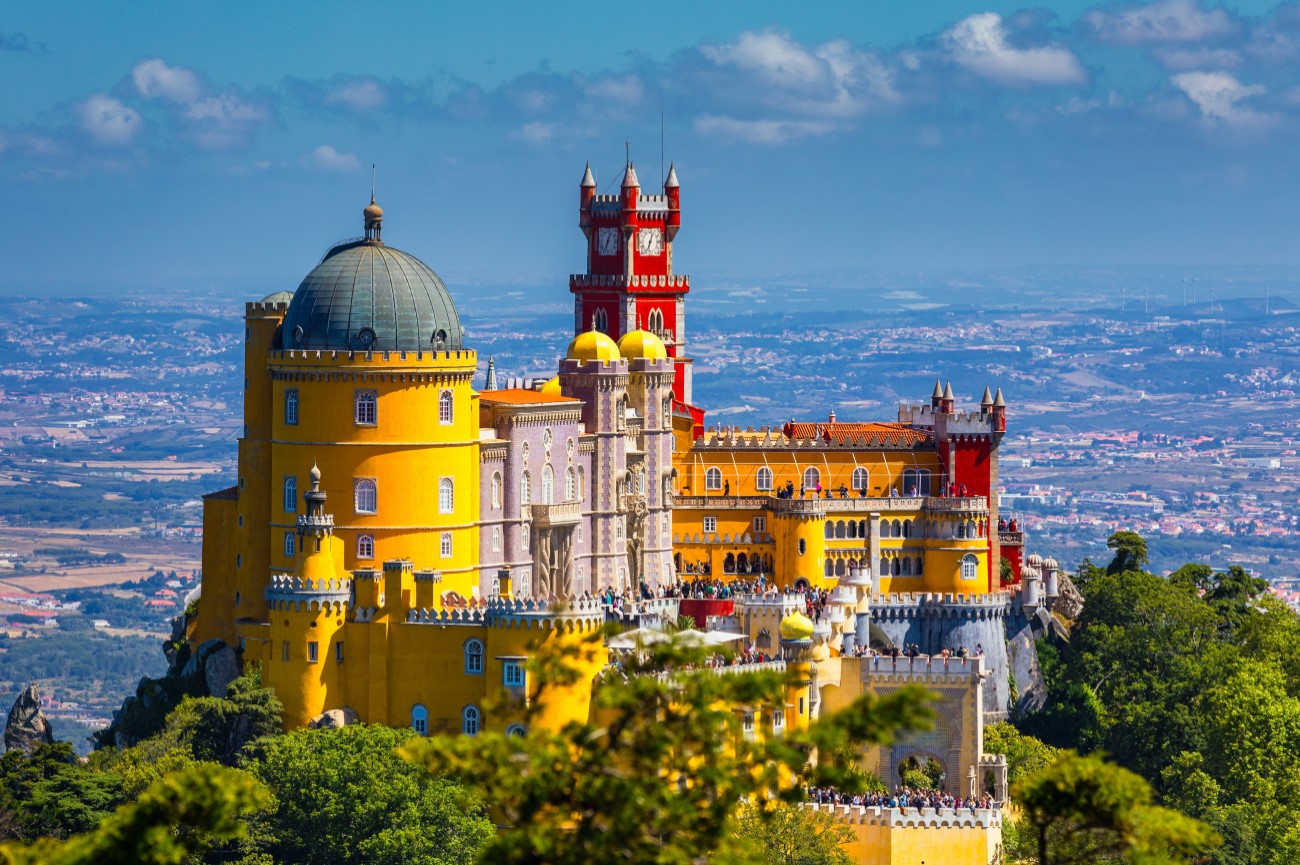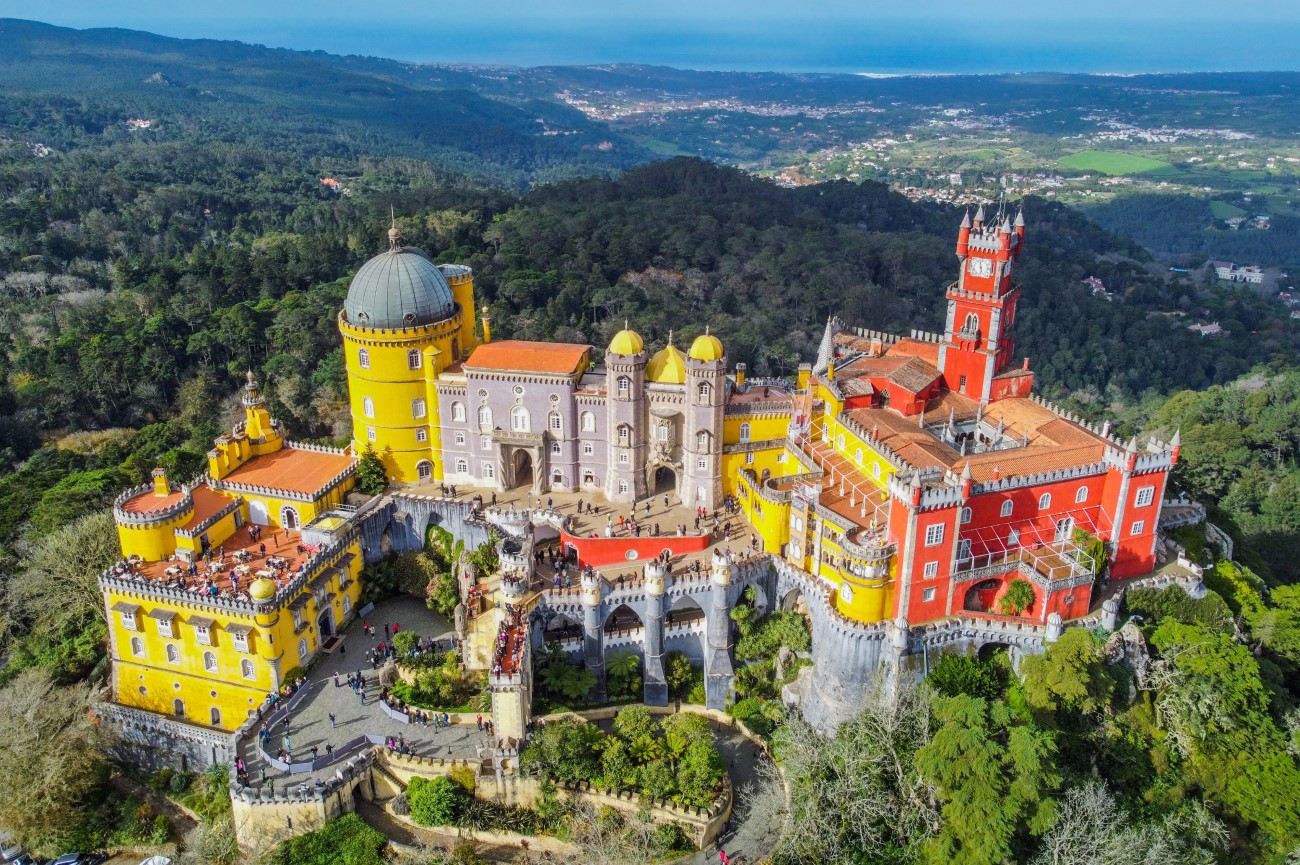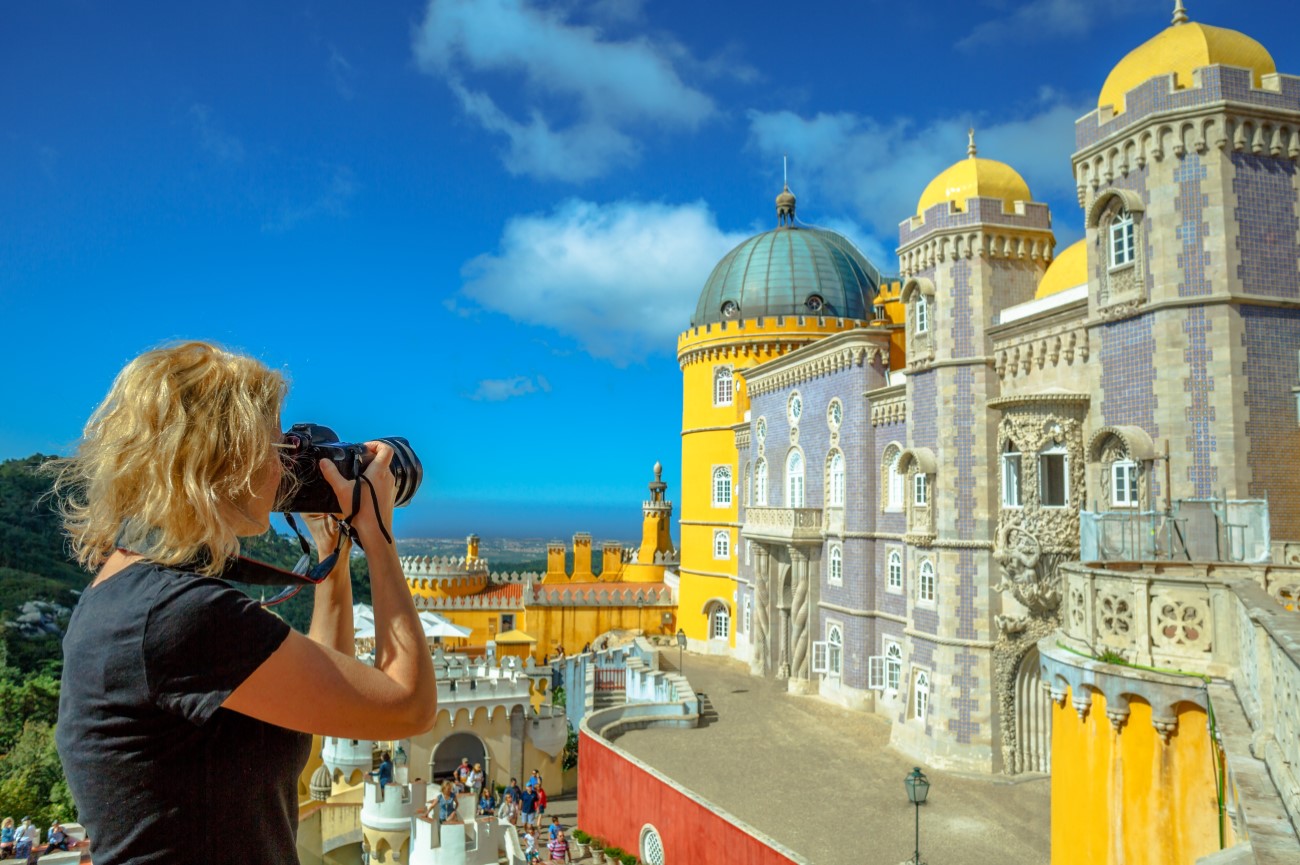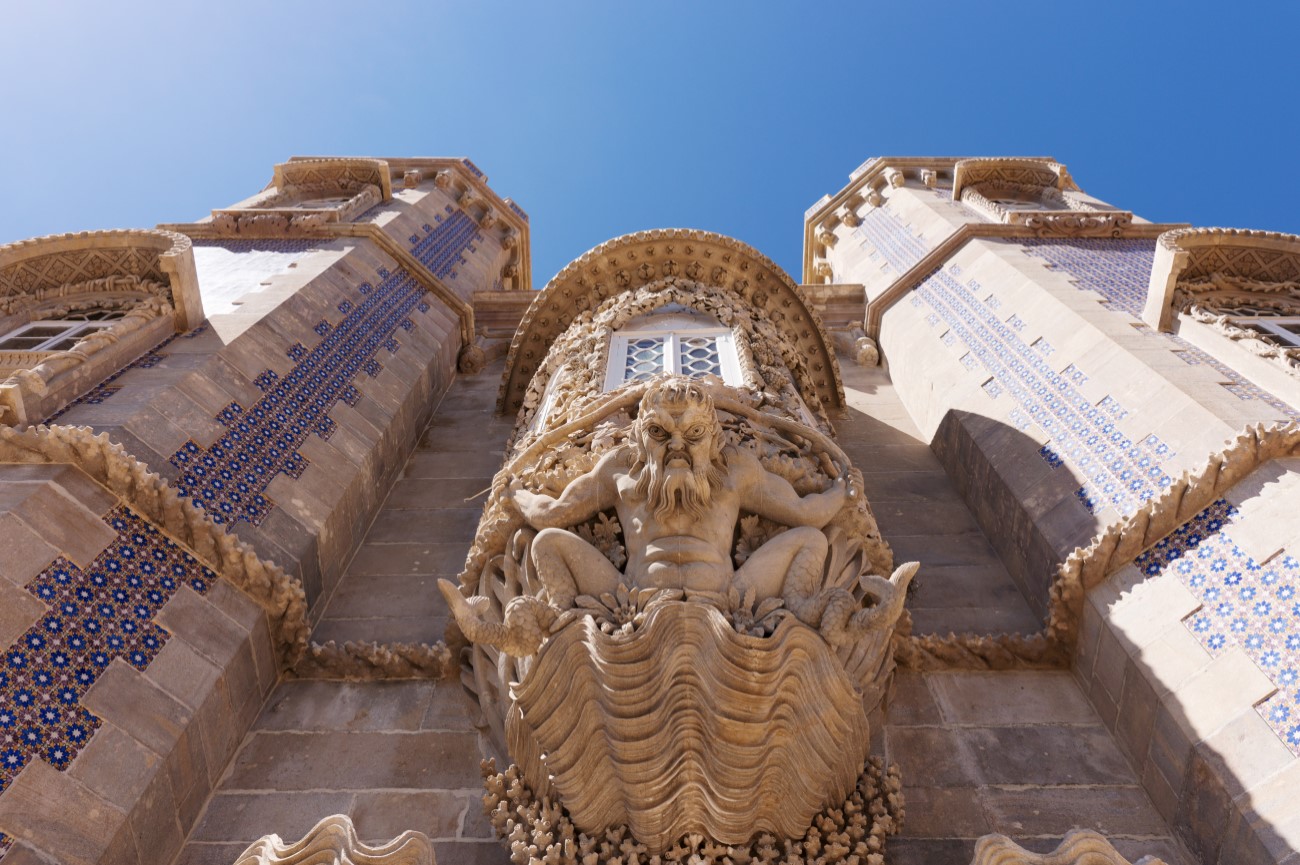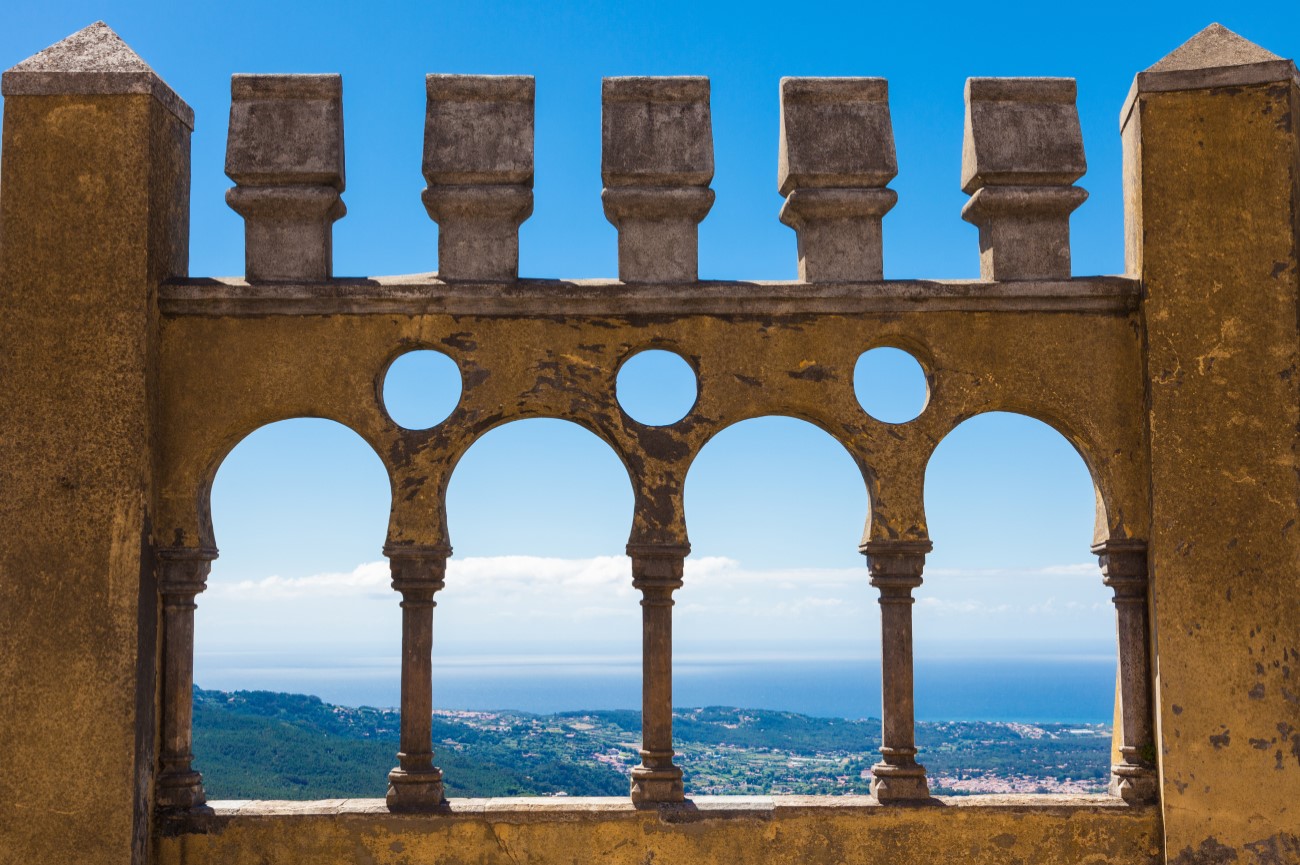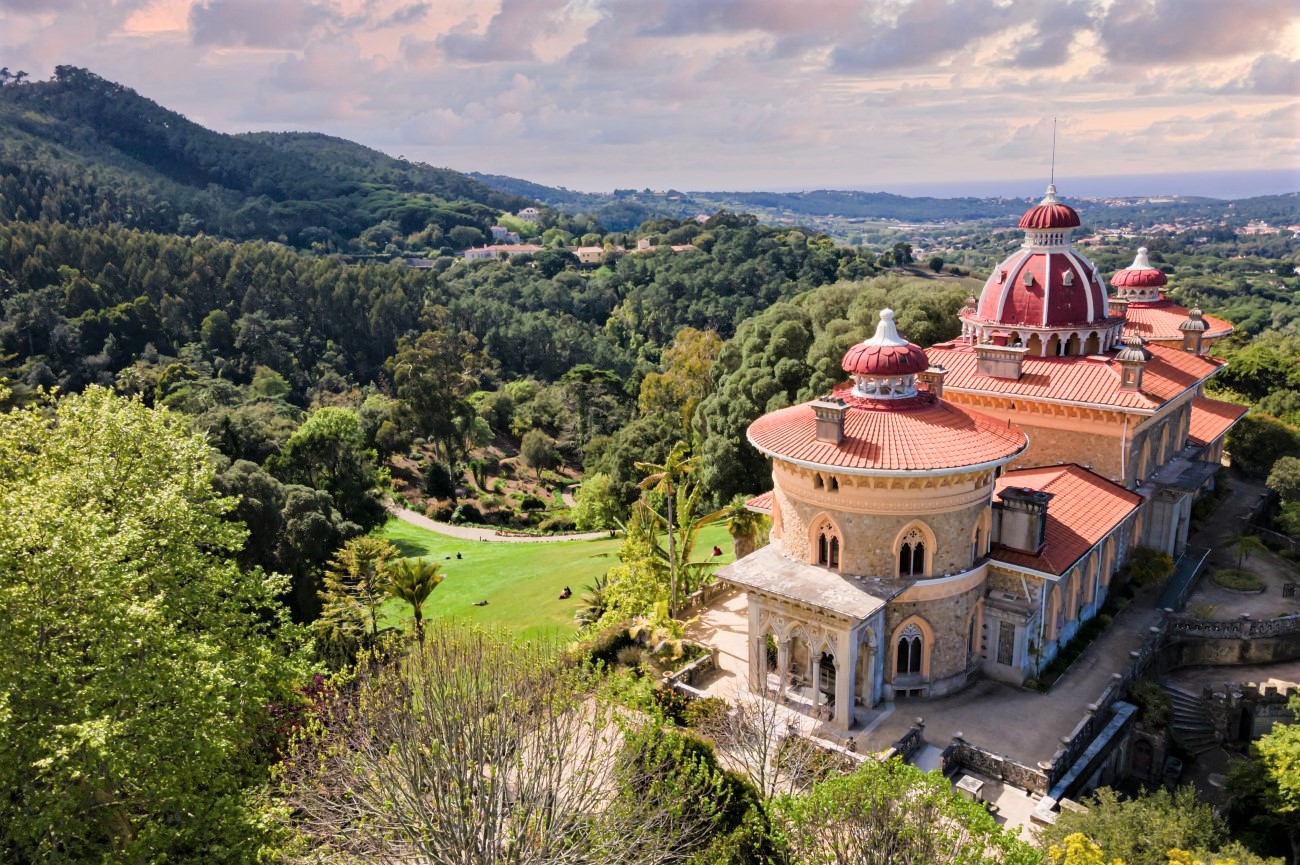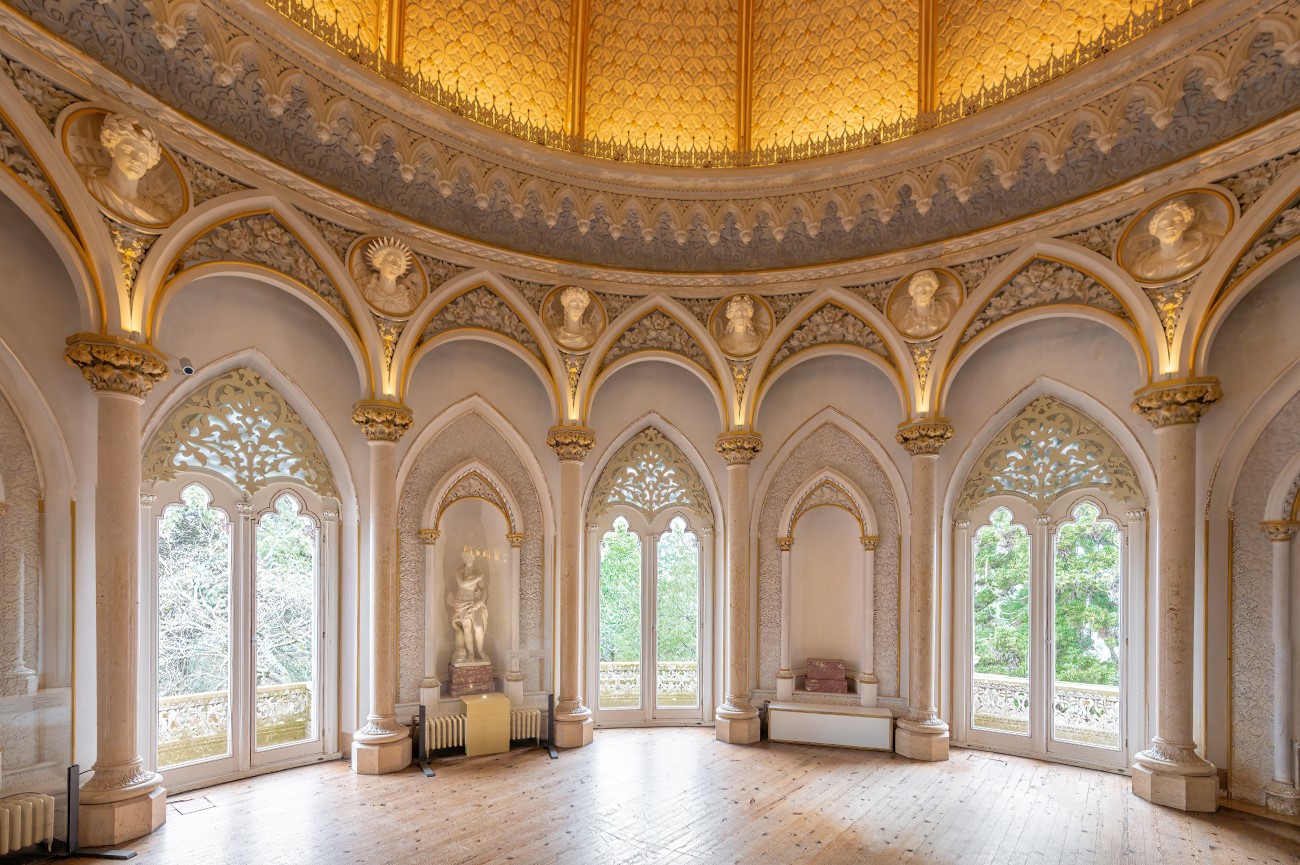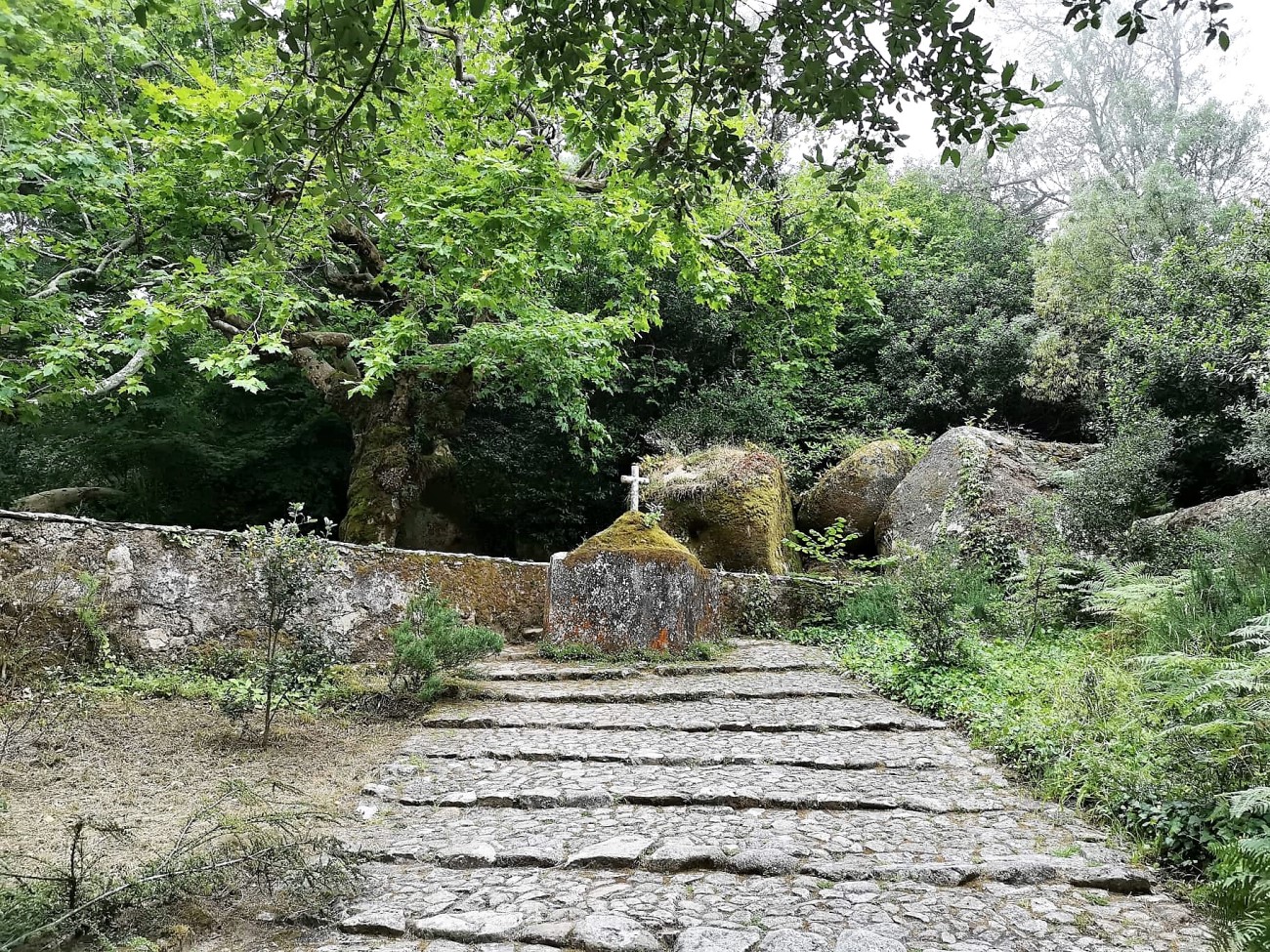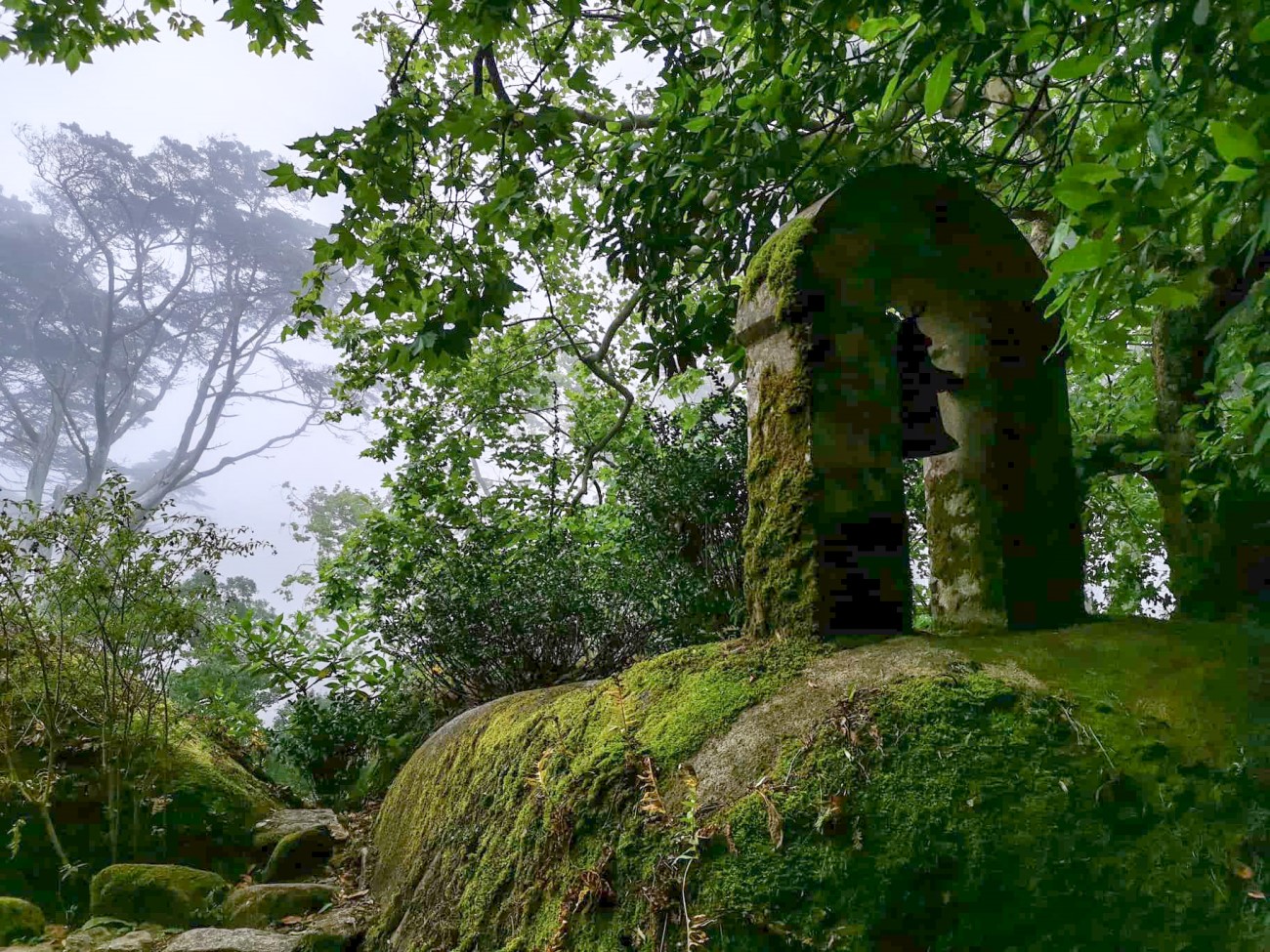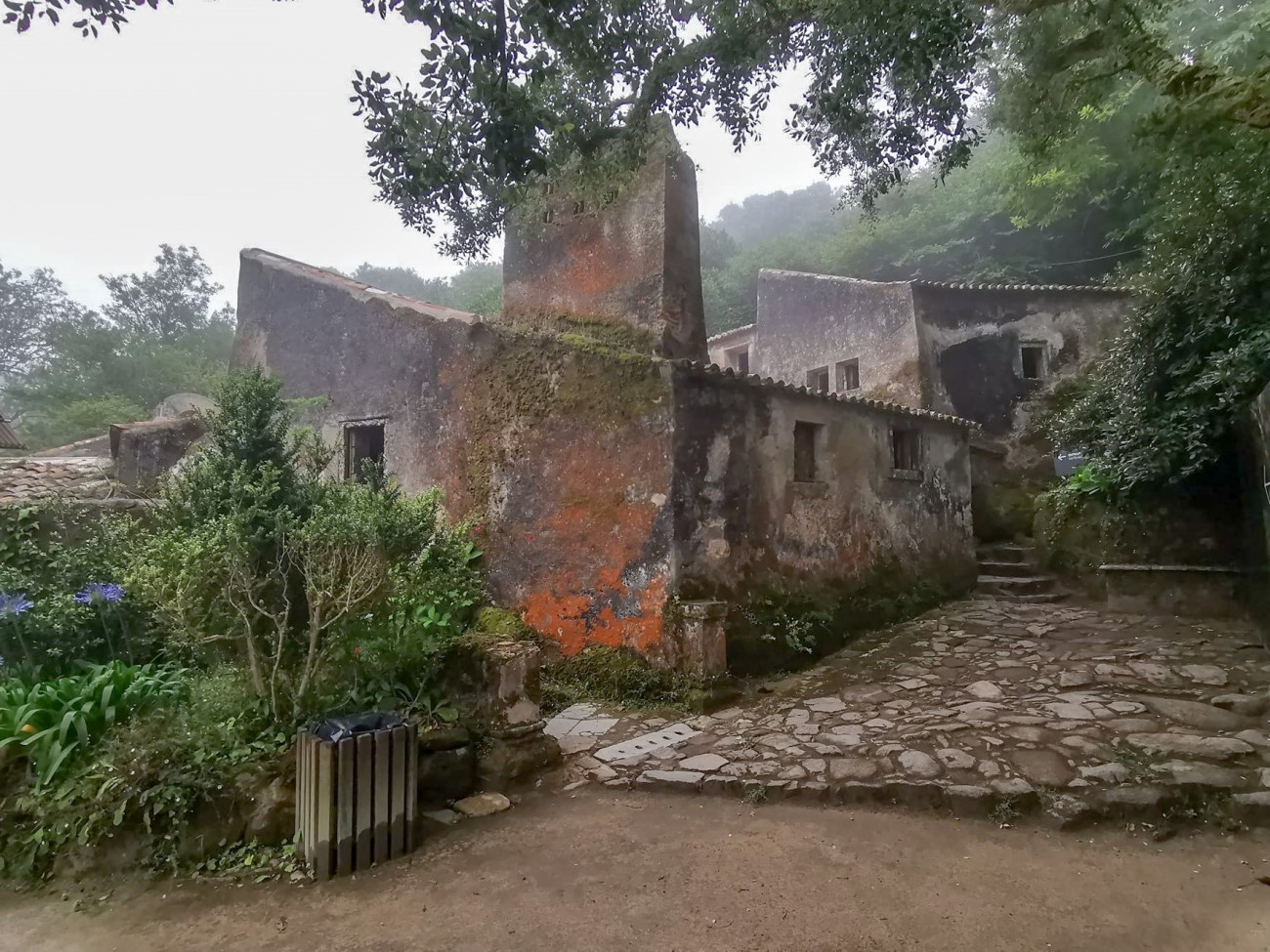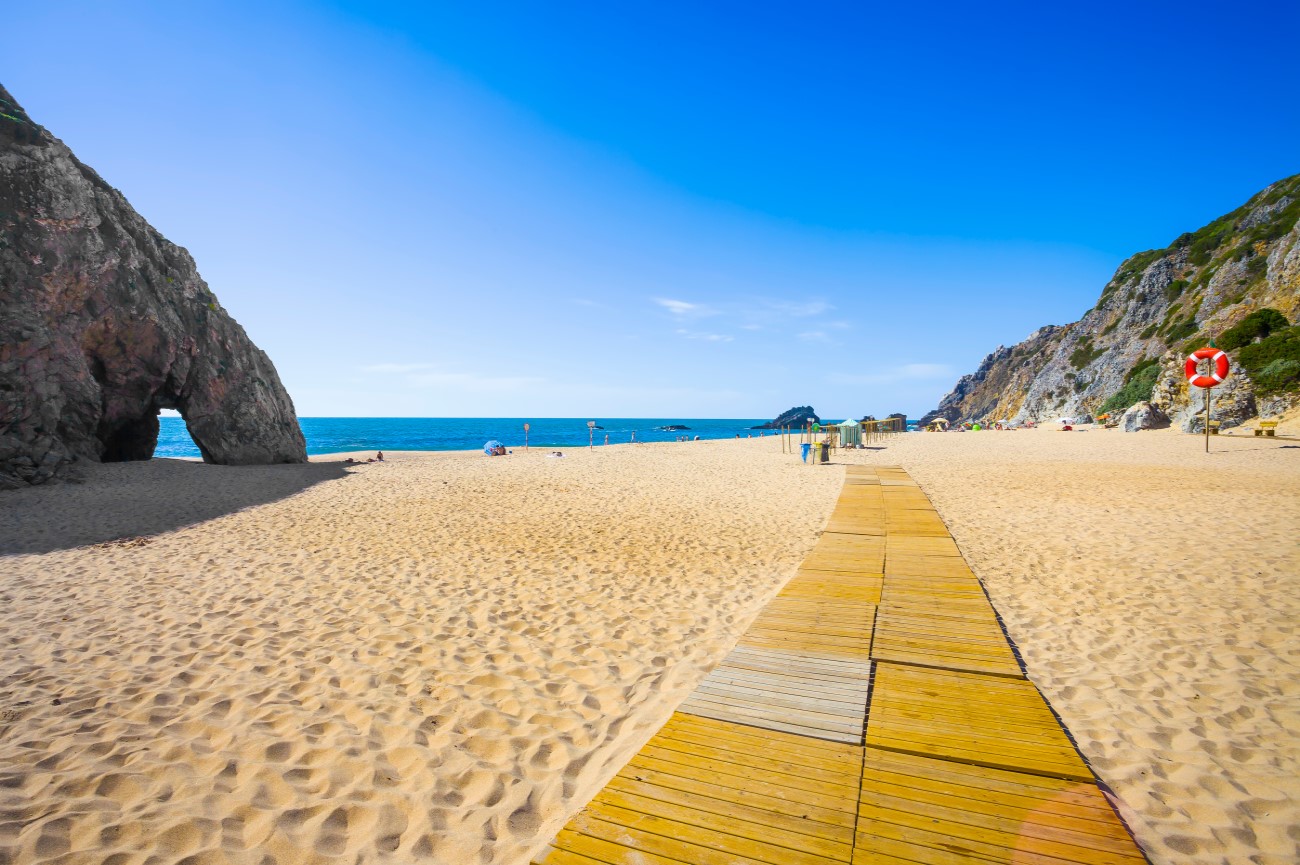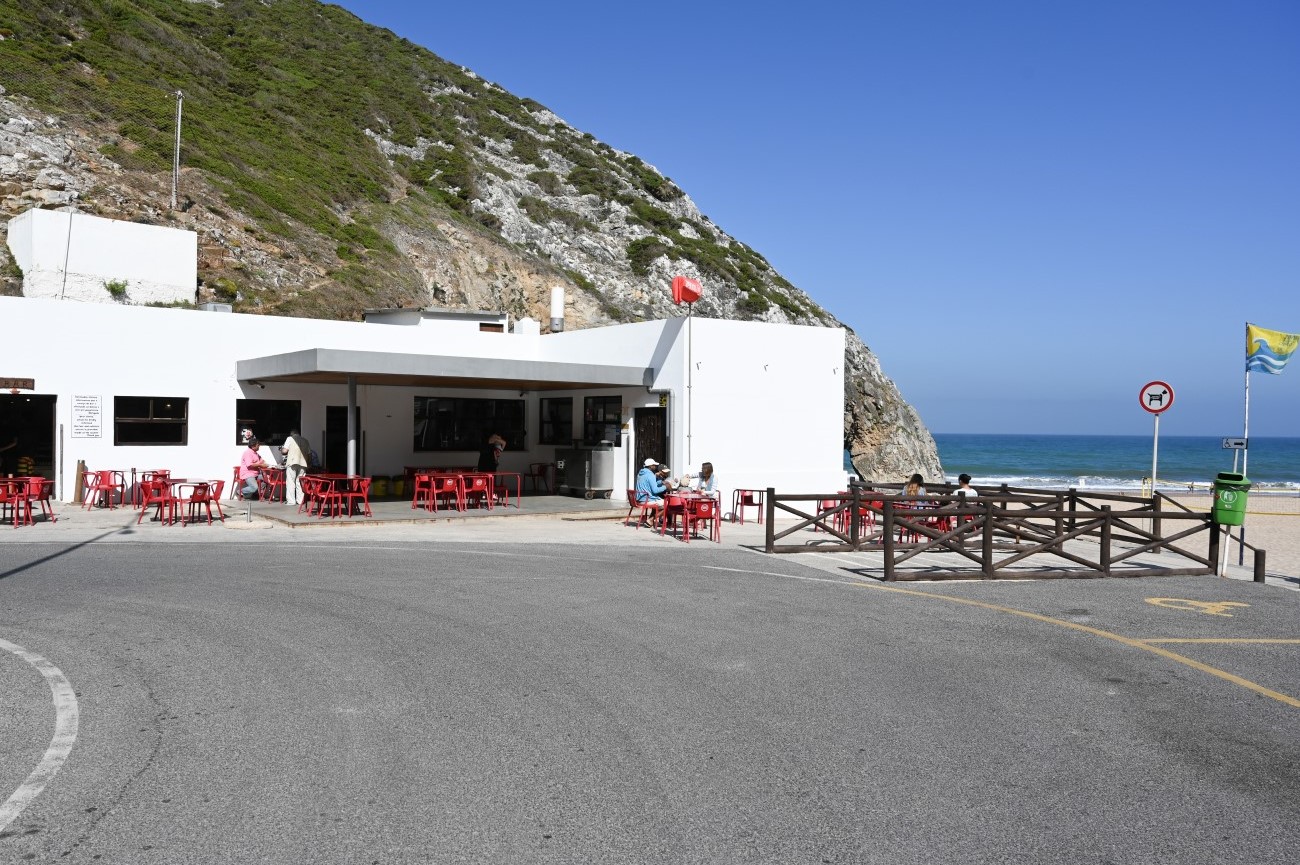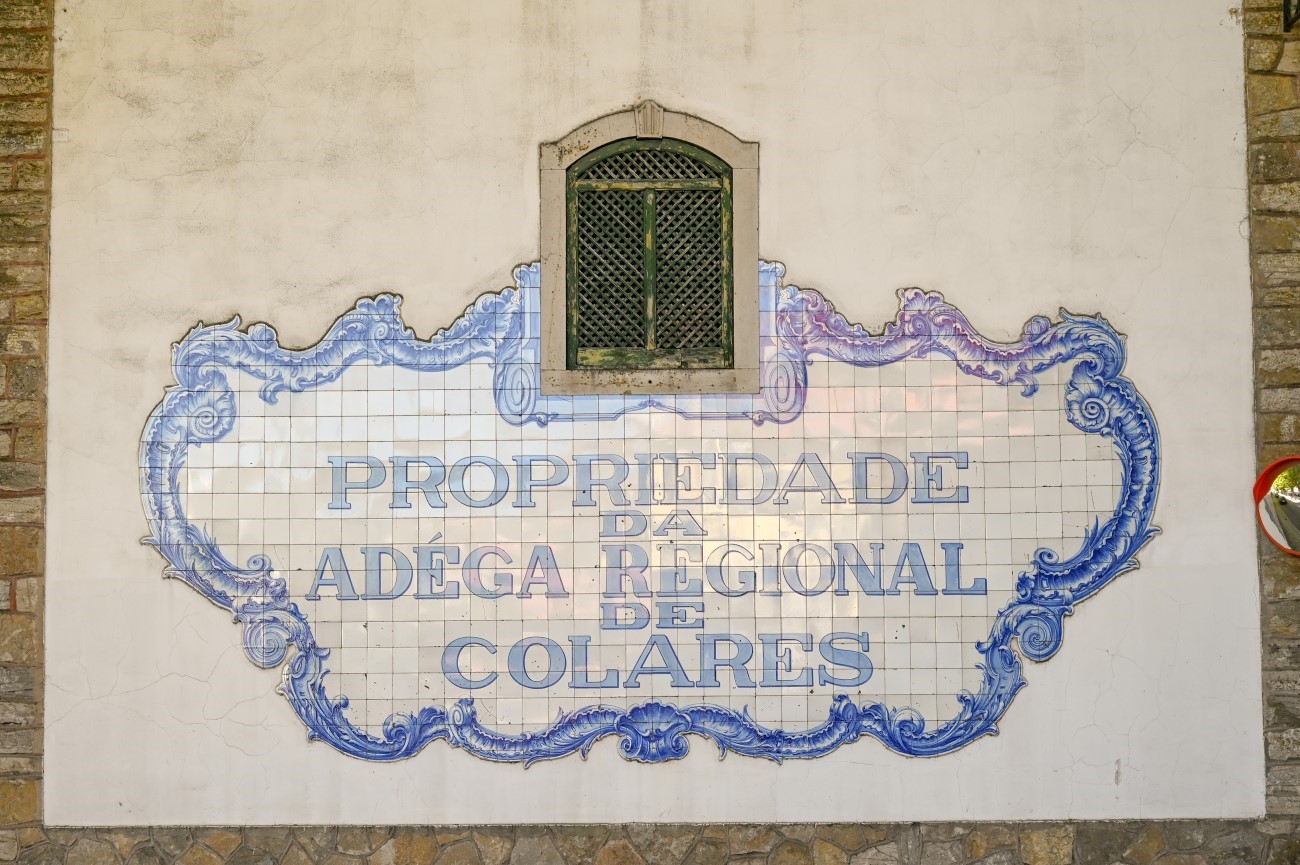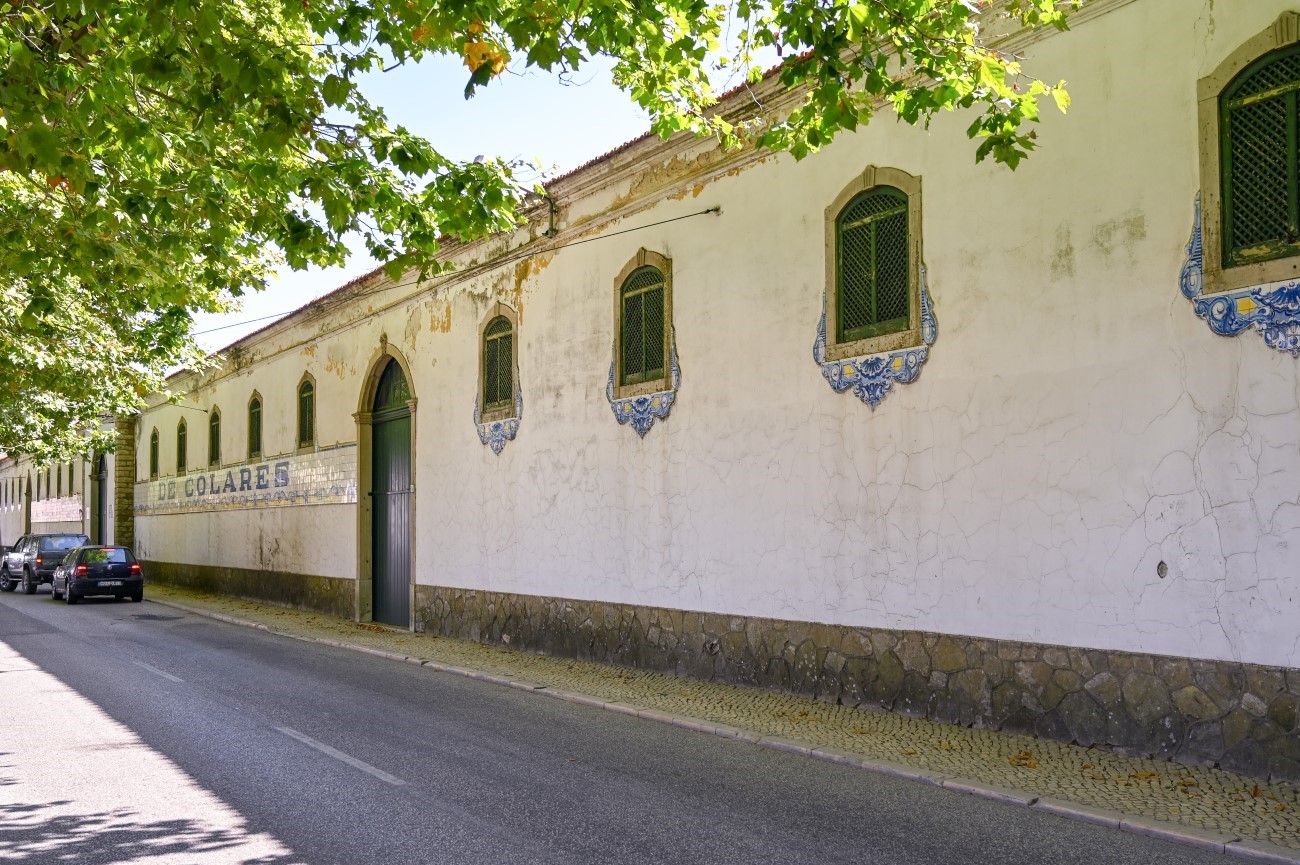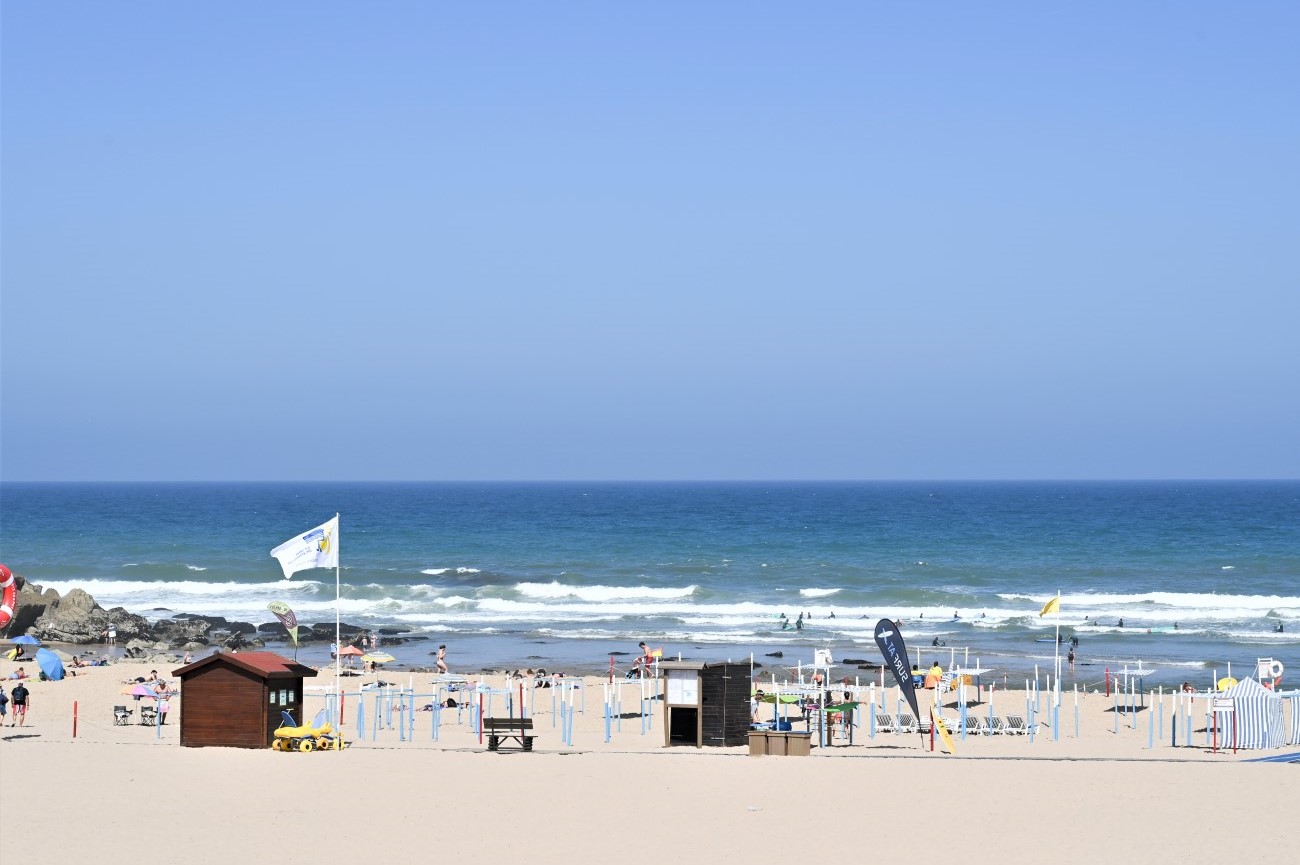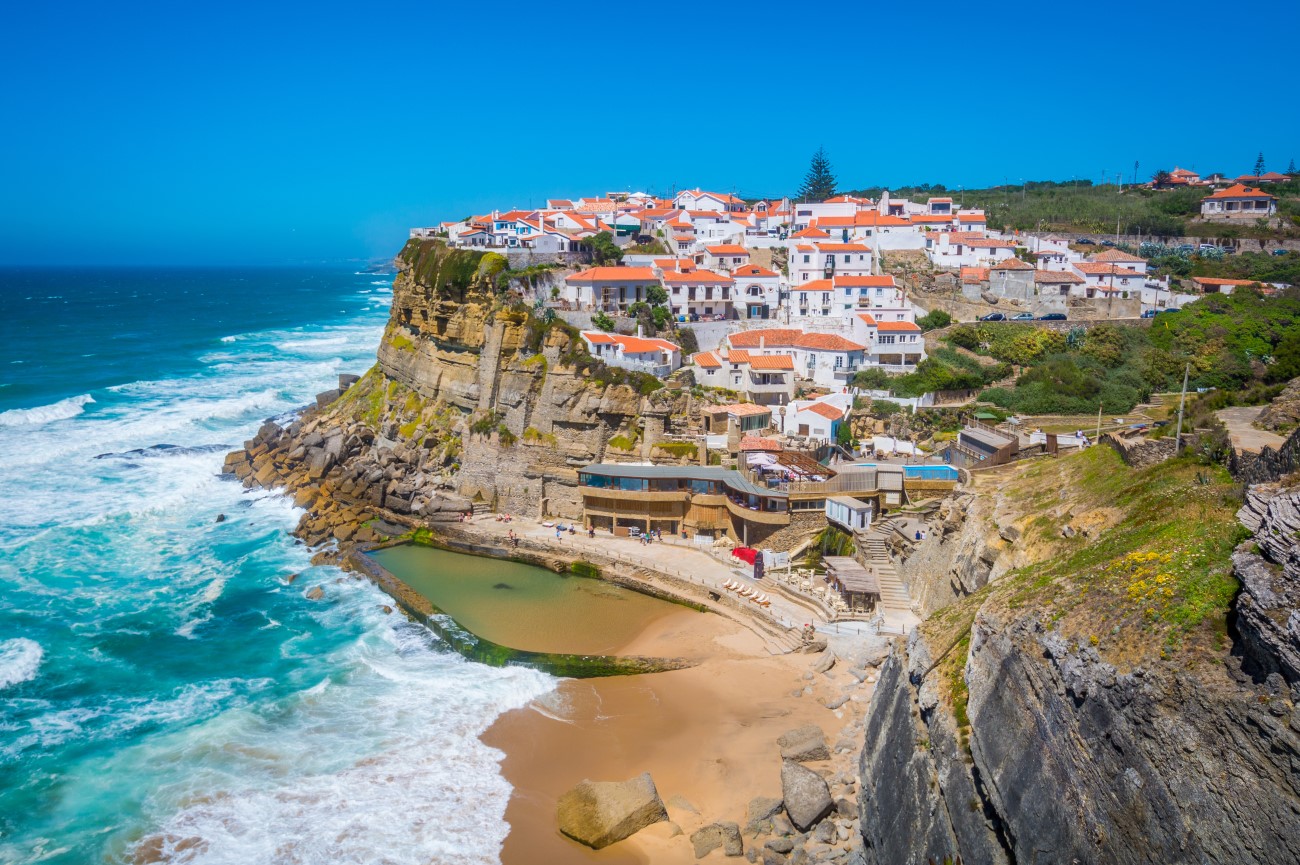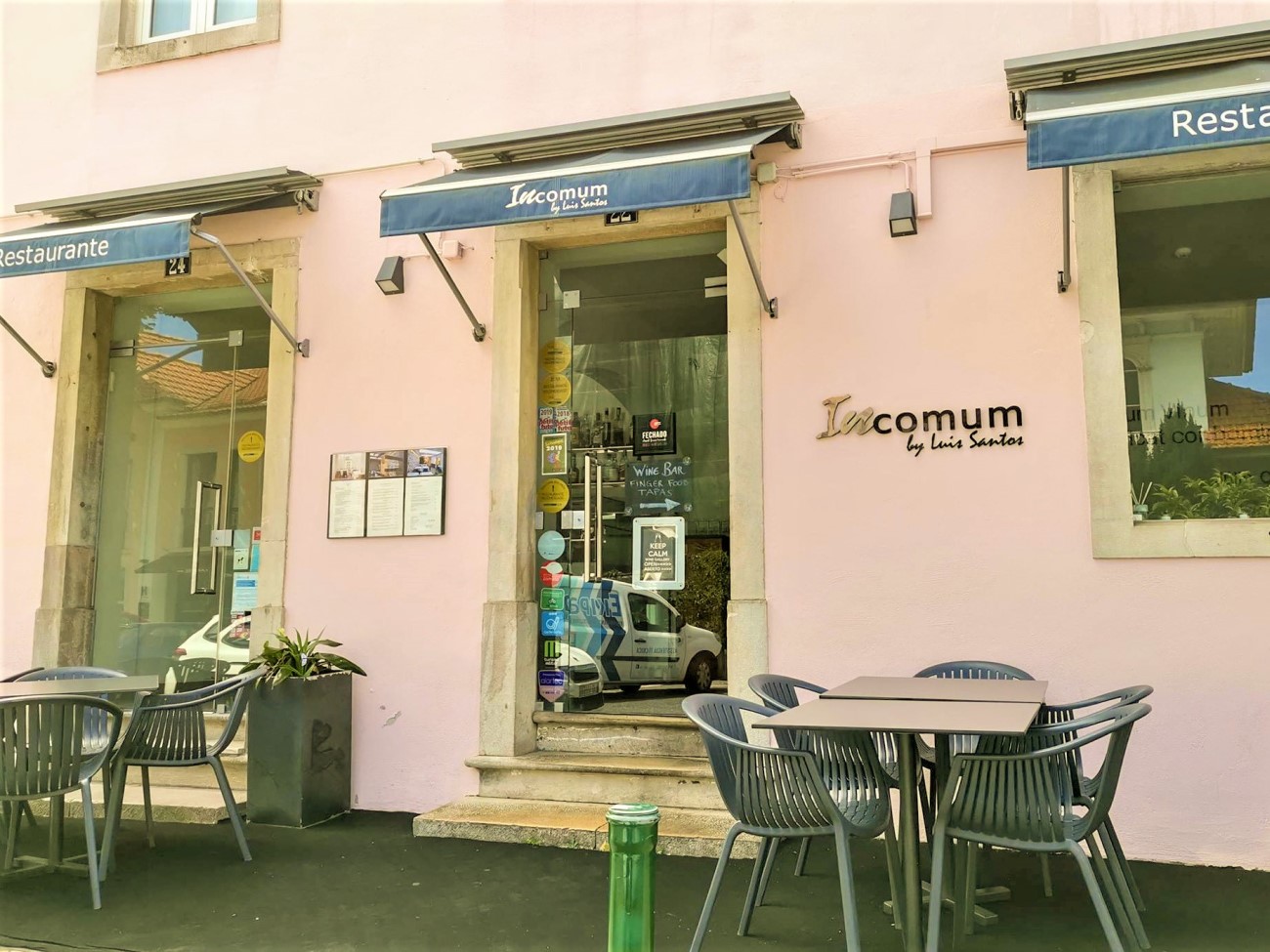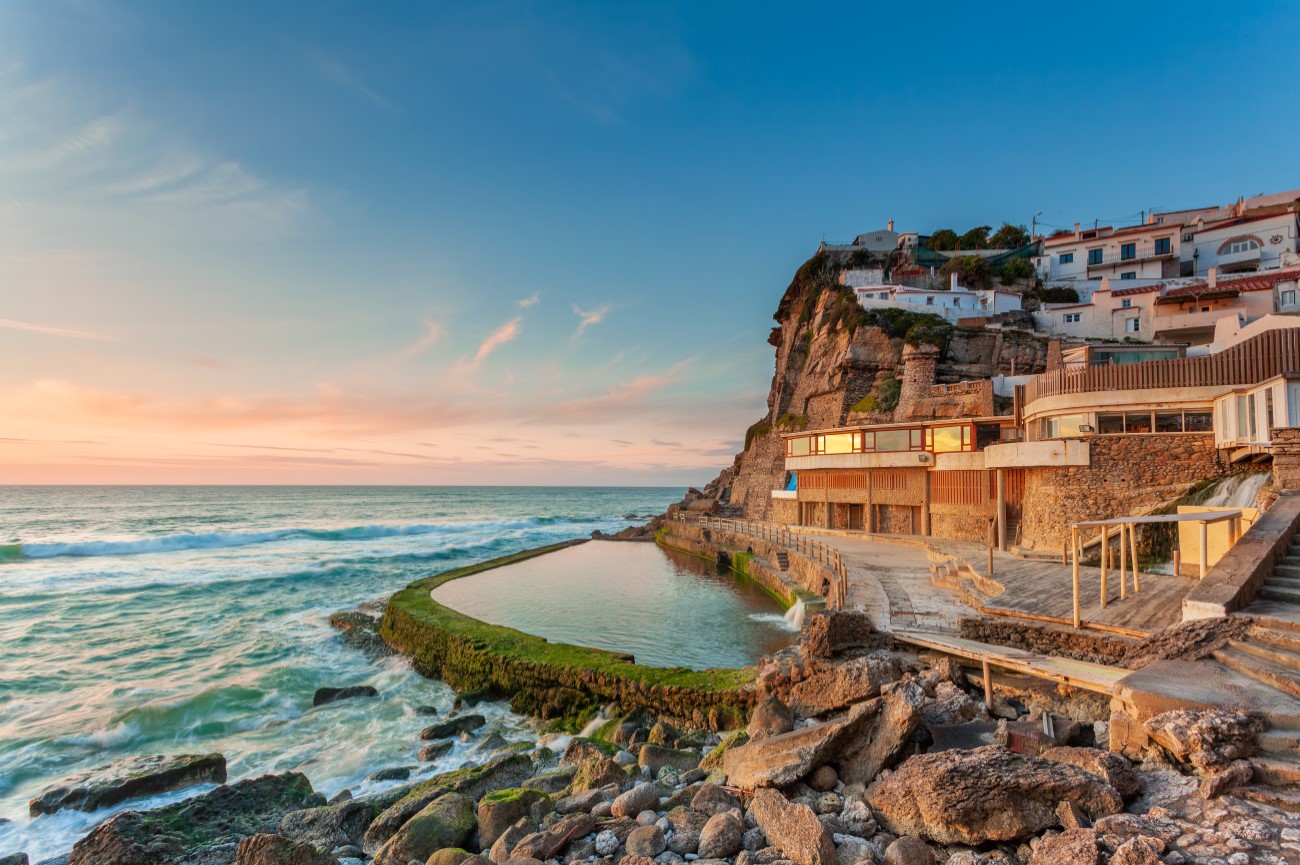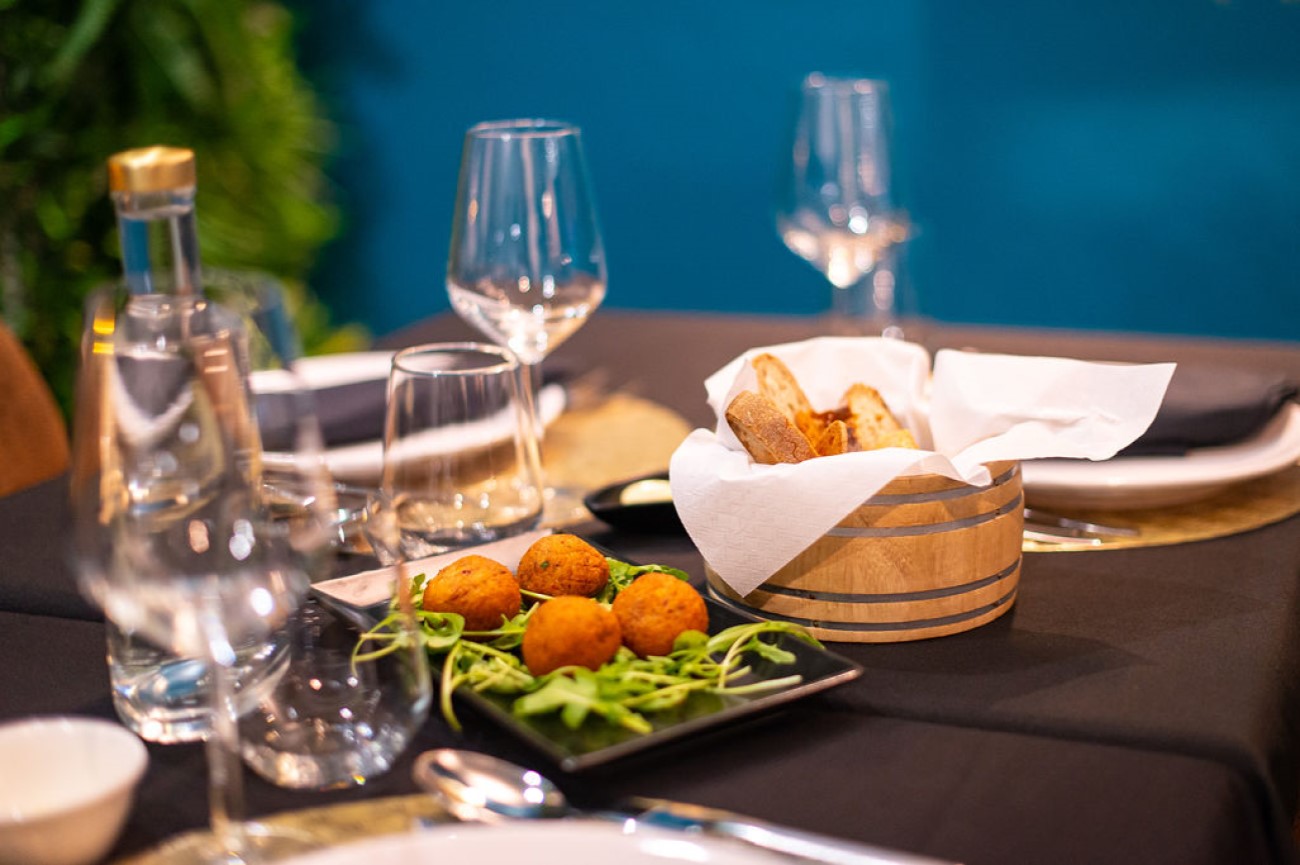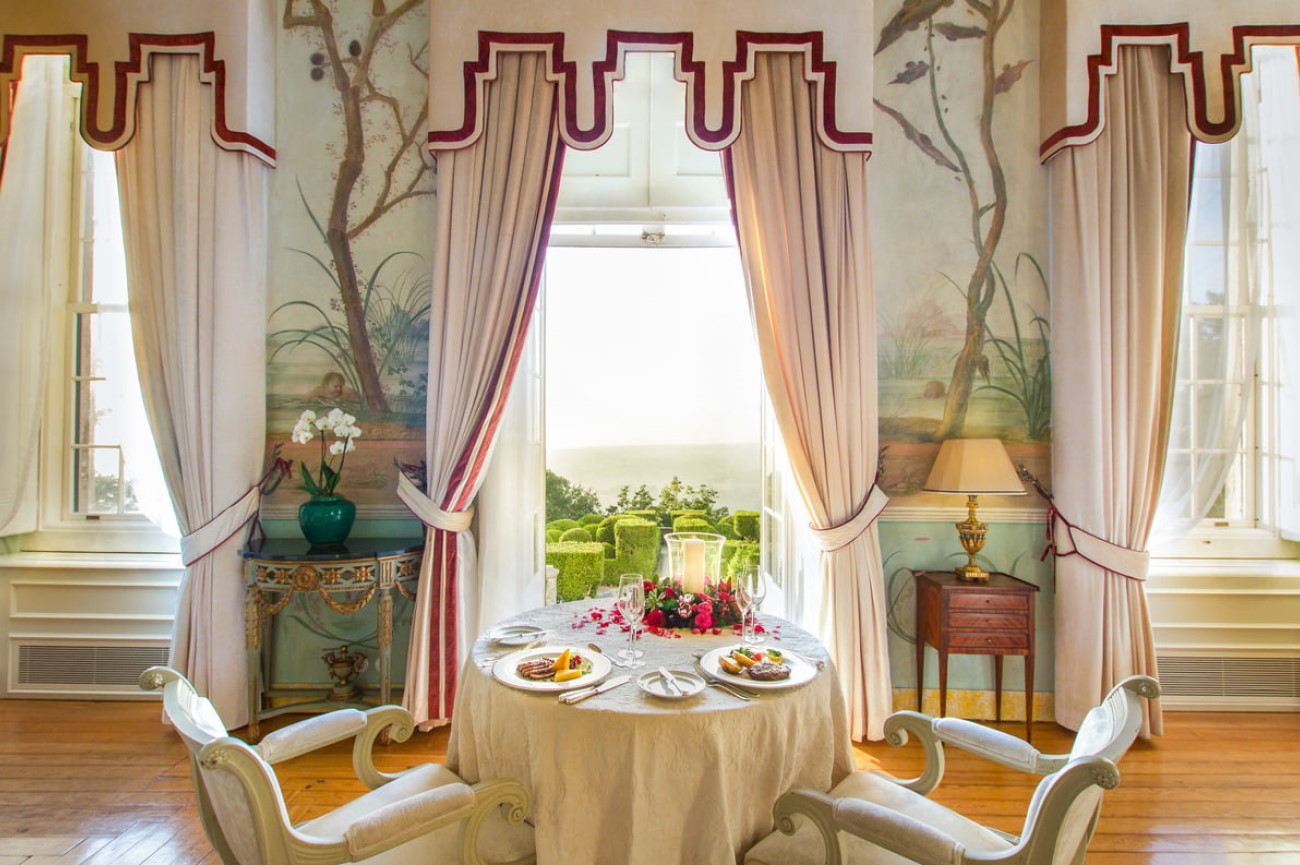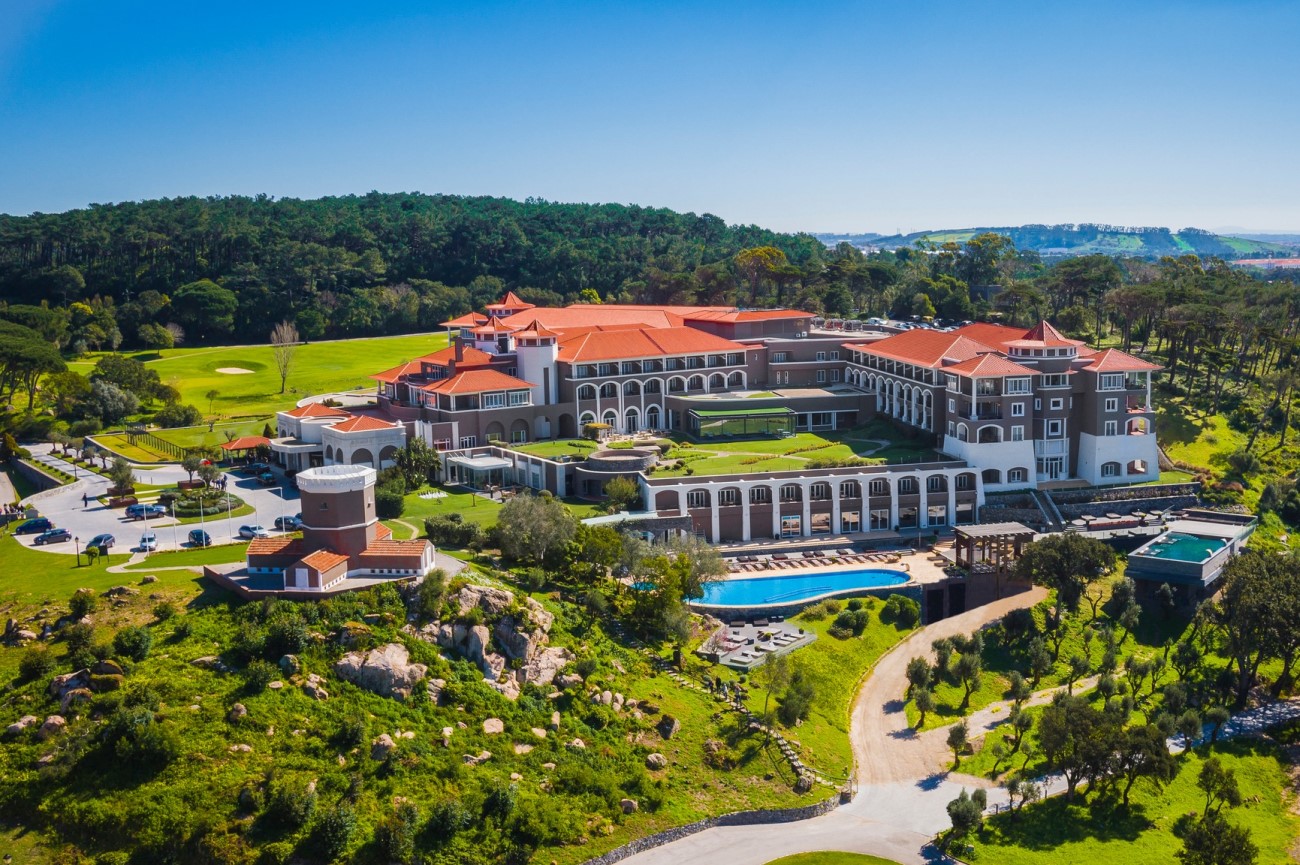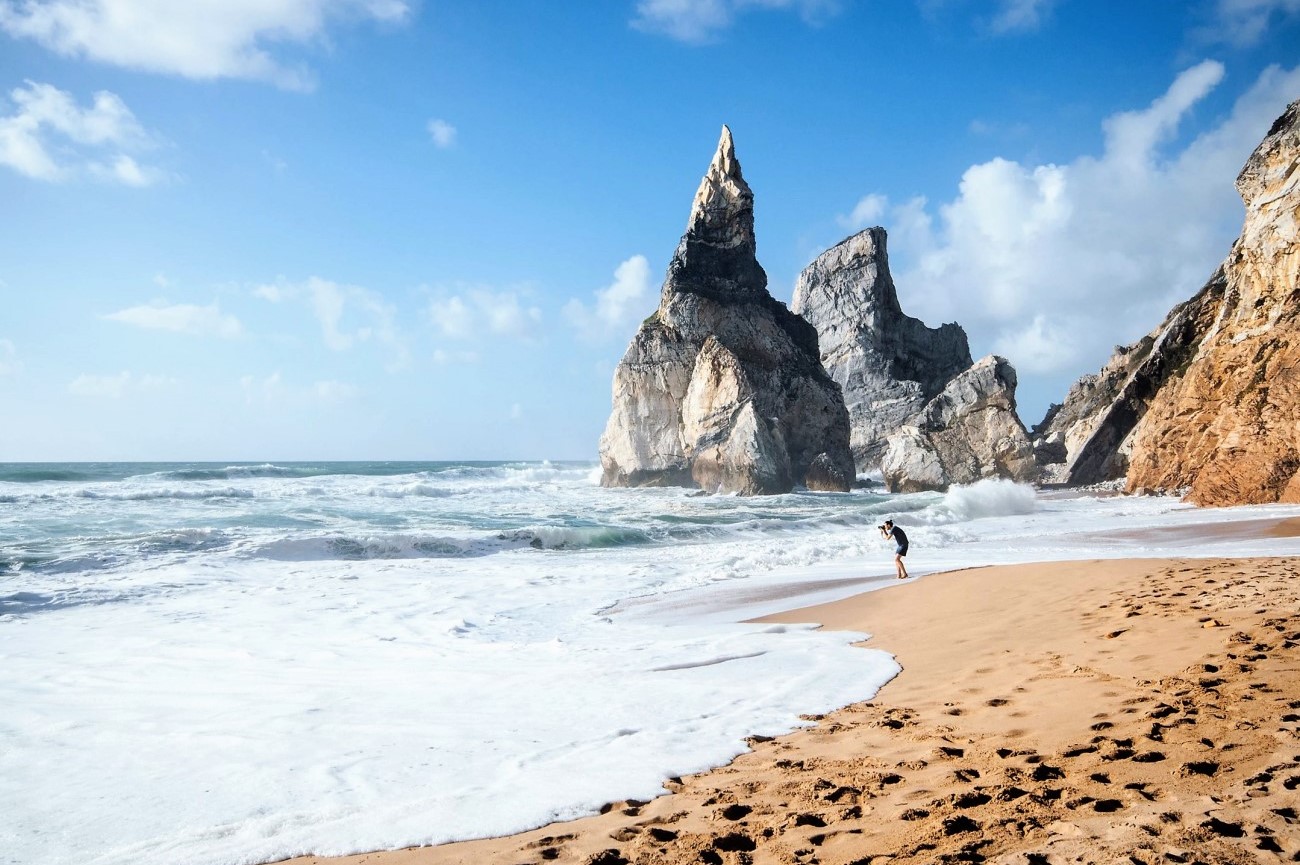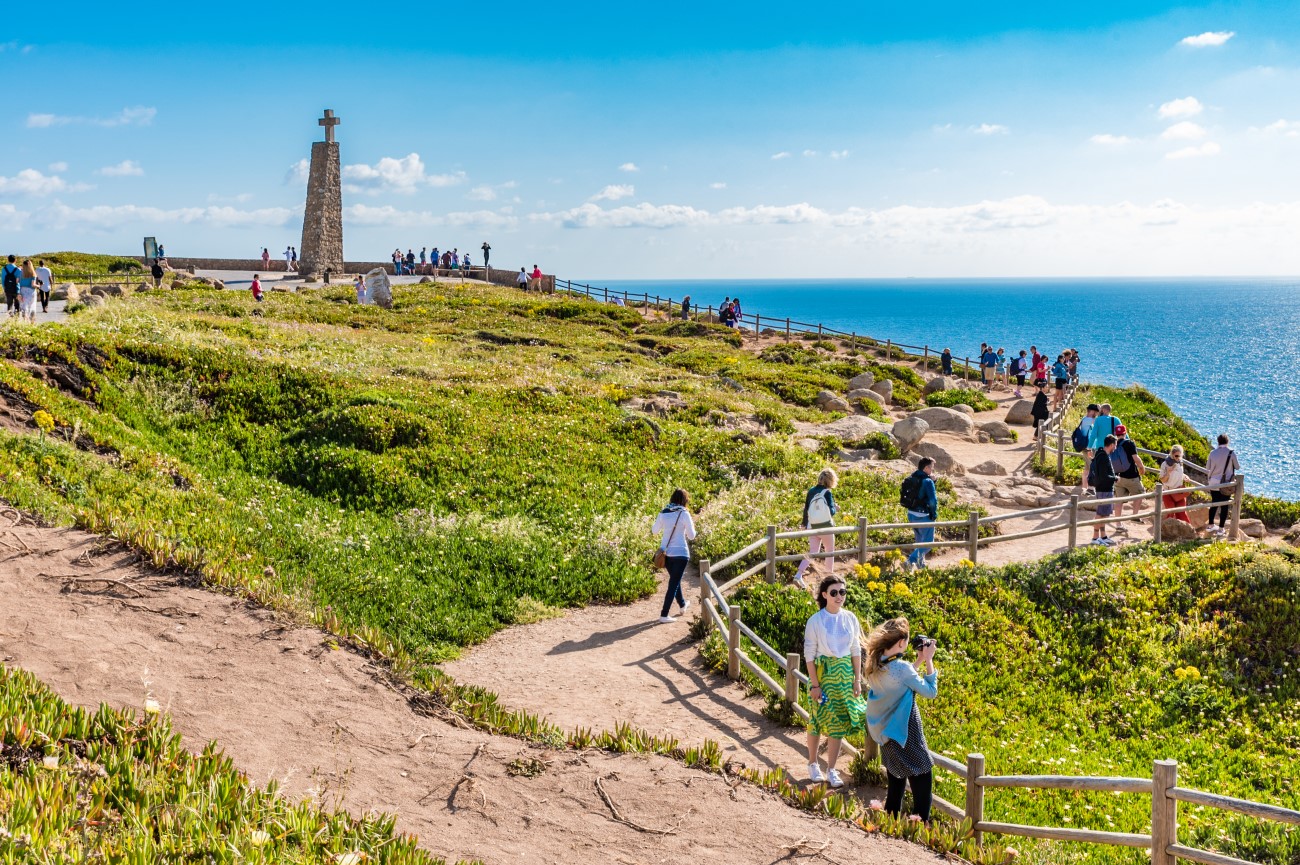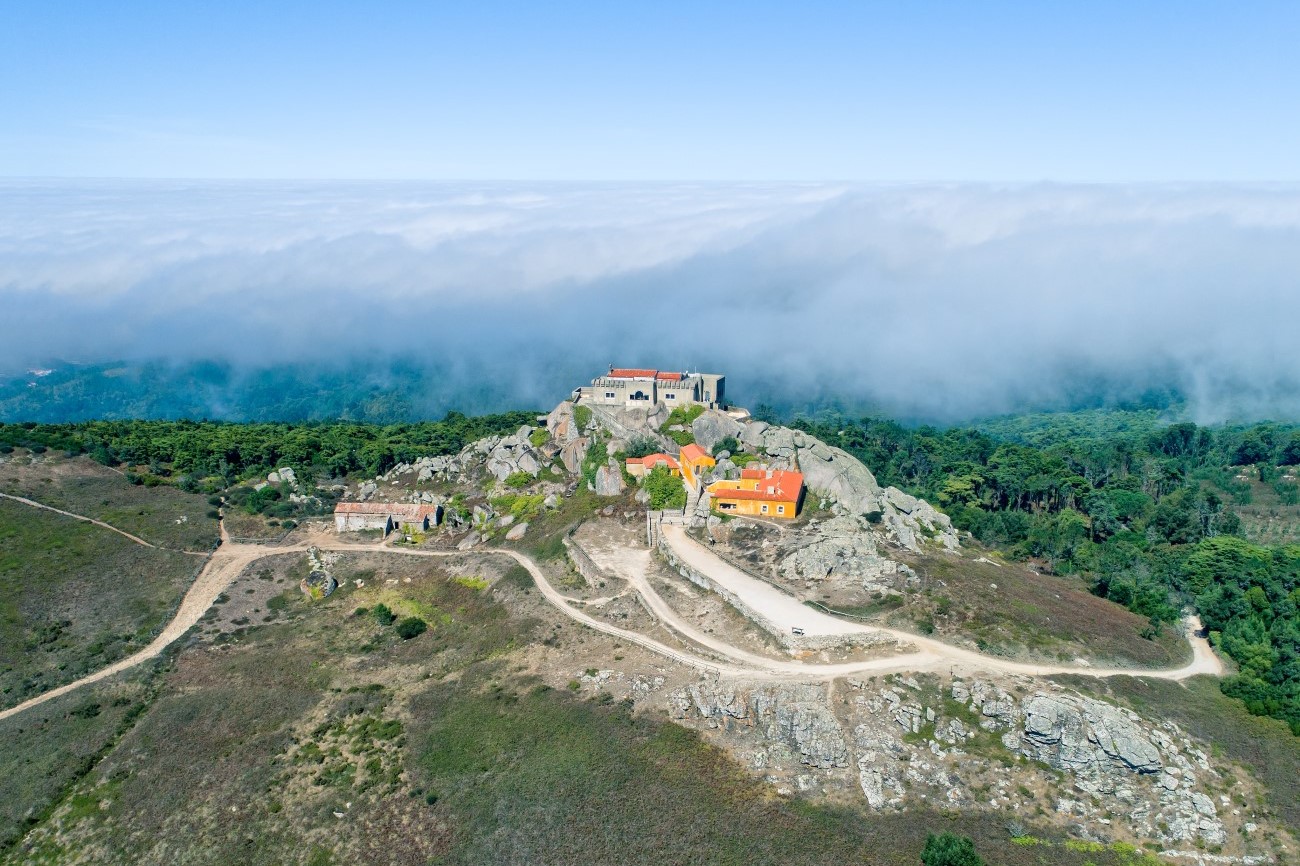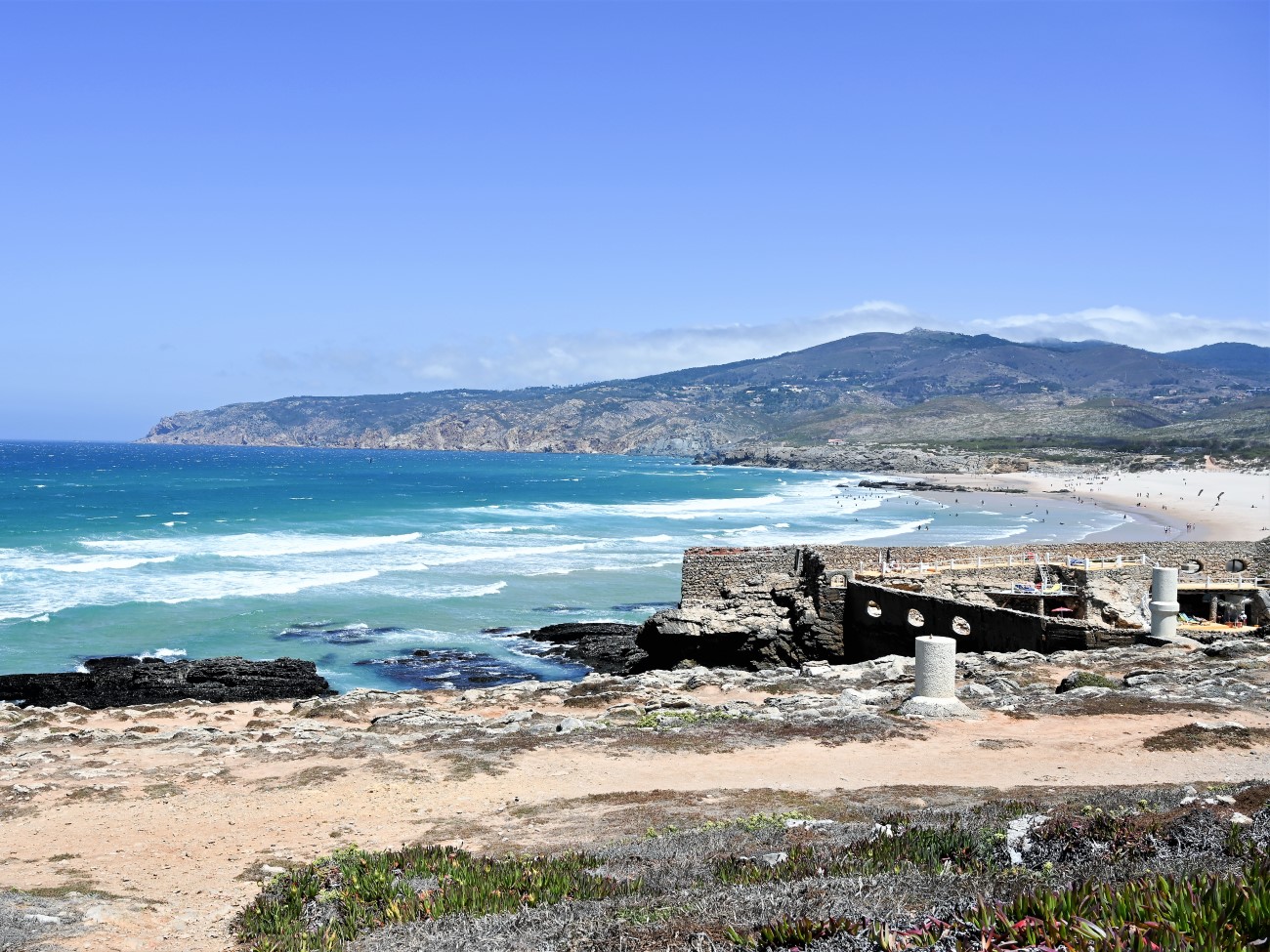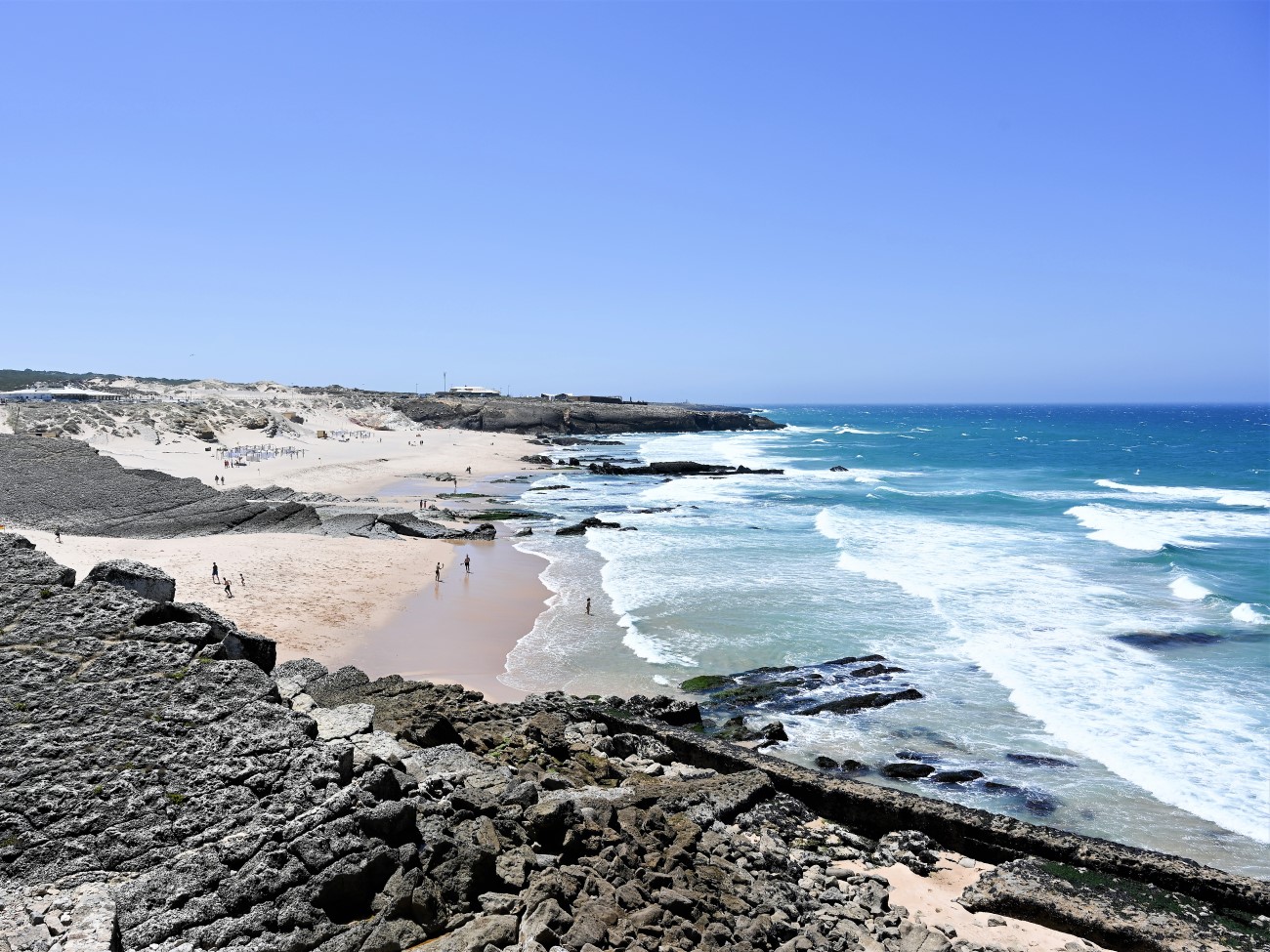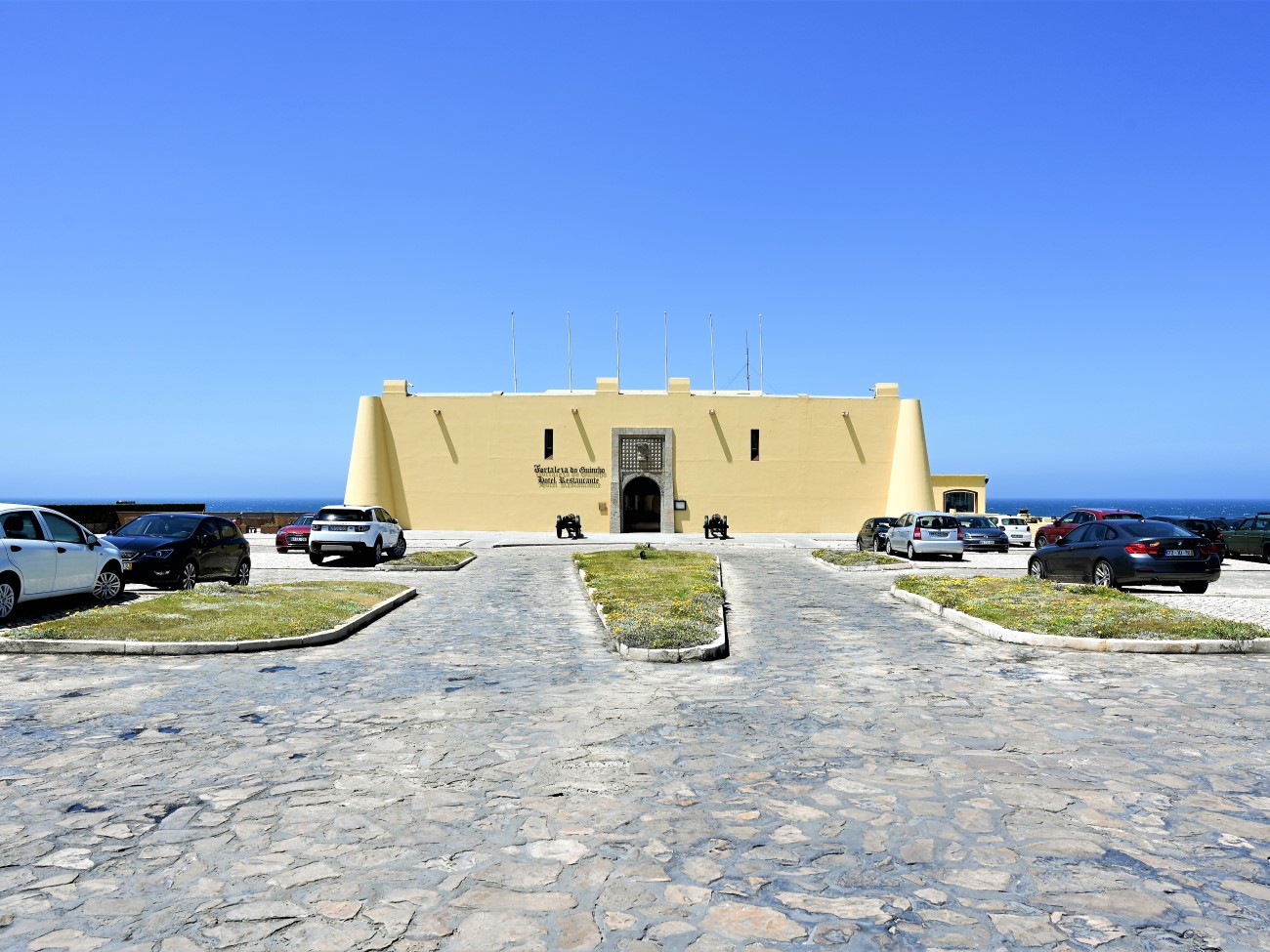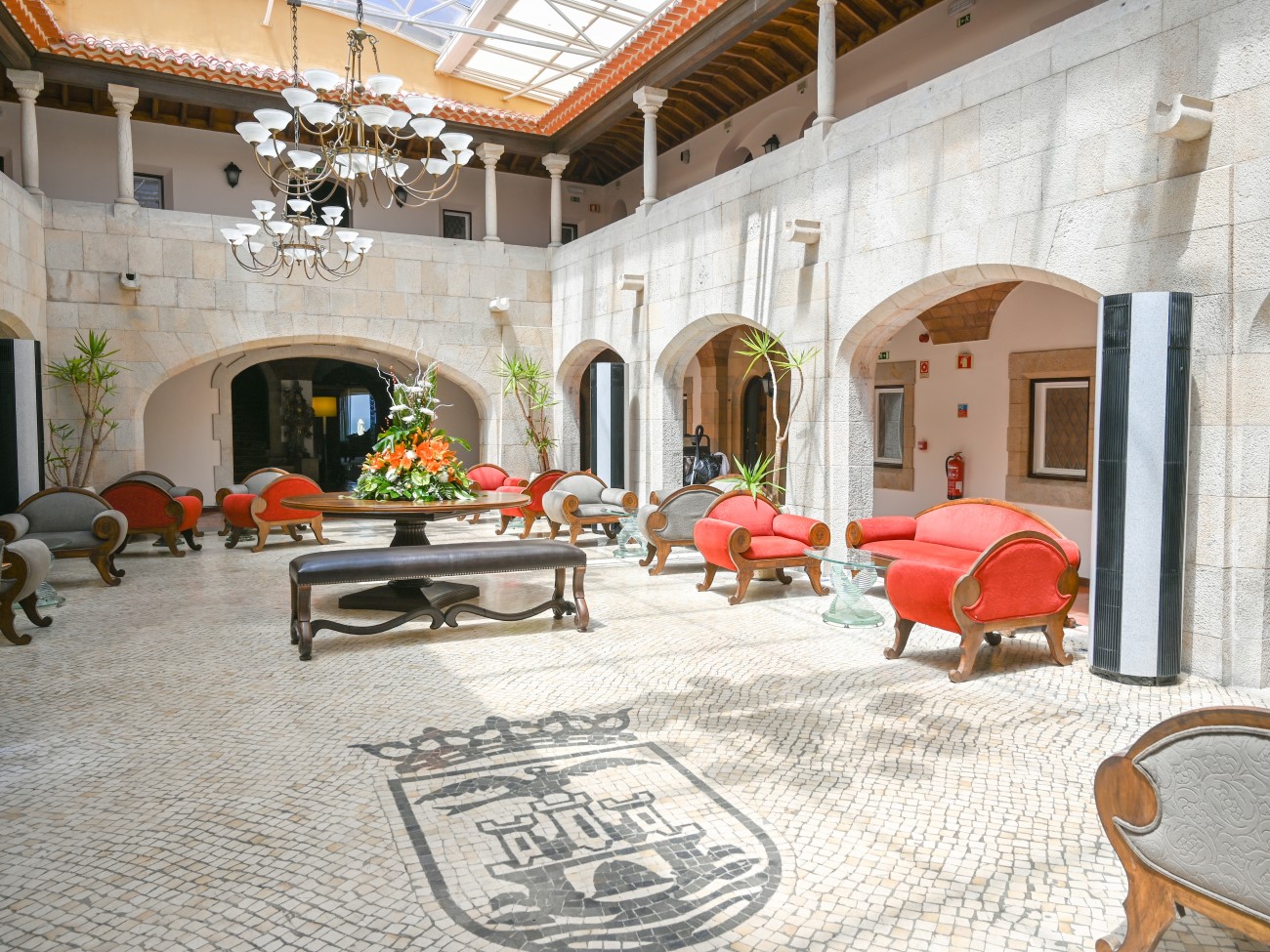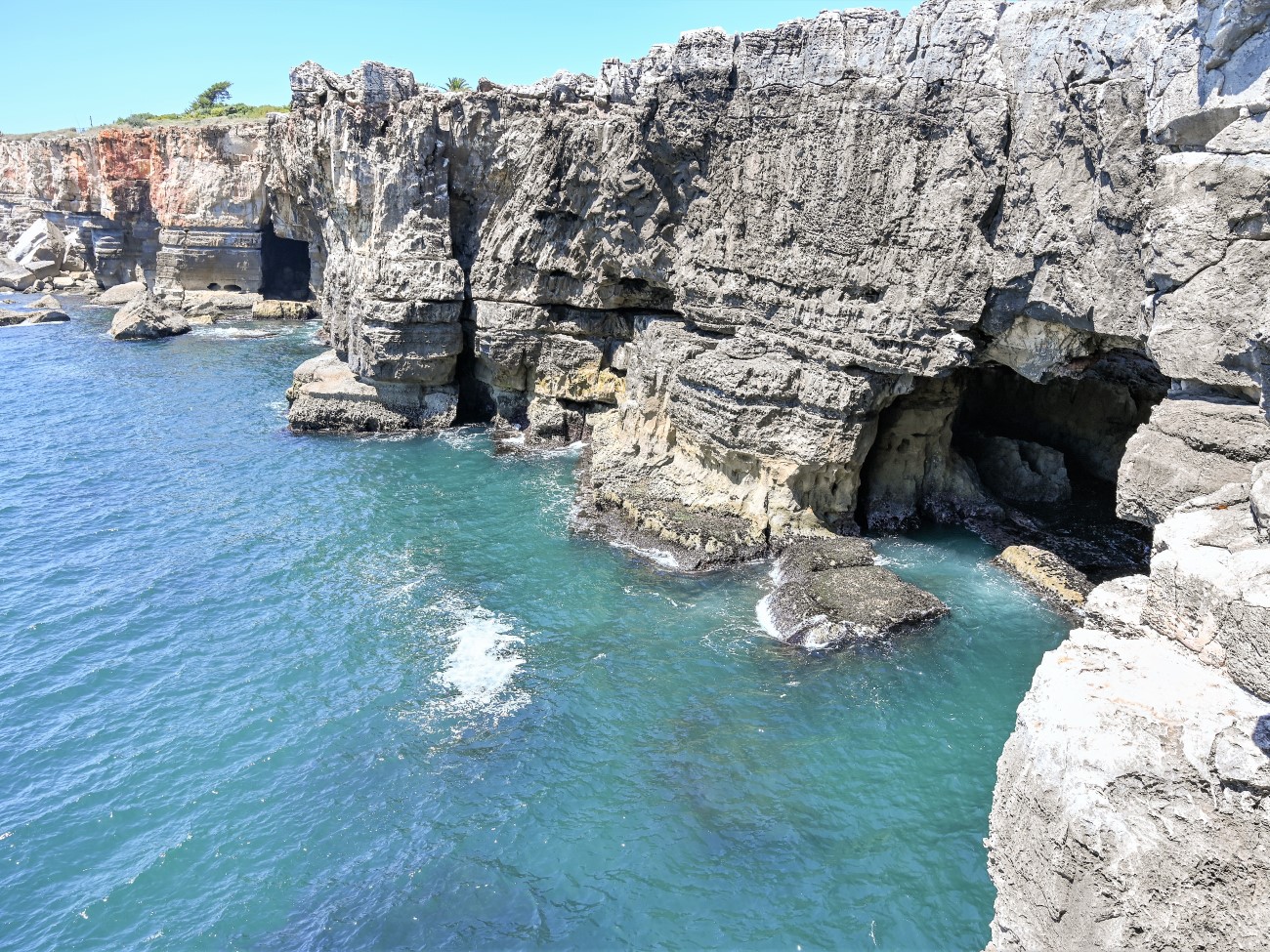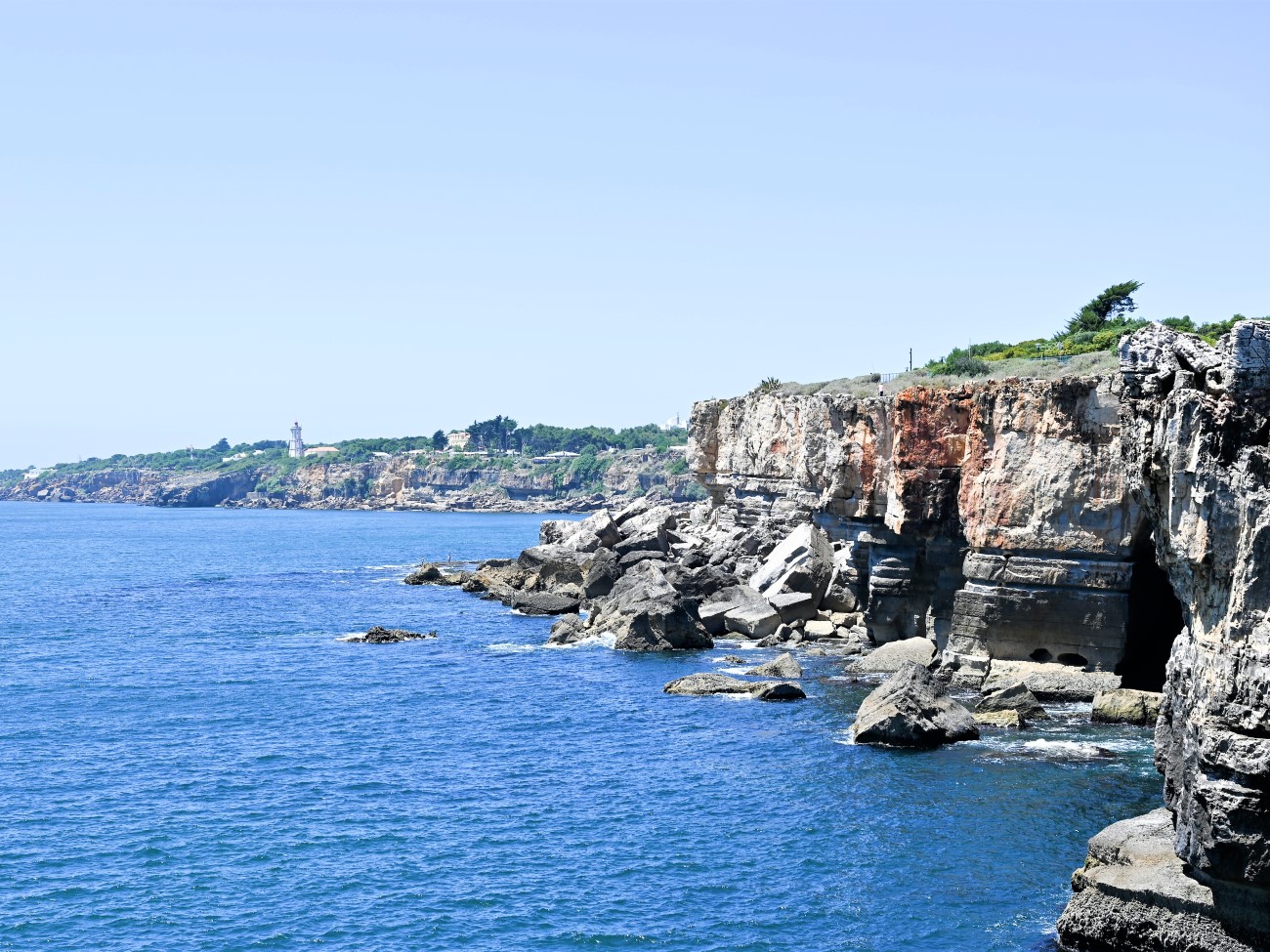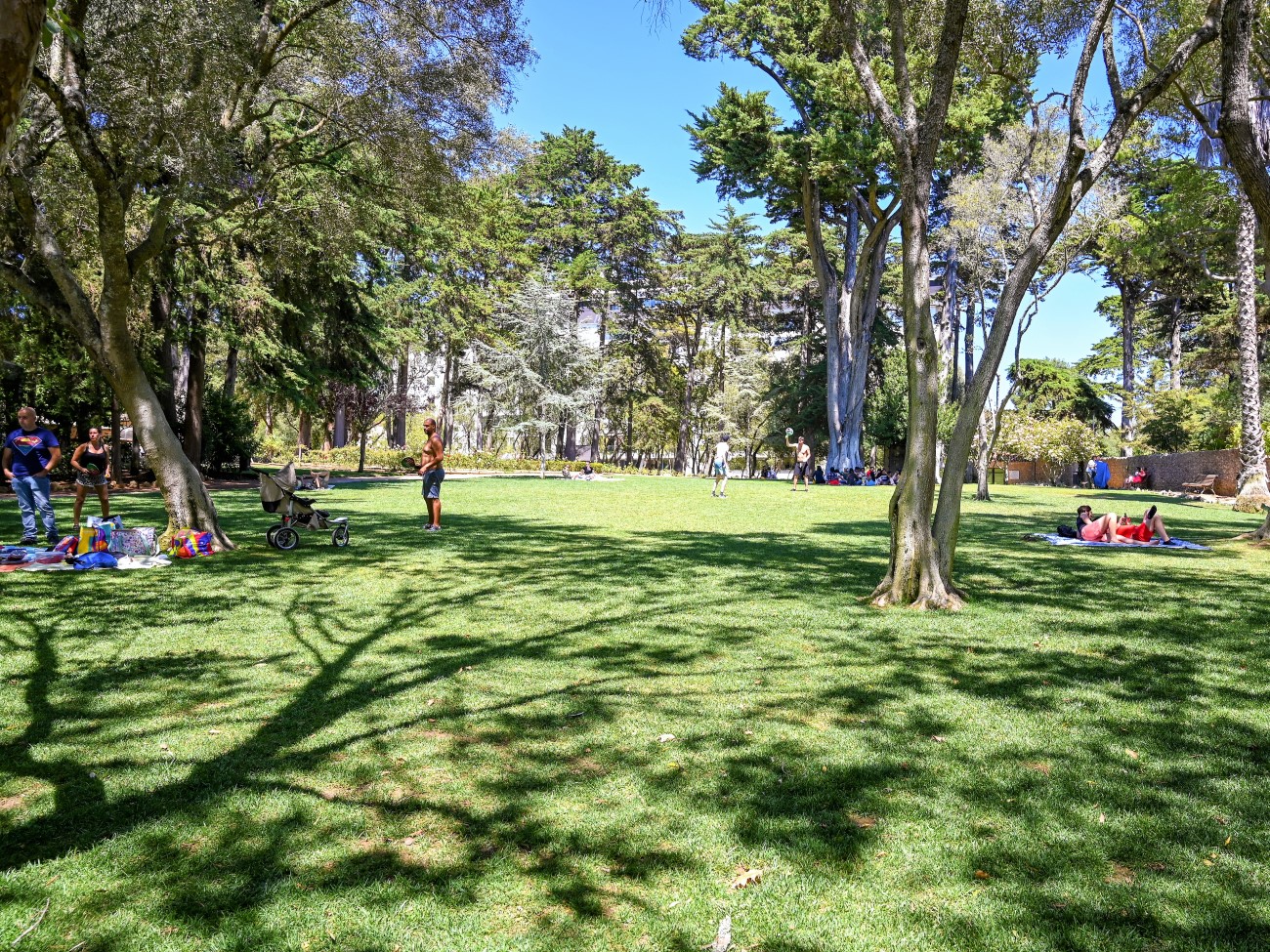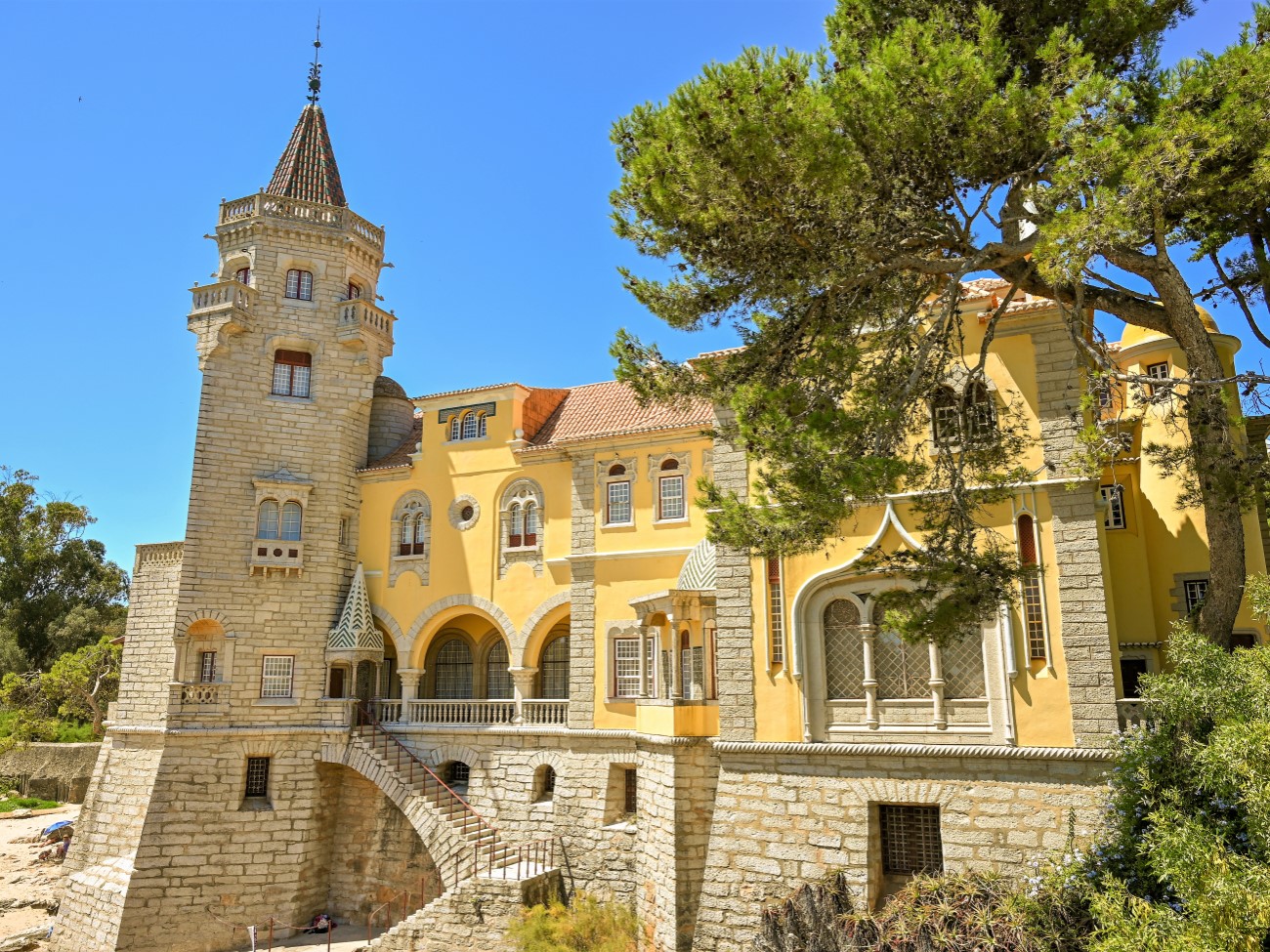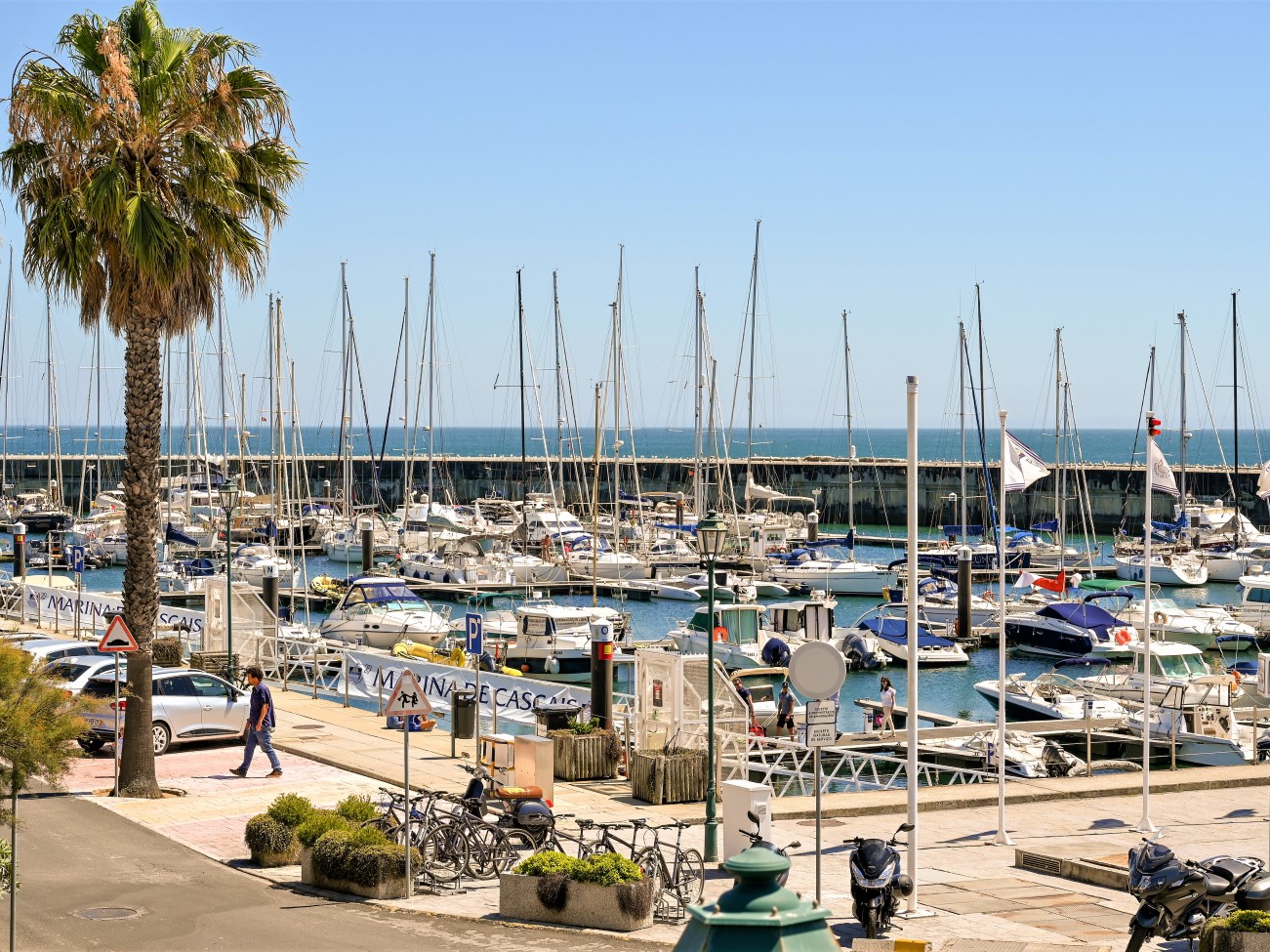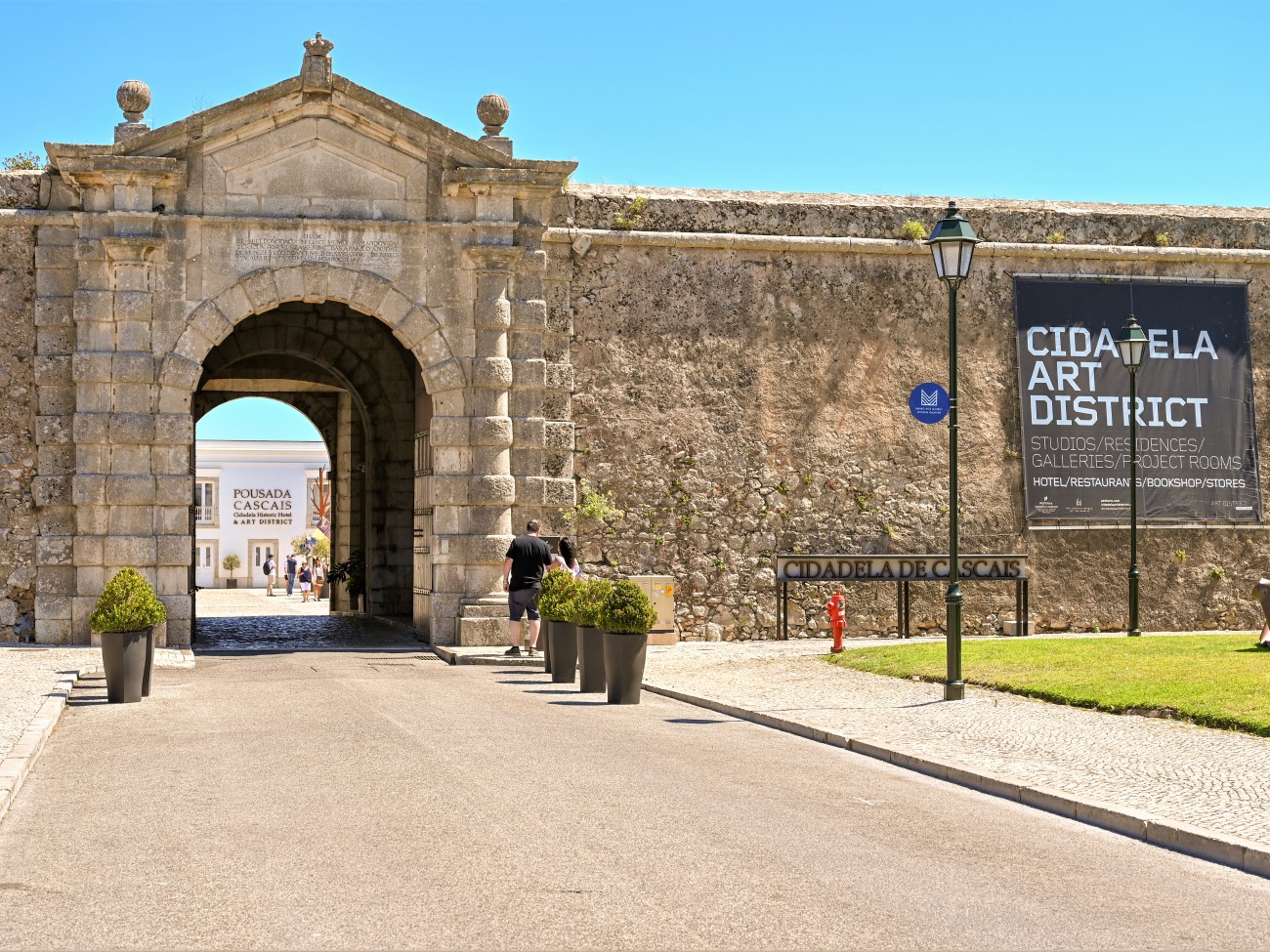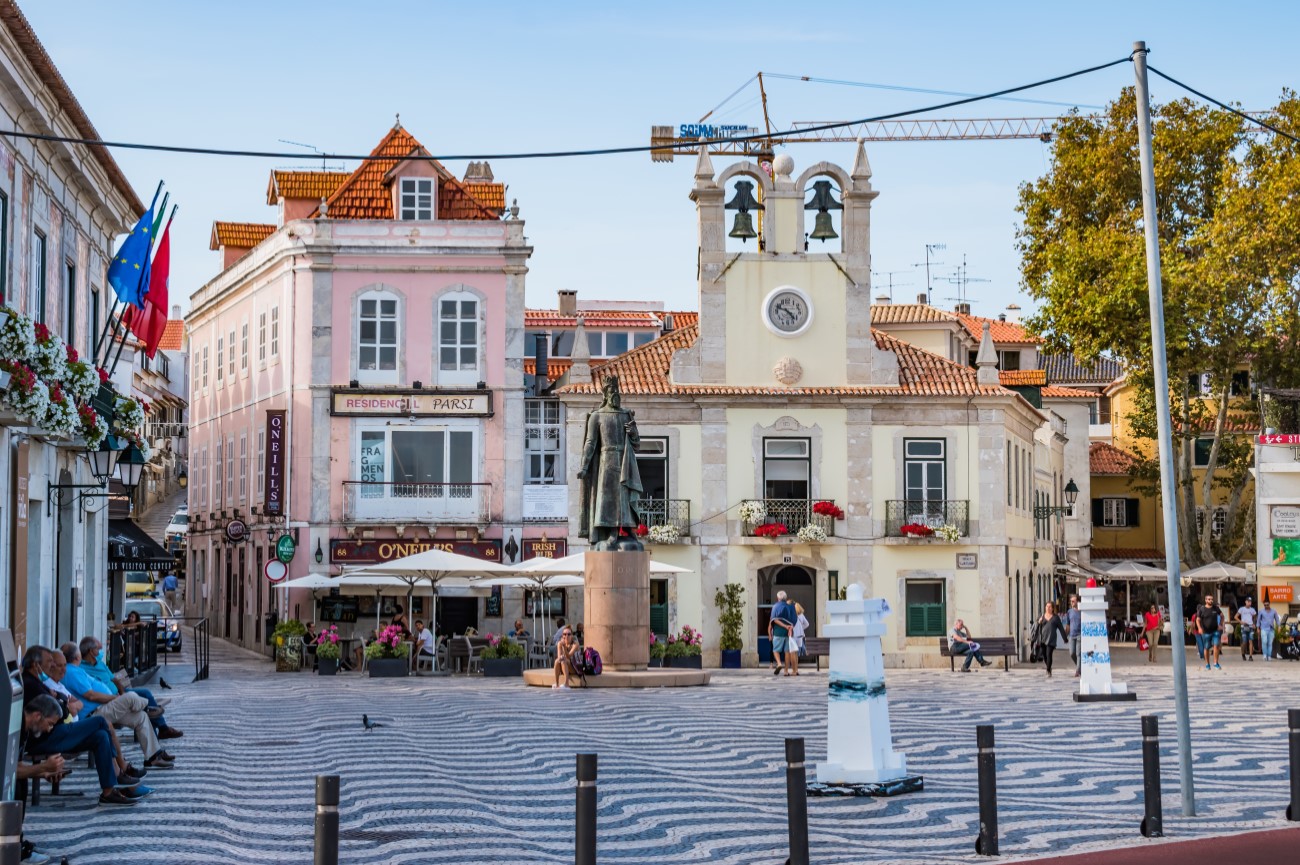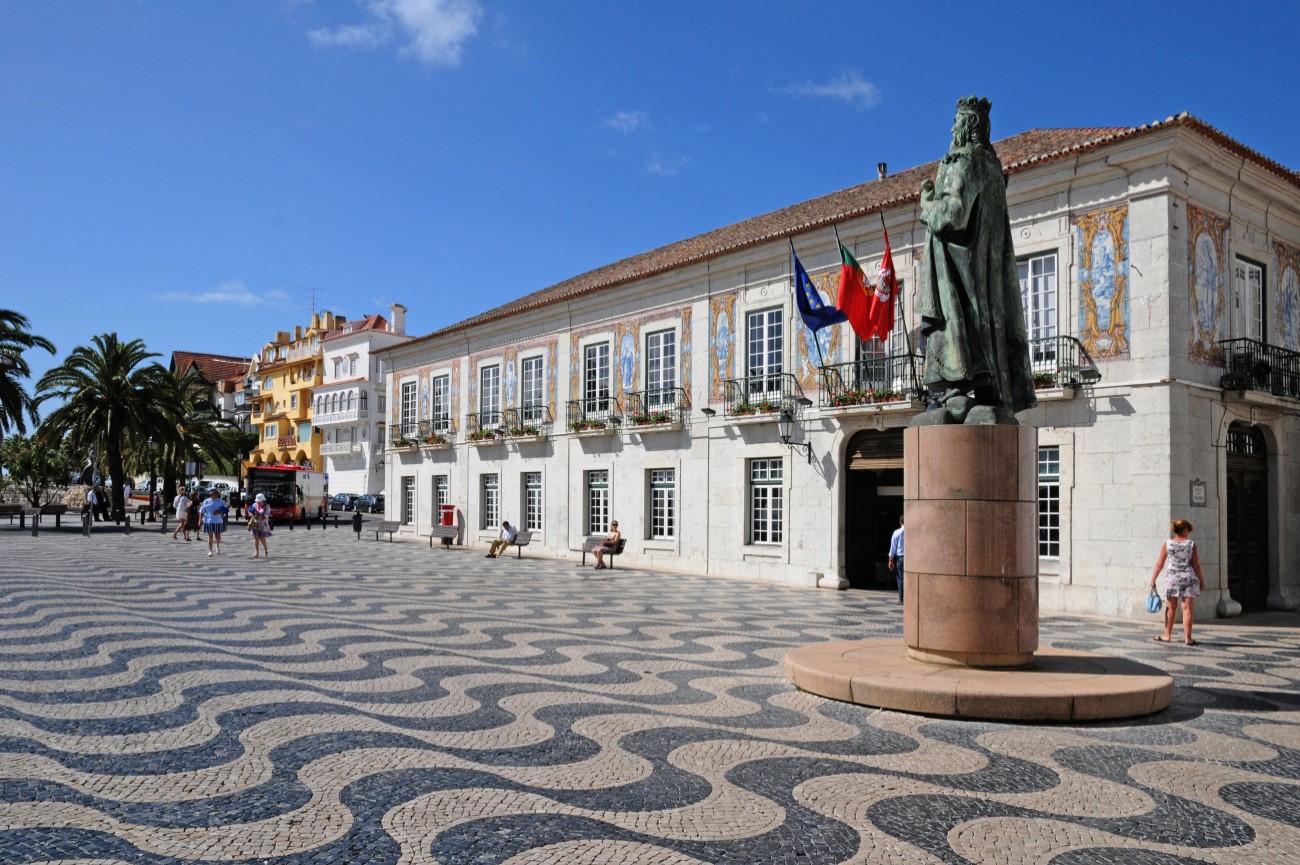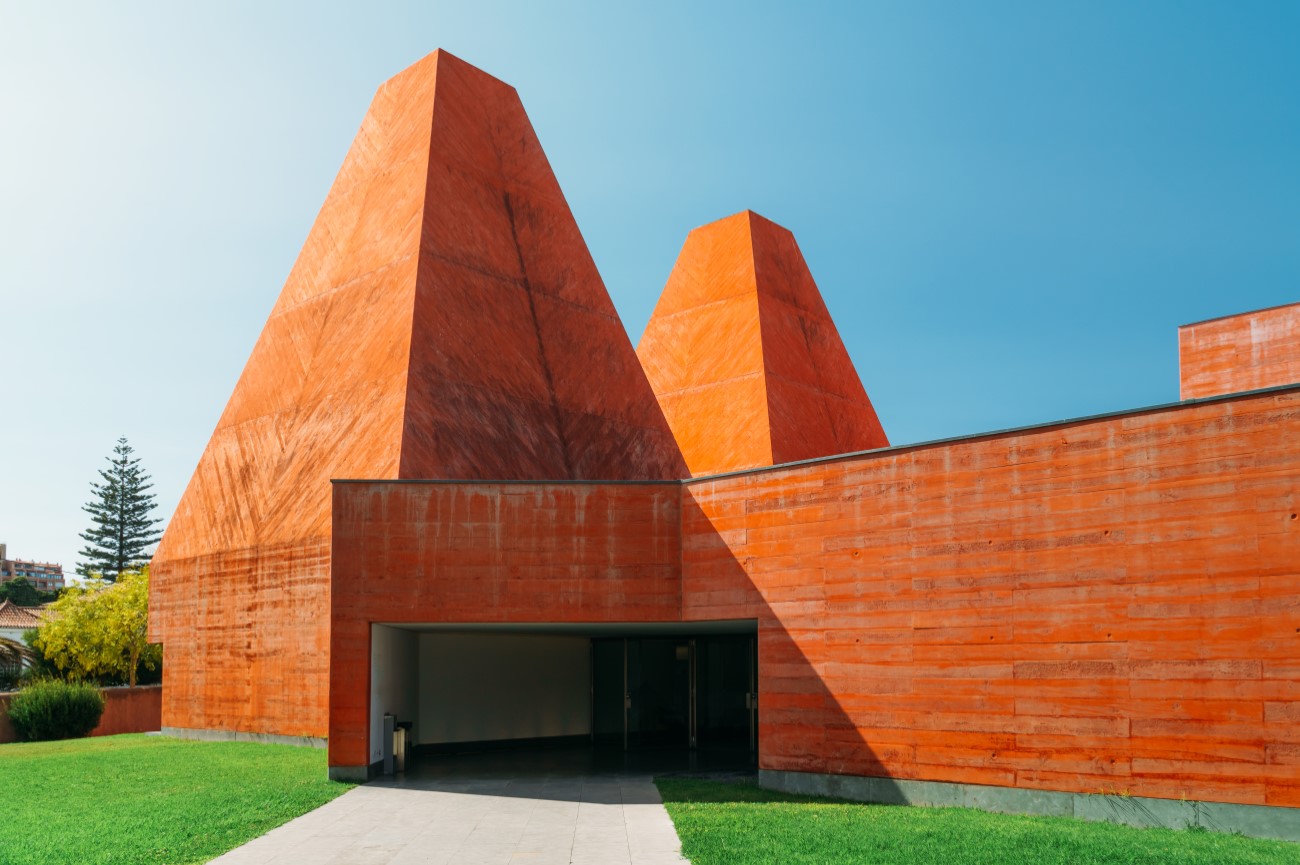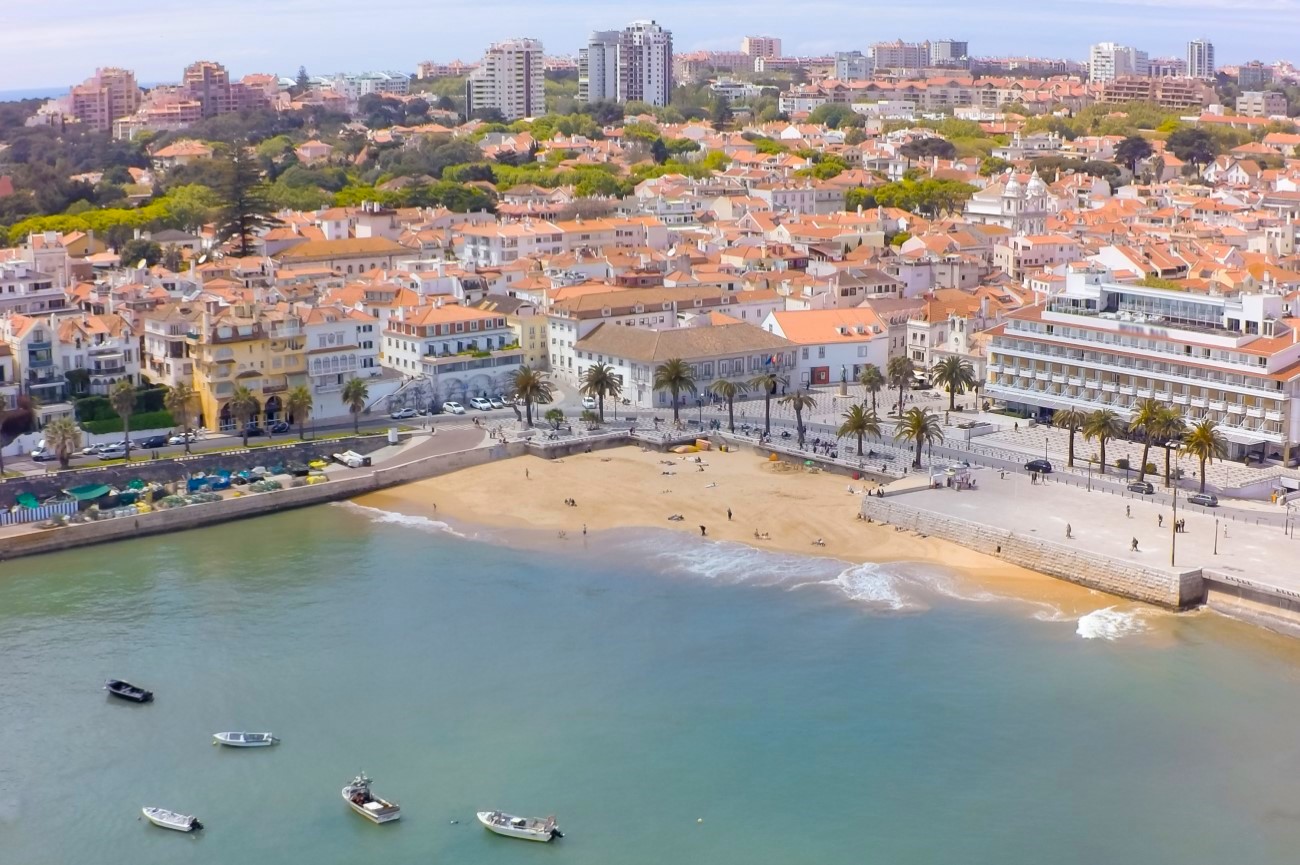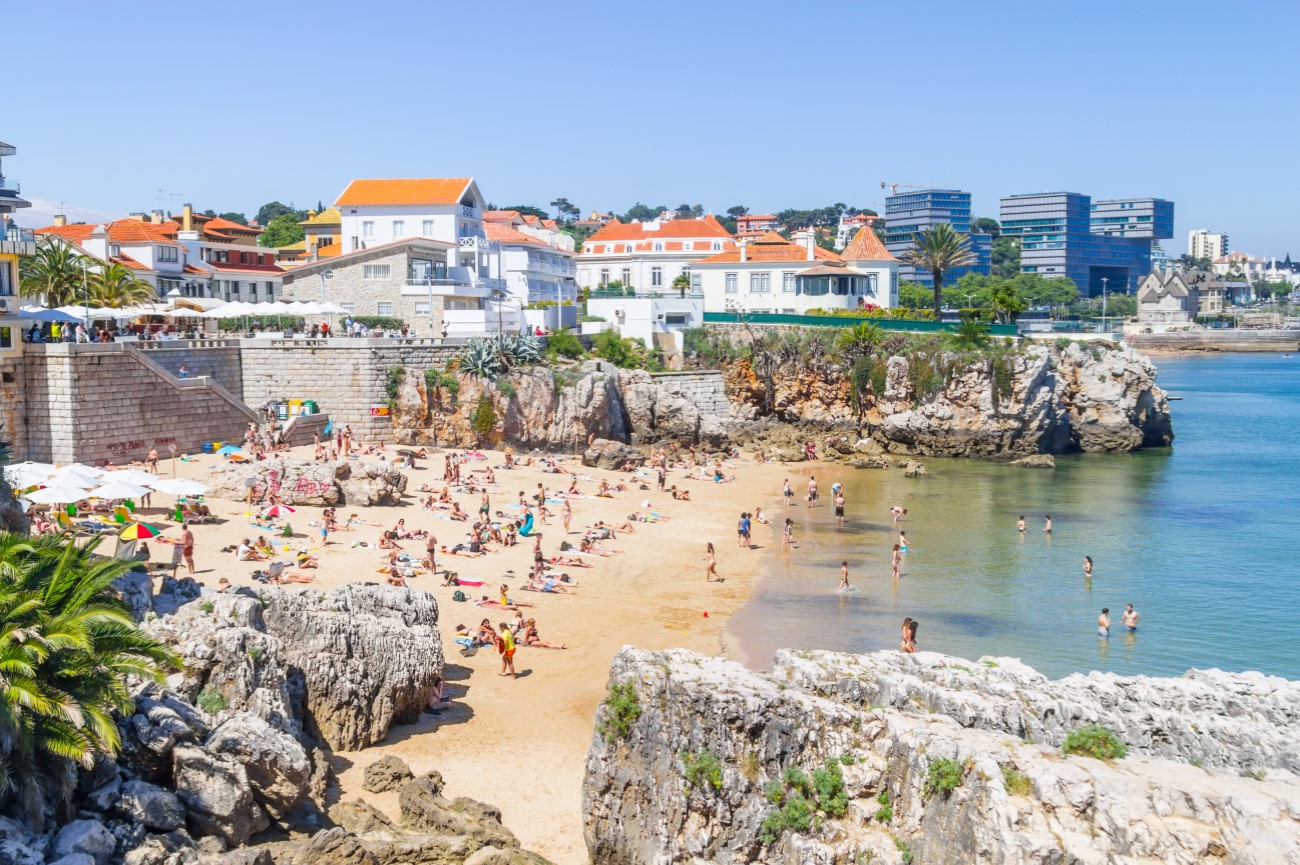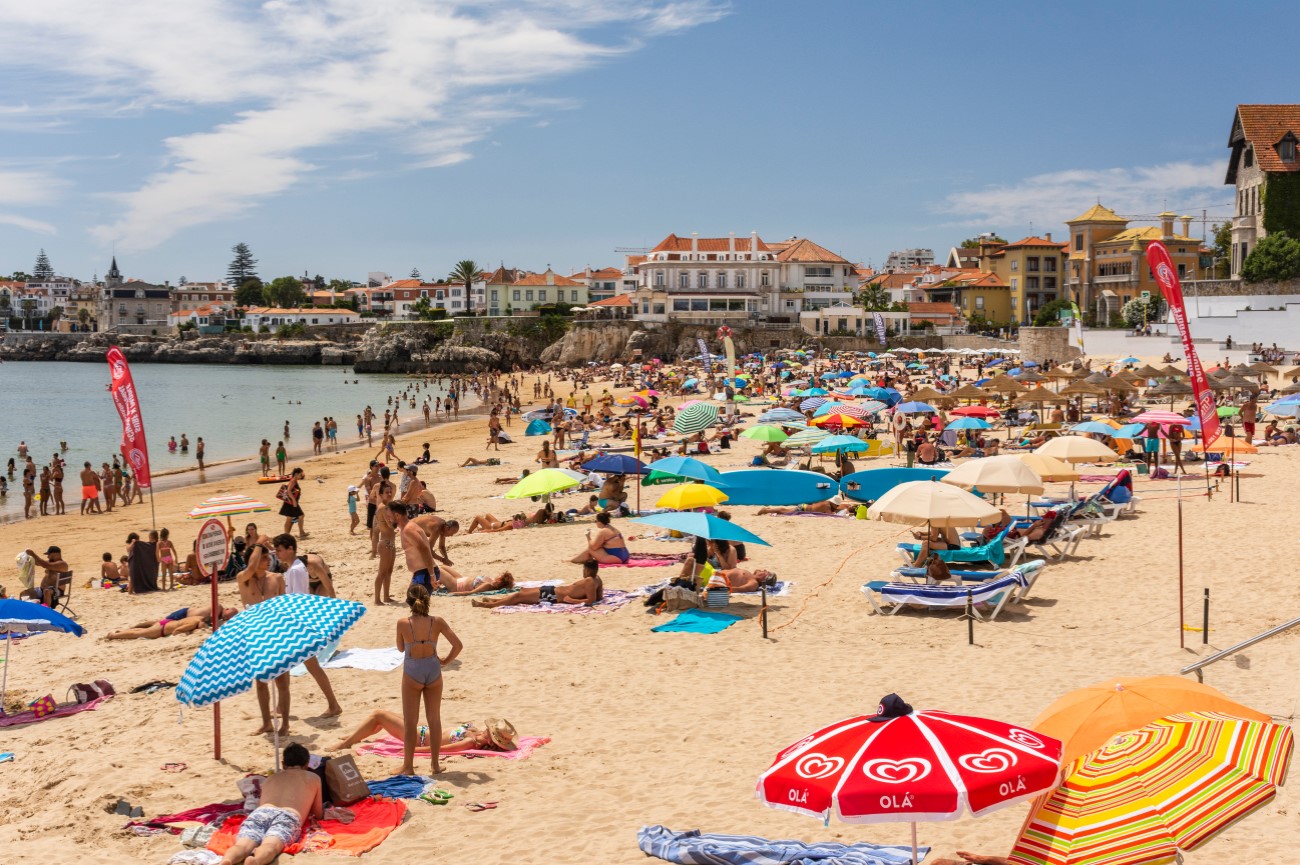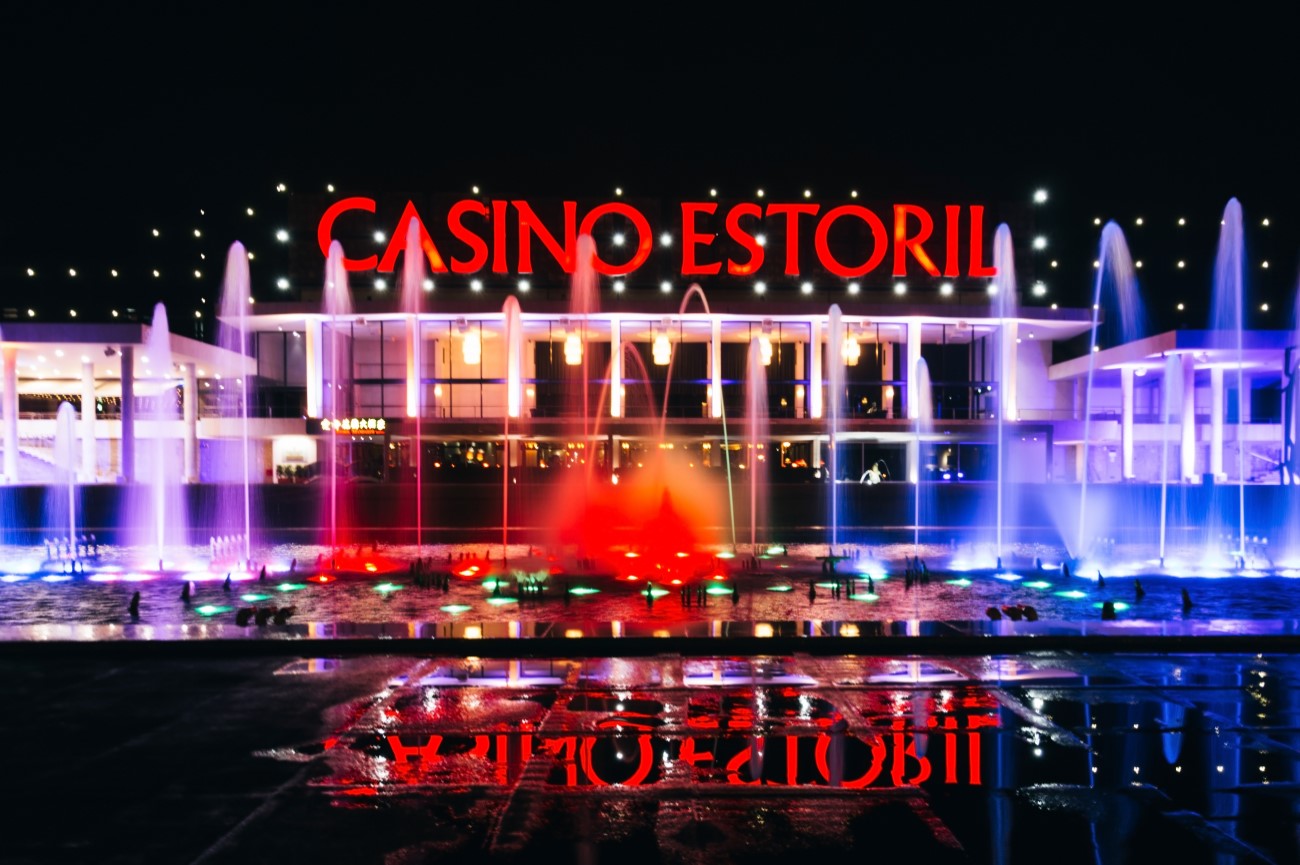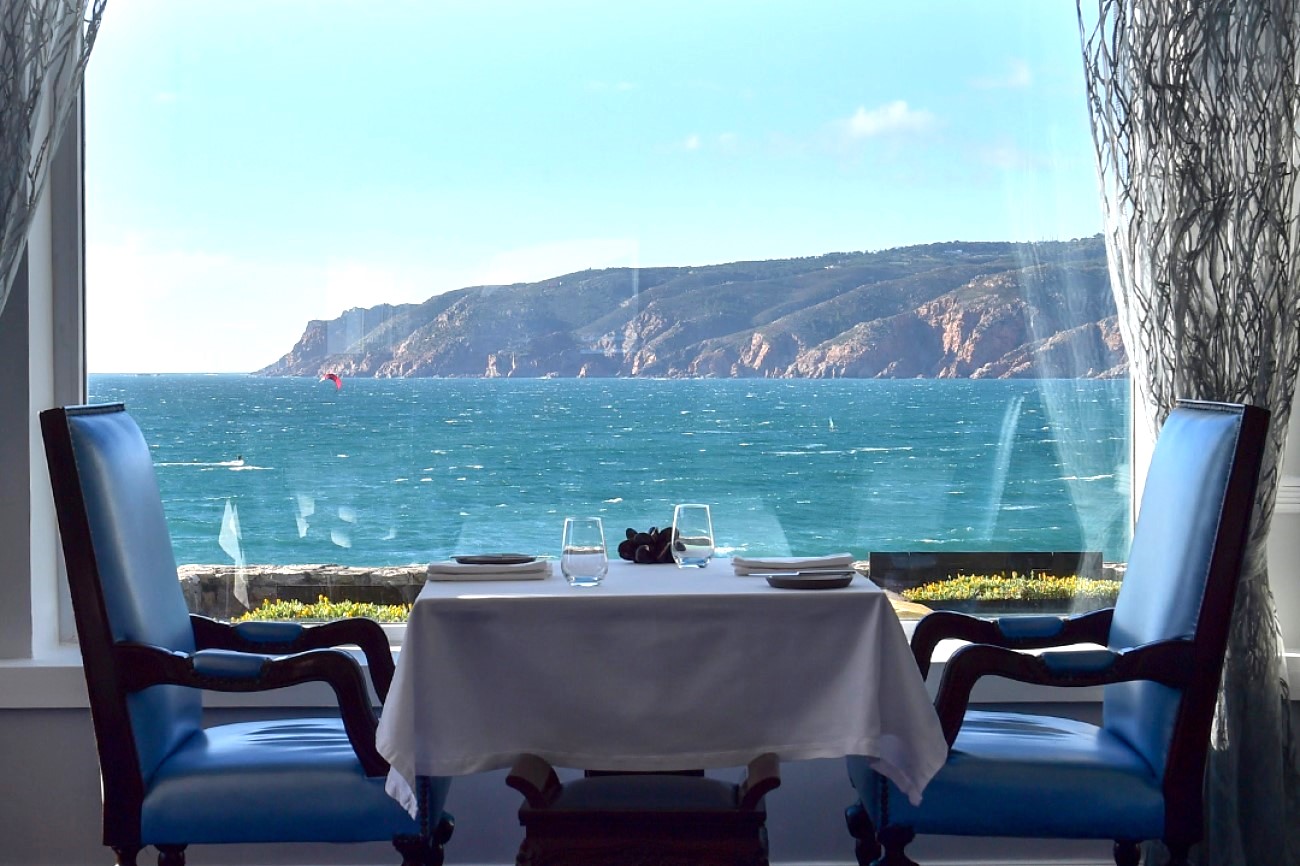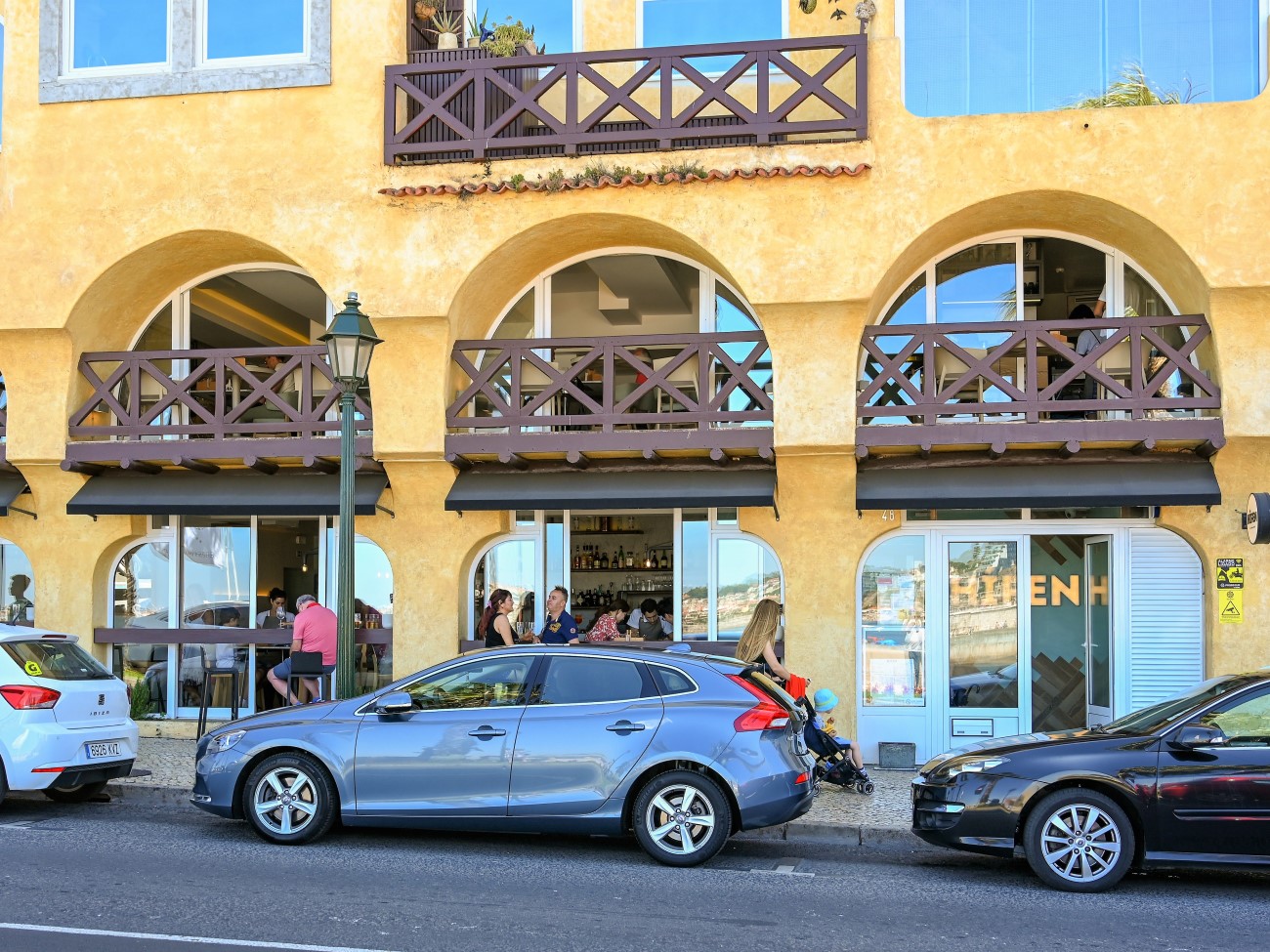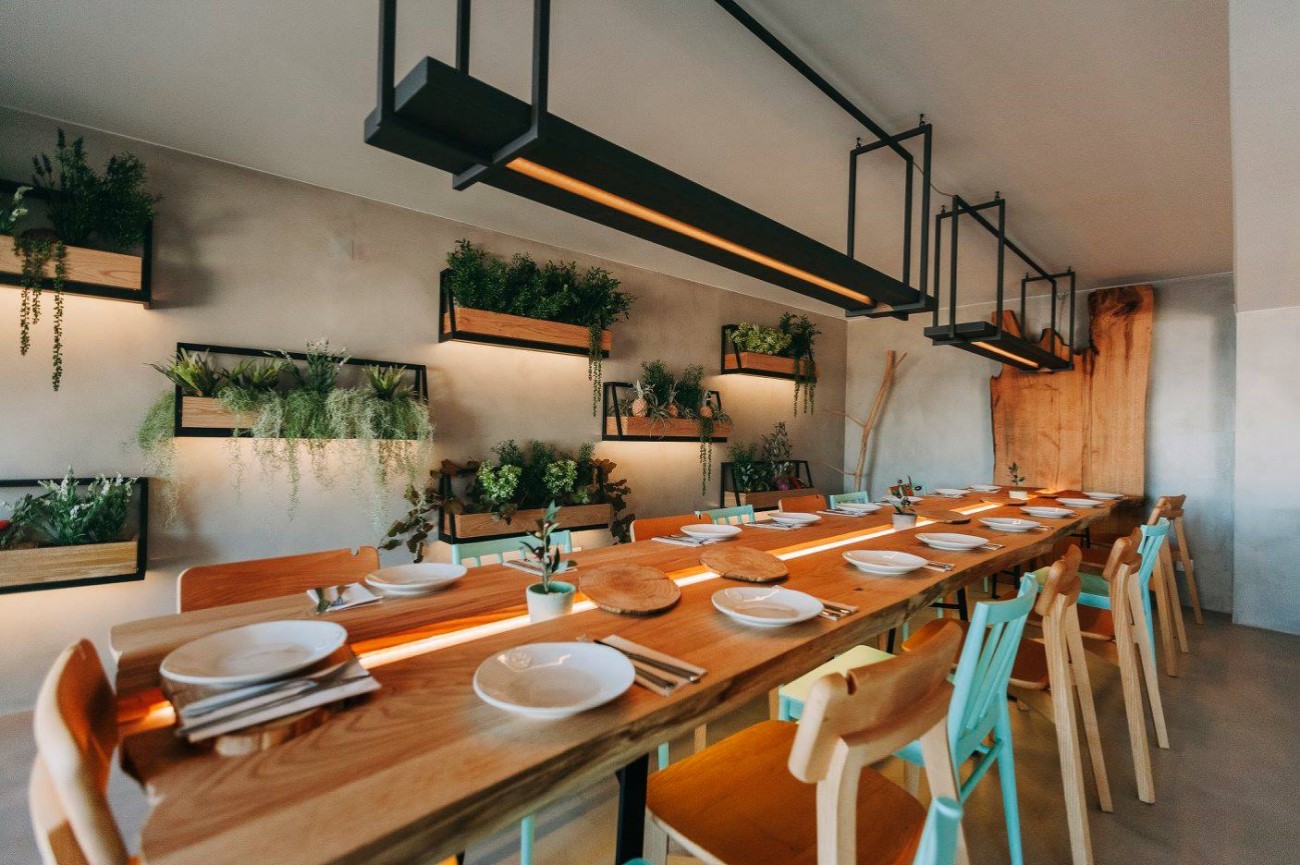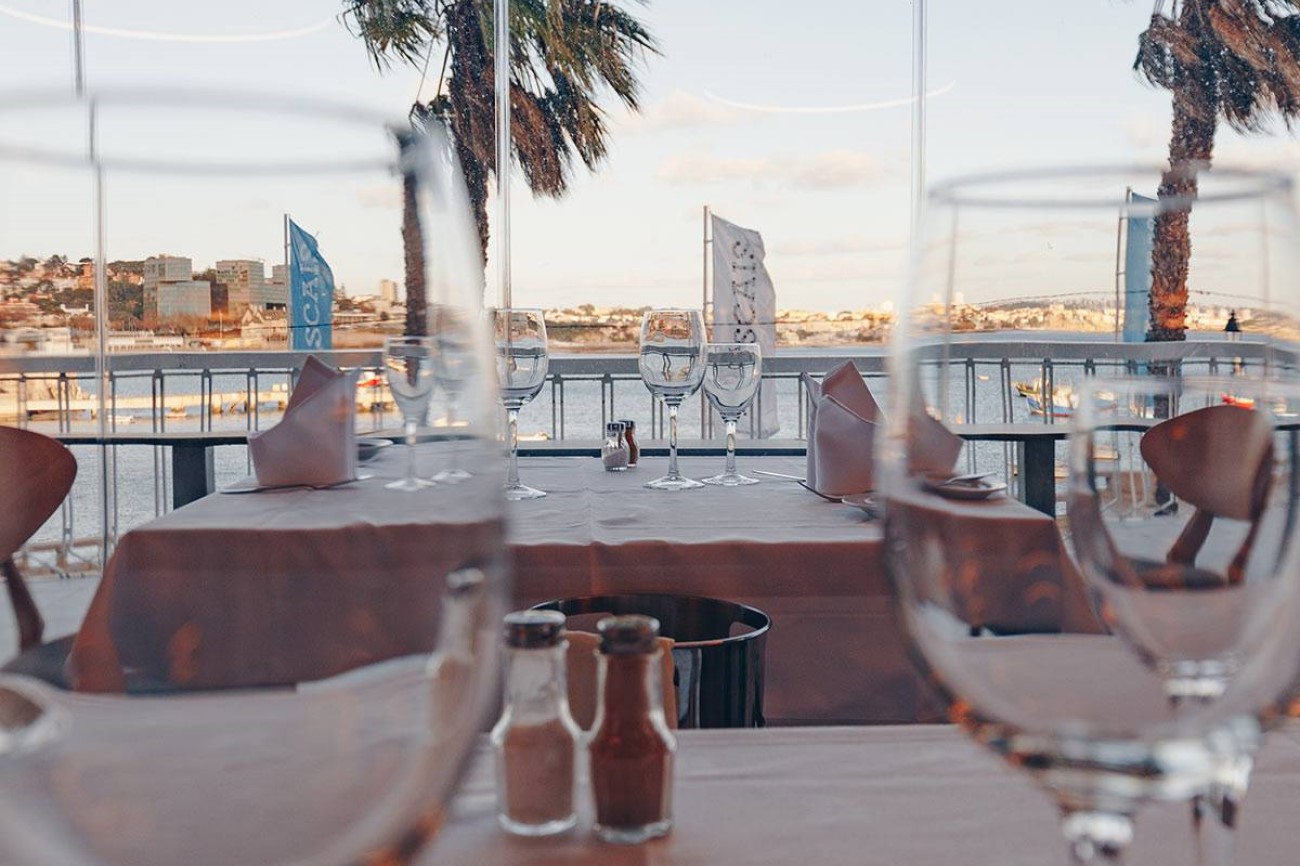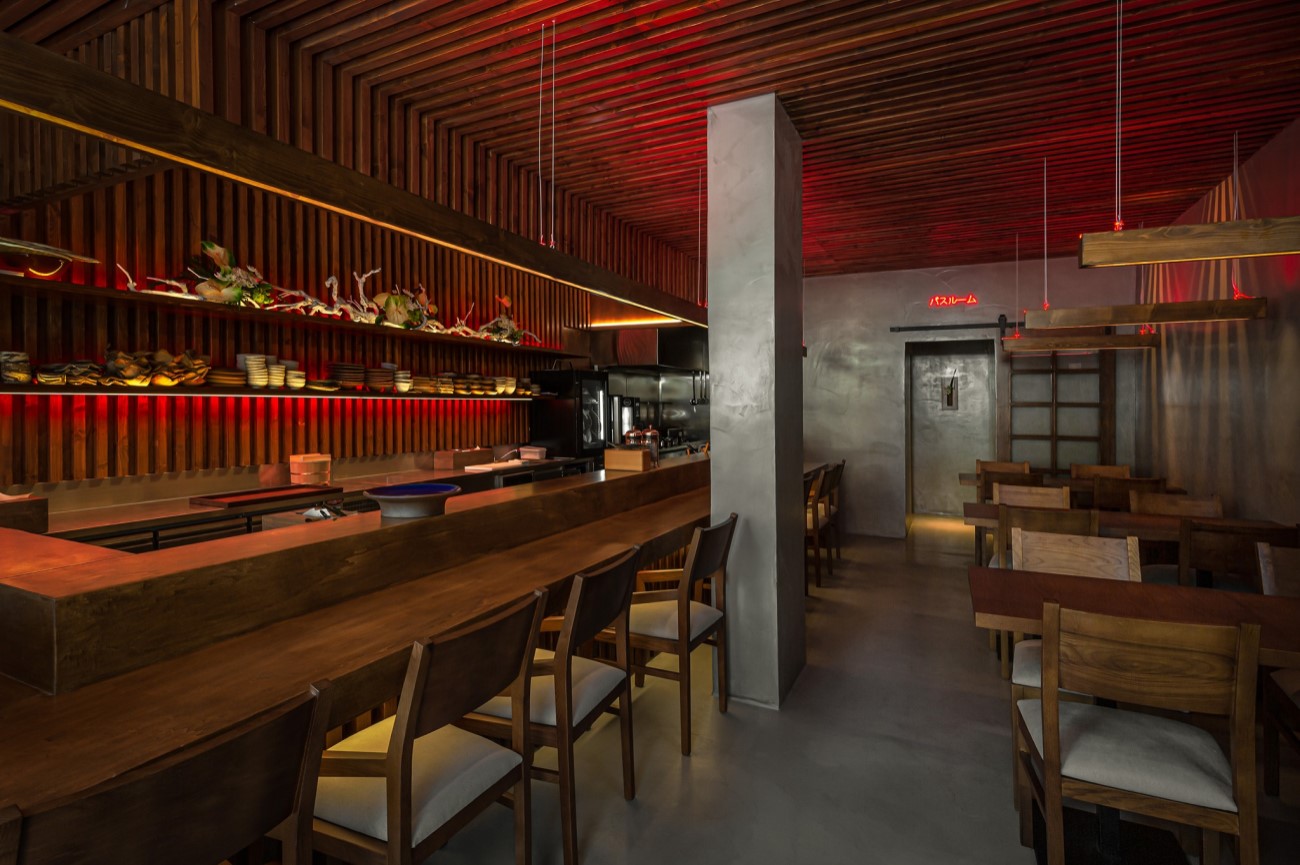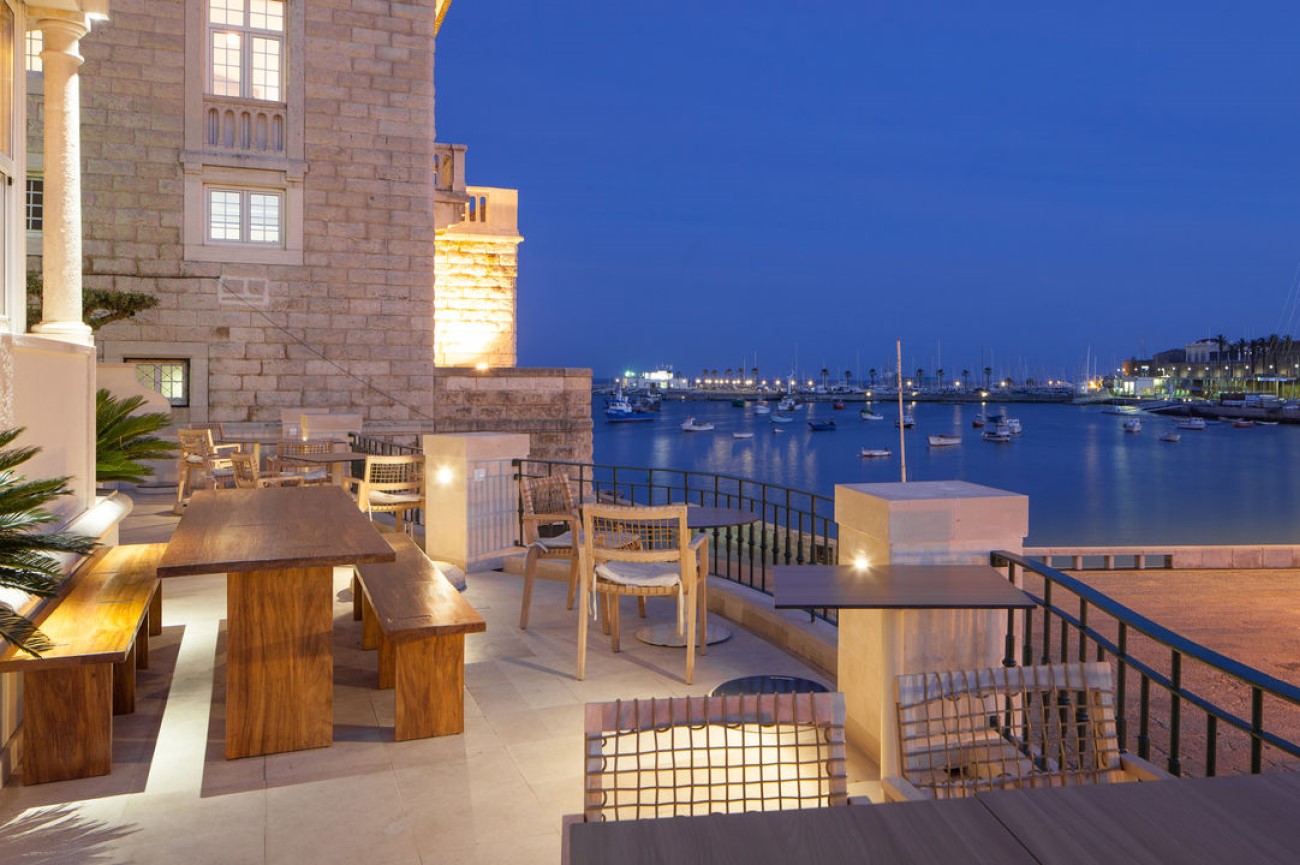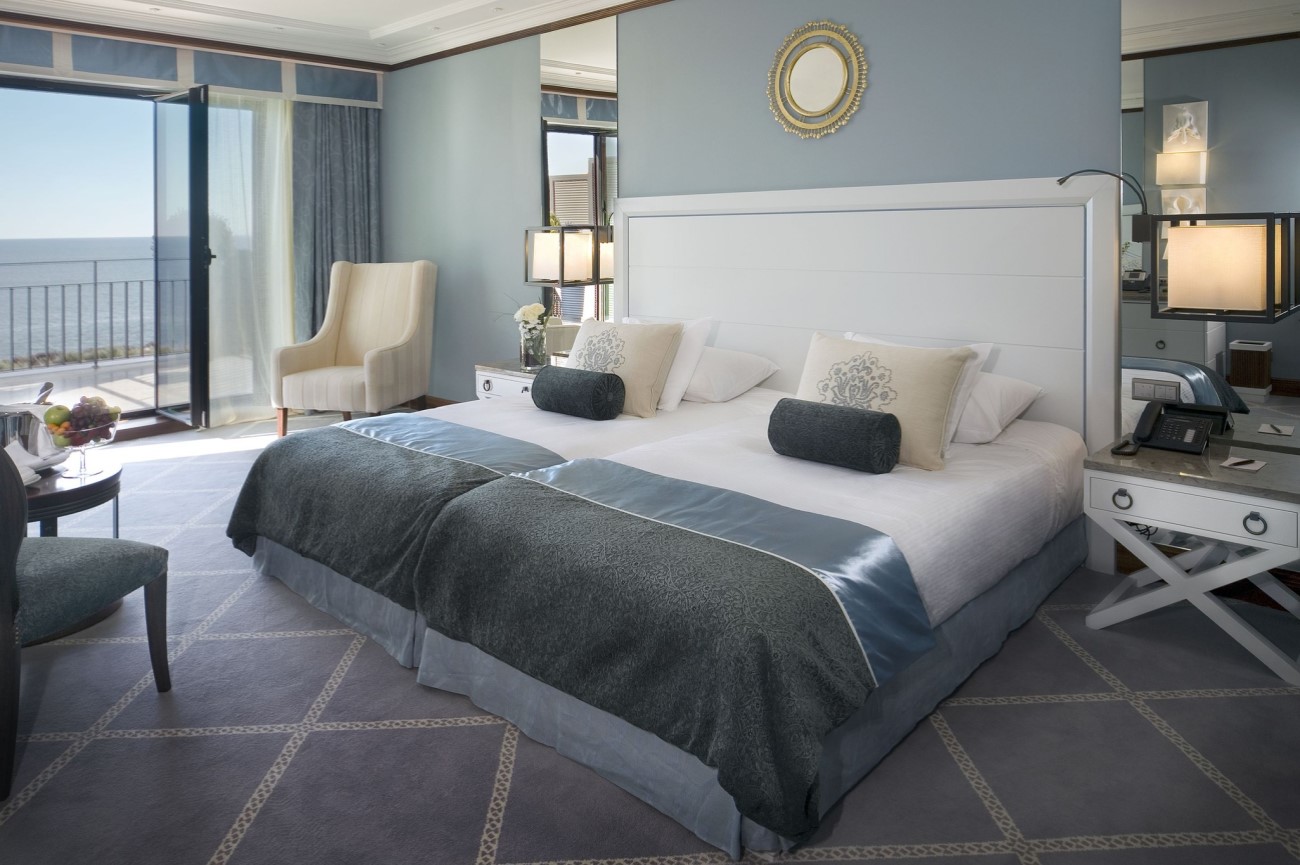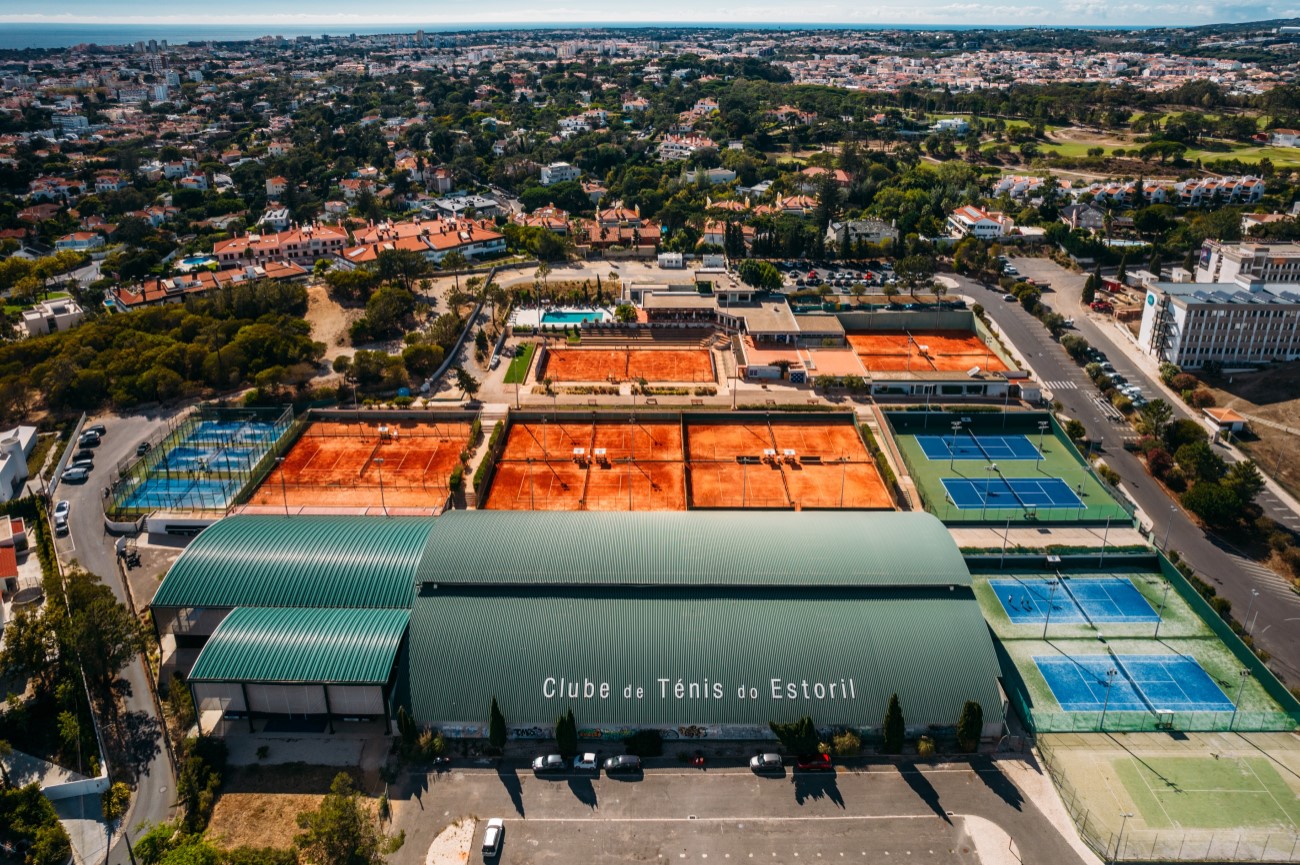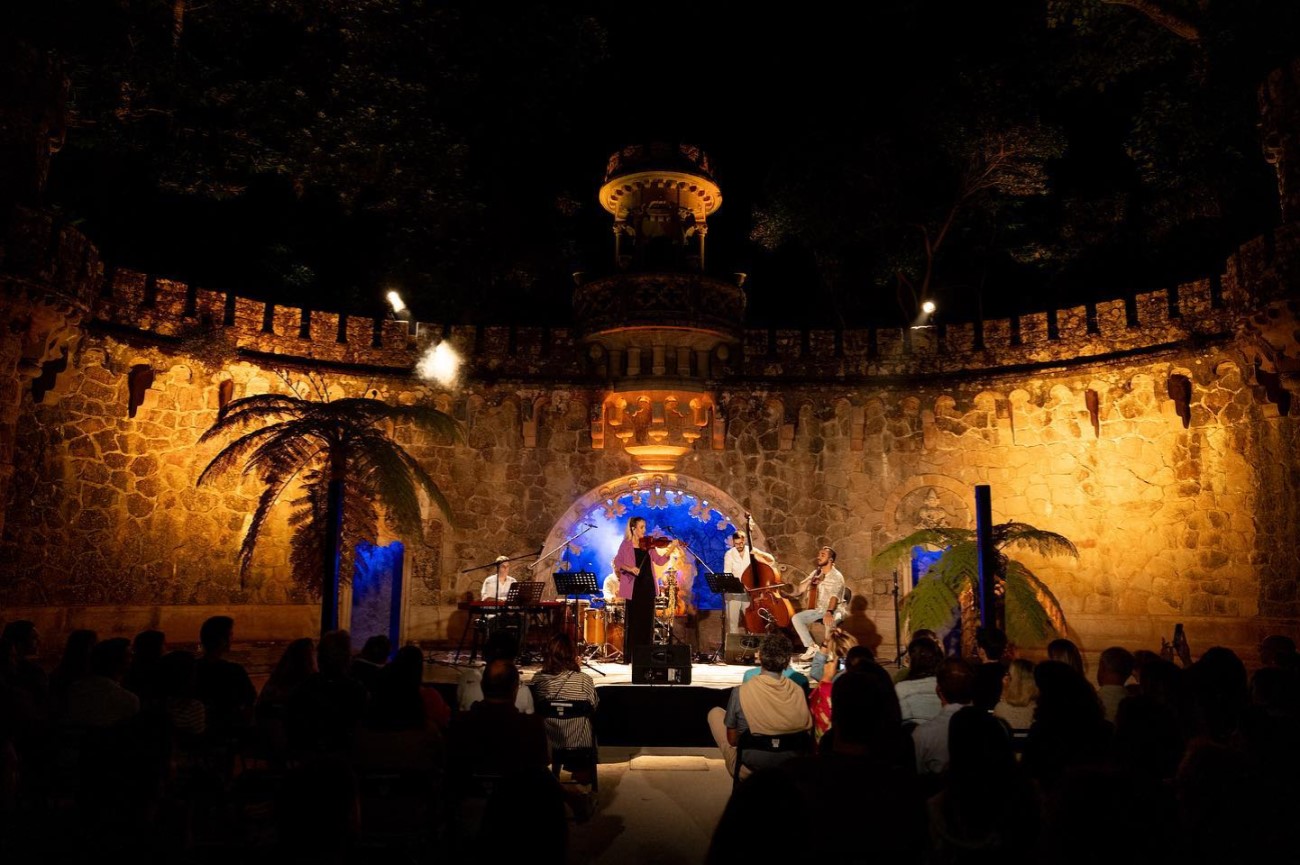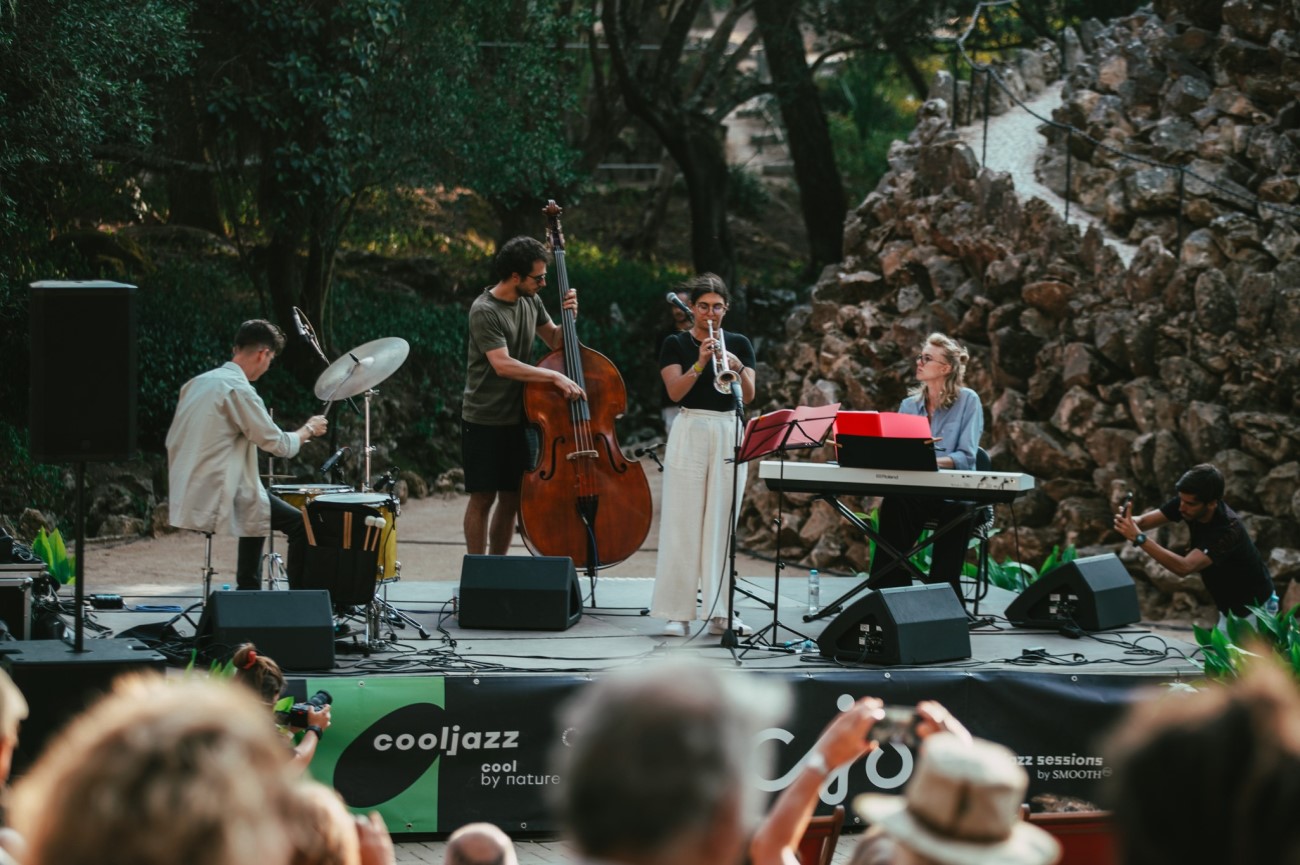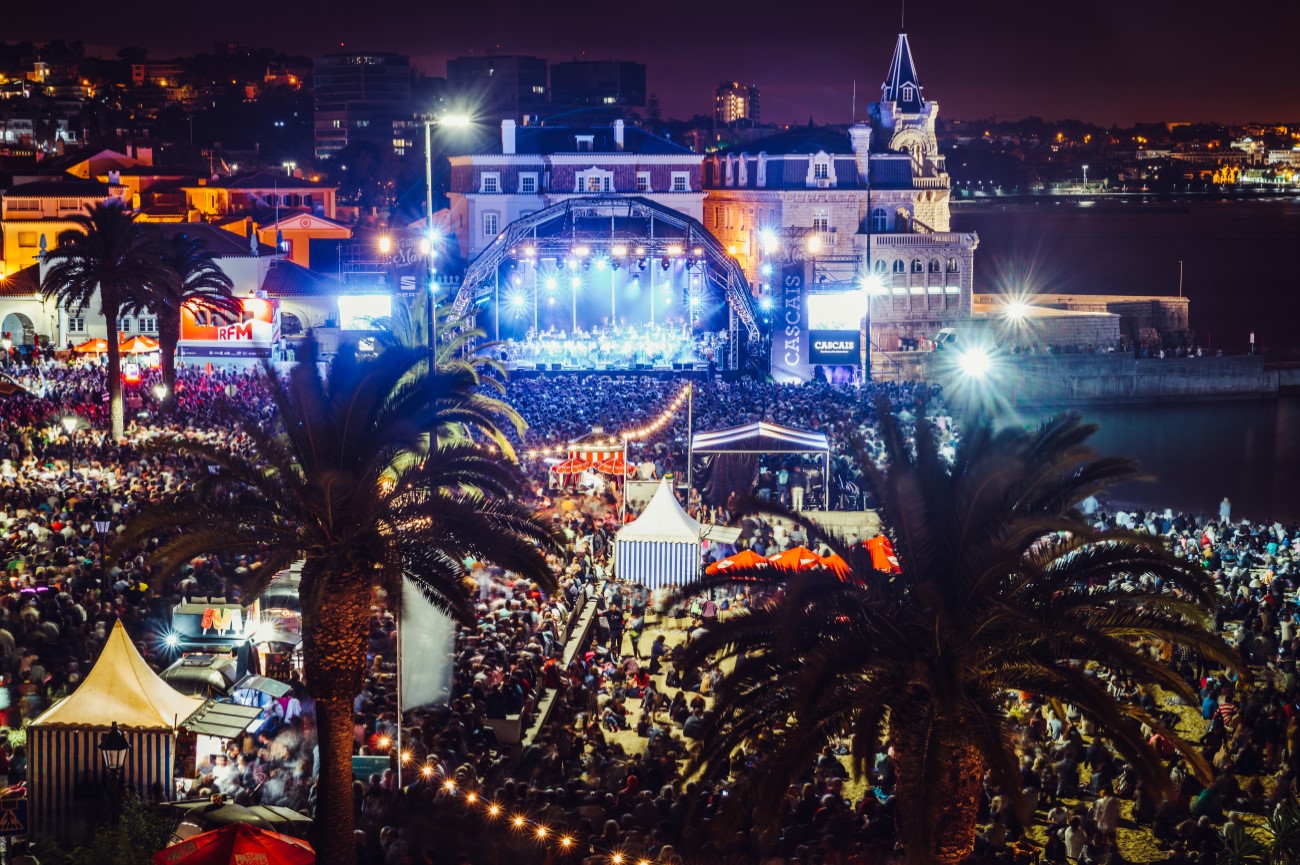Things to do in Sintra and Cascais in 3 Days
Discover Sintra and Cascais, what to visit in our 3-day itinerary. From fairytale palaces to unspoilt beaches and vineyards, there’s a lot to see in these small Portuguese towns.
If you’re looking for a day trip from Lisbon, Sintra is a great place to start as it’s easily reached by train from the city centre.
Once it was a holiday retreat for the Royals, now it is a UNESCO World Heritage Site and one of the most popular destinations in Portugal, welcoming tourists from all over the world. Even Lord Byron proclaimed it the most delightful village in Europe.
Most people only spend here a day, but we suggest staying at least one extra day, so you can visit the beaches and experience the local cuisine.
Day 1

A Tour of Sintra, Portugal
Our tour of Sintra begins in the heart of town with a sample of the local pastries. From there, we’ll take you on a journey through Sintra’s main attractions, including the infamous Pena Palace. It’s only a few miles from Lisbon, but this resort town is nothing like the capital, as you’ll find out the minute you step off the train station and spot the green hills of Sintra.
Morning: Casa Piriquita
Start the day at Casa Piriquita, a café famous for its traditional pastries—queijadas and travesseiros. Queijadas are essentially sweet cheese tarts, while travesseiros are made with a flaky puff pastry and filled with a delicious almond cream. The first location was so popular that they opened another around the corner called Piriquita II.
Palácio Nacional de Sintra
From the café, walk to the Sintra National Palace. Its tall conical chimneys are one of the first things you’ll spot when you reach the centre of Sintra. Dating back to the 9th century, it remains one of the best well-kept medieval palaces in the world despite its slightly modern appearance. In the 16th century, King Manuel I decided to revamp the whole building, creating new rooms like Sala dos Brasões, which features the coat of arms of Portuguese nobility. This room is the highlight of the palace, not only because of the coat of arms in the ceiling but also for its impressive collection of tile panels covering the walls from top to bottom.
Quinta da Regaleira
Next stop is Quinta da Regaleira. It’s hard to imagine this mystical place was once a private estate. As well as a palace and a chapel, you’ll find grottoes, tunnels and water fountains all over the park. Don’t miss the 27-metre spiral staircase leading down to the initiation well and the stepping stones across the water, the two main features of Quinta da Regaleira.
Afternoon: Castelo dos Mouros
In the afternoon, make your way to the Moorish castle. You can hike there, hop on a tuk tuk or get the 434 bus from the town centre. Standing on a hilltop, the castle offers spectacular views over the Sintra Mountains. Walking along the ramparts, you can see the whole town and, across the hill, the colourful Pena Palace.
Palácio Nacional da Pena
Get back on the bus or hike up to the Pena Palace. The building stands out with its eclectic design featuring a variety of architectural styles, including neo-Moorish, neo-Gothic, and neo-Renaissance. Its bright coloured walls help create the perfect fairytale setting. The interior was left pretty much untouched since the last Portuguese royals left in 1910. Inside, you’ll find rooms decorated with tiles, European furniture and oriental porcelain. If you have time, make sure to explore the surrounding park as well, which is full of hidden pathways and small lakes. For the best view of the park, climb up to the highest peak called Cruz Alta.
How to buy tickets to Sintra’s Attractions
You can buy tickets to Sintra’s Attractions online or in person at the entrance of each monument. We recommend buying tickets online to save money and skip the queues. The ticket cost is different for each attraction, and there are discounts for seniors, children and young people. Tickets for most attractions are available at the Parques de Sintra Ticket Office. For Quinta da Regaleira, you can purchase tickets here.
Map for day 1 of this Sintra tour
Day 2

Sintra Beaches and Wineries
While most people visit Sintra for its monuments, the town is also home to great beaches and wineries. If you’re wondering what to do in Sintra besides the main sights, join us, and we’ll show you everything you can’t miss.
Morning: Palácio de Monserrate
Unlike other palaces in the area Monserrate wasn’t built for the Portuguese Royals, but for an English merchant. Established in the 18th century, it was home to the novelist William Beckford and later Sir Francis Cook, another Englishman and art collector. Both of them transformed the palace, and made it into what it is today. Most of the building is a mix of neo-Gothic and neo-Moorish, with Gothic arches all around it. Even the interior is full of these arches and little hallways with marble columns. Inside there’s also a library, a billiard room, a chapel and a few other rooms. Most furniture has been taken out, so the focus is on the ornamented walls and ceilings.
Convento dos Capuchos
After visiting Monserrate, drive off to Convento dos Capuchos. Once a Franciscan monastery, Capuchos is far from the opulent monuments of Sintra. Here, nature takes over, with dense vegetation crawling over granite boulders and the old monk quarters. Inside these quarters, you’ll find nothing more than a stone bed and cork on the walls. Walking through Capuchos is like exploring a hobbit village, with narrow passages connecting the tiny houses.
Praia da Adraga
Continue your tour at Praia da Adraga, a hidden beach on the coast of Sintra. The beach is usually quiet, so you can sit down and relax for a bit. There is a small restaurant by the edge of the beach where you can grab lunch. With the ocean in the background, there’s no better place to enjoy a plate of seafood or grilled fish.
Afternoon:
Adega Regional de Colares
In the afternoon, join a guided tour of the Adega Regional de Colares. This local winery is set in Colares, between the mountains and the coast of Sintra. You’ll start by visiting the winemaking facilities, where you’ll learn more about the process of making Colares wine, as well as its history. Colares has the only vines in Europe that survived the 19th-century phylloxera plague, thanks to the region’s sandy soil and maritime climate. It became a Demarcated Wine Region in 1908, and despite its small-scale, it continues to offer some high-quality wines. After touring the vineyard, you’ll have the chance to taste some wines in the main cellar. Besides the Colares official DOC wine, they also produce other wines under the Lisbon region, like Chão Rijo, white wine with a citrus aroma.
Praia das Maçãs
After finishing the tasting, continue onto Praia das Maçãs, driving alongside the tram tracks until you reach the beach. It is much busier than Adraga, but it is still worth the visit. In the summer you can get the historic tram here from the centre of Sintra. Spend a few hours enjoying the sun at the beach before heading to Azenhas do Mar.
Azenhas do Mar
The drive to Azenhas do Mar doesn't take more than ten minutes, and the views along the way are breathtaking, with the road overlooking the ocean. Stop by the Miradouro das Azenhas do Mar to capture the whole town, with its whitewashed houses clinging onto the cliff. Then make your way down to the village, where you’ll find a small beach and seawater pool. End the evening watching the sunset with a seafood meal at the Azenhas do Mar restaurant just above the cliff.
Map for day 2 of this Sintra tour
How to get from Lisbon to Sintra
- Lisbon to Sintra train - The best way to get to Sintra from Lisbon is to take the train in Rossio. The journey takes around 40 minutes, and you’ll get off at the last stop. An average ticket costs €2.30 one way, but you can save money by using the Zapping card. Check the train schedules here.
- Lisbon to Sintra taxi - A taxi from Lisbon to Sintra usually costs around €30, but the prices may vary, depending on traffic and extra luggage. You can drive to Sintra yourself, but it’s quite hard to park in the centre, and some areas are restricted to traffic during the day.
Where to eat in Sintra
- Incomum: Set near Sintra’s train station, Incomum is a modern Portuguese restaurant run by Chef Luís Santos. You can choose between the tasting menu or order à la carte. Highlights include the duck magret and the scallop and passion fruit risotto.
- Curral dos Caprinos: A bit further from the centre is Curral dos Caprinos, a local restaurant known for serving cabrito (young goat meat). The portions are big enough to share. It’s a popular spot, so make sure to book in advance.
- Azenhas do Mar: Overlooking the ocean, this restaurant in Azenhas do Mar is the perfect spot for a seafood meal. Order the grilled octopus served with roasted potatoes and drizzled with olive oil.
- COMO: COMO focuses on traditional Portuguese recipes with a touch of Italian and French influences. Highlights include the entrecôte with truffled mash potato and the fish and seafood rice. They also serve a few codfish dishes.
Where to Stay in Sintra
There are many hotels in Sintra where you can spend the night. If you want to stay near the centre, we recommend Tivoli Palácio de Seteais, a luxury hotel set in an 18th-century palace. The hotel offers privileged views of the Pena Palace and numerous facilities, including a spa and an outdoor pool.
Penha Longa Resort is also a great option, especially if you’re looking for a quiet retreat in Sintra. Set amid hills and lush gardens, this 5-star hotel has everything you can imagine, from golf courses to Michelin-star restaurants.
Day 3

A Day in Cascais
Spend a day in Cascais and explore some of the best beaches in Lisbon. Along with the beaches this little coastal town is famous for its stunning scenic attractions. The cliff formations at Boca do Inferno are worth the capture as well as the views across Cabo da Roca, the most western point in Europe.
It’s easy to drive to Cascais, but you can also get a train directly from Lisbon or a bus from Sintra. From cycling along the sea to learning how to surf, you’ll find many things to do in Cascais.
Start your day in Cascais walking around town or relaxing in one of the local beaches. Praia da Rainha beach is right in the centre of Cascais. If you’re coming from Sintra, we suggest driving to Praia da Ursa first, a hidden beach along the coast. Then make your way to Cascais, stopping to visit a few attractions like Santuário da Peninha and Praia do Guincho. Before heading to the town centre, make sure to stop by Cabo da Roca and Boca do Inferno, two famous sights near Cascais. You can also visit them in the afternoon and catch the sunset there. It’s up to you.
Morning:
Praia da Ursa
On your way from Sintra to Cascais, stop by Praia da Ursa, a secluded beach near Sintra. It’s not easy to climb down the steep trail to the beach, but it is worth it to see the enormous sea stacks up close. These rock formations come in a variety of shapes, and one of them gave the name to the beach, as it resembles a bear (urso). The access to the beach can be difficult for some, but if you can make it, it’s definitely worth the visit.
Cabo da Roca
Close to the beach is Cabo da Roca, a rugged headland considered the most westerly point of mainland Europe. Standing 150 metres above sea level, it offers a panoramic view over the Atlantic and the Sintra mountains as it stands between both. The Portuguese poet Camões described Cabo da Roca as the place “where the land ends and the sea begins”. These words appear on a memorial stone in Cabo da Roca, along with the coordinates and the label of the westernmost point in Europe. Go past the main viewpoint and take some time to walk around the coastline, following the trails to the lighthouse or towards the left of the monument.
Santuário da Peninha
After visiting Cabo da Roca, continue driving to Santuário da Peninha. Set amid the Sintra Mountains, this old sanctuary is closed to the public, but its terraces provide great sea views. It can get a bit windy up here, so make sure to bring a coat with you.
Praia do Guincho
Get back on the road to Praia do Guincho. Unlike Praia da Ursa, with its steep cliffs, Praia do Guincho is easy to access and has a wide sandy stretch surrounded by low dunes. It’s clear the waves are the main attraction here as you spot surfers going in and out of the water. If you’re tempted to join in, you can rent a board or book a surf lesson directly at the beach.
For lunch, the team of Iberian Escapes recommended going to Fortaleza do Guincho. Overlooking the beach, this Michelin-star restaurant specializes in fresh seafood but also serves some delicious desserts.
Afternoon:
Boca do Inferno
From Guincho, head to Boca do Inferno. Translated as “Hell’s Mouth”, this staggering cliff formation is one of the most famous sights in Cascais. As you walk along the cliff, you can see the waves splash into the open cave below you. In the summer, it seems quiet, but winter brings rougher waves, and that’s when you’ll see water spraying from the cave. There’s a bike path from here to Cascais, but you can keep driving to the centre and then spend the rest of the day wandering around on foot.
Farol de Santa Marta
This blue-and-white-striped lighthouse is one of the most iconic sites in Cascais. The best place to capture it is from the small bridge opposite the Museum of Conde de Castro Guimarães. Inside the lighthouse is an exhibit about Portuguese lighthouses and the history of this one in particular.
Parque Marechal Carmona
Just across the street from the lighthouse is the Marechal Carmona park. Inside, you’ll find the Museum of Conde de Castro Guimarães. This former palace features several paintings, ceramics and a library stacked with over 25,000 books. You’ll also enjoy walking around the park itself and capturing the peacocks and the ducks swimming by the lake.
Cascais Marina
From the park, take a walk down to the Cascais Marina. Besides the boat berths, the marina also has a few restaurants and bars where you can stop for a drink.
Cidadela de Cascais
On the way to the centre, you’ll pass through the Cidadela de Cascais, an old fort built between the 15th and the 17th century that is now home to a hotel. Part of the building is occupied by a series of art galleries and independent bookshops that are worth browsing through.
Cascais Downtown
Continue down the road and spend the next couple of
hours exploring Cascais and its cobblestone streets. Wander around Praça
5 de Outubro, where you’ll find the town hall and the tourist office.
Then grab an ice cream at Santini and walk up Rua Frederico Arouca, a
street lined with restaurants and souvenir shops.
Alternatively, you can visit one of the town’s many museums like the Casa das Histórias Paula Rego, a modern art museum dedicated to the late Portuguese painter. Even if you don’t go inside, it’s worth admiring the building from the outside. The striking pyramid-shaped towers were designed by award-winning architect Eduardo Souto de Moura.
Cascais Beaches
End the day with a walk along the beach. The closest ones to the centre are Praia dos Pescadores (opposite Praça 5 de Outubro), the hidden Praia da Rainha and Praia da Duquesa (near the train station). From this last one, you can walk along a seaside promenade all the way to São João do Estoril, passing through numerous more beaches.
Things To Do In Cascais At Night
You might want to head home after dinner, but there are still a few things you can do in Cascais at night. Grab a drink by the marina or try your luck at Casino do Estoril, one of the largest casinos in Europe. If you visit Cascais between Wednesday and Sunday, you can also stop by the Cascais Jazz Club to see a live music show.
Map for day 3 Cascais Tour
How to get from Lisbon to Cascais
- Lisbon to Cascais train - The best way to get from Lisbon to Cascais is to take the train from Cais do Sodré. The journey takes around 40 minutes, and you’ll get off at the last stop. An average ticket costs €2.30 one way, but you can save money by using the Zapping card. Check the train schedules here.
- Lisbon to Cascais taxi - A taxi from Lisbon to Cascais usually costs around €40, but the prices may vary depending on traffic and extra luggage.
How to get from Sintra to Cascais
There are two buses connecting Sintra to Cascais— 1623 and 1624. The first one is a bit faster, taking around 30 minutes. 1624 takes an hour, but it’s a bit more scenic, as it takes you along the coastline, passing through the cliffs of Cabo da Roca. The bus ticket costs €4.50, and you can buy them from the driver. You can check the schedules online at Carris Metropolitana.
Where to eat in Cascais
- Fortaleza do Guincho: Overlooking the beach, this Michelin-star restaurant specialises in fresh seafood but also serves some delicious desserts. It’s housed in a 17th-century fort that has been converted into a luxury hotel. Book ahead if you want a window seat.
- Hífen: This small restaurant is located near Praia dos Pescadores and offers tables with sea views. The menu features a mix of tapas to share. Favourites include the ham croquettes and the garlic prawns.
- Baía do Peixe: If you want to sample a variety of fish in one go, head to Baía do Peixe. They do a fish rodizio for around €30, which includes soup, salmon, golden bream, grouper, and more. You can also do a seafood rodizio or order a mix of both.
- Kappo: For something a little different, try this modern Japanese restaurant in the town centre. They offer tasting menus and à la carte options, handpicked by the chef.
Where to Stay in Cascais
If you decide to stay in Cascais for the night, we suggest booking a room at Villa Cascais or the Grande Real Villa Itália. Villa Cascais is a small luxury guesthouse that was once a noble residence. Located in the heart of Cascais, it offers sea views and a stylish restaurant serving modern Portuguese dishes.
A bit further from the centre, but still close to the sea, is Villa Itália. This 5-star hotel features a spa and three restaurants inspired by Portuguese and Italian cuisine. There’s also the option of staying in the Sintra area, which is only a few miles away from Cascais.
Top things to do with kids in Cascais & Sintra
Both Cascais and Sintra offer a variety of family-friendly attractions. Kids will enjoy exploring the numerous parks and palaces of Sintra, especially the Quinta da Regaleira with its initiation well and hidden passages. Sintra also has its share of beaches. A fun way to reach the coast is to hop on the historic red tram from the centre to Praia das Maçãs. Keep in mind the tram is only active in the summer season.
Cascais, on the other hand, is all about the sea. Kids can cycle or walk along the promenades or spend the day by the beach. For the best panoramic views, head to Boca do Inferno or Cabo da Roca. There are also playgrounds scattered across town, including one at the Parque Marechal Carmona.
Cascais and Sintra Festivals
- Estoril Open: Tennis lovers will enjoy watching this annual competition held between late March and April in Estoril.
- Festival de Sintra: Concerts, lectures and screenings take over Sintra’s palaces in June.
- Cool Jazz: In July, Cascais hosts a variety of jazz and soul concerts at Hipódromo Manuel Possolo. Lionel Richie and Norah Jones are among the artists who have performed here.
- Festas do Mar: Every summer around August and September, Cascais celebrates summer with this week-long music festival. Beyond the free concerts, there is street food and a fireworks show on the last evening.
- LEFFEST: In November, Lisbon and Estoril welcome this independent film festival and competition. It’s an opportunity to watch premieres, meet directors and engage in masterclasses.


